立体協ラウンドテーブル~錯視と視覚質感~ 立体映像産業推進協議会
東京工芸大学 中野キャンパス 1号館2階1201教室・2015年2月24日(水)15:00~16:00
<このトークの元は「「第15回山形ニューロサイエンス・医工学研究会での「錯視のニューロサイエンス」>
「錯視のニューロサイエンス」
立命館大学文学部人文学科心理学専攻(心理学域) 北岡 明佳 email HP
(立命館大学 文学部 心理学専攻)
2016/2/18 より ハンドアウト:目の色の恒常性 エンボスドリフト錯視論文
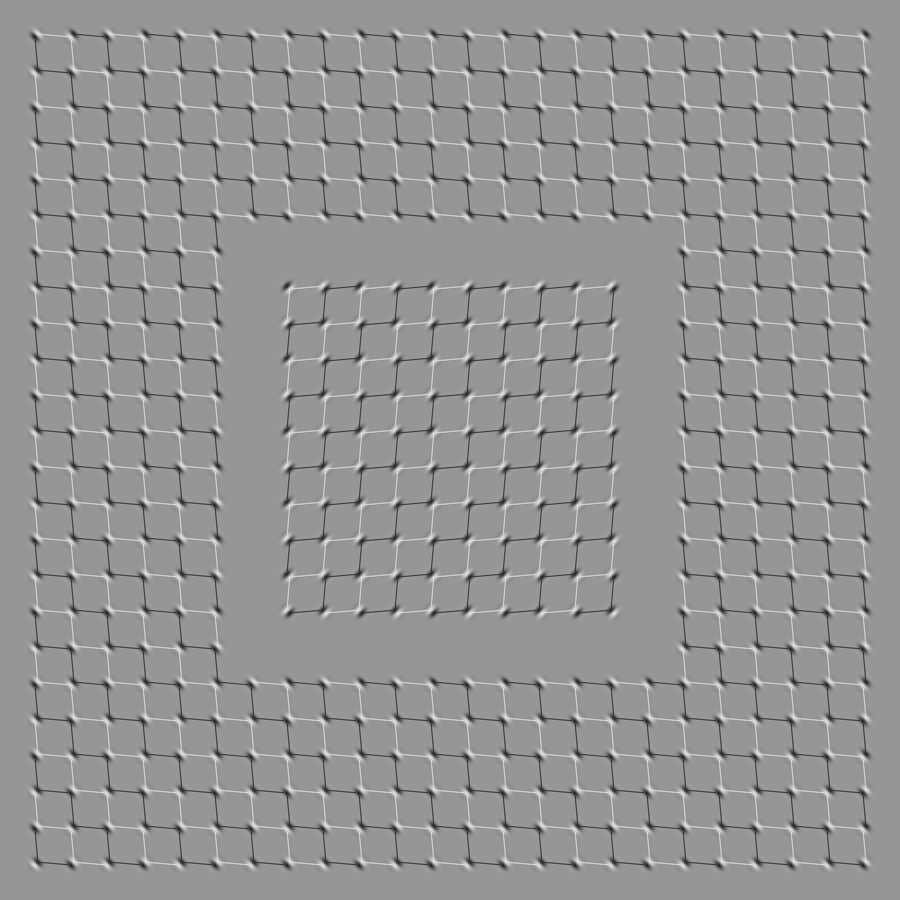
「エンボスドリフト錯視」
(サイン波型)
内側の正方形領域が動いて見える。
Copyright Akiyoshi Kitaoka 2016 (February 15)
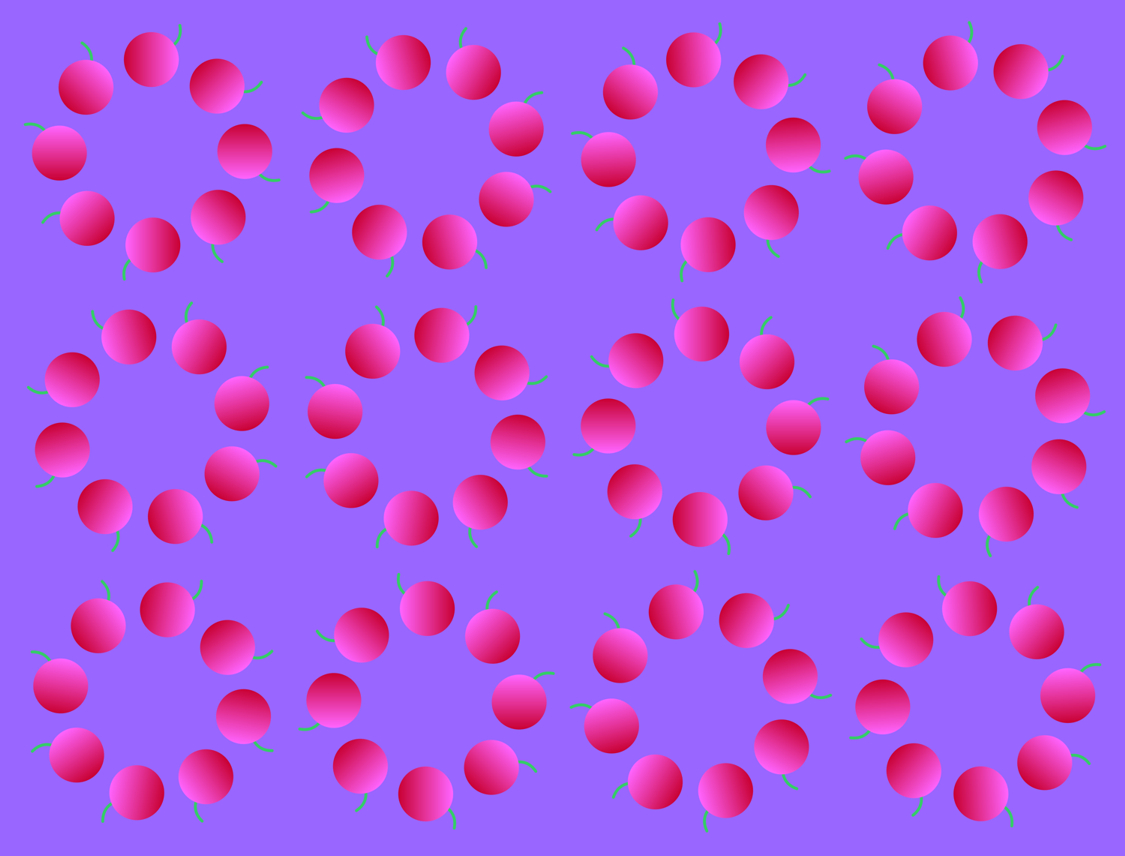
「さくらんぼの回転」
さくらんぼのリングが回転して見える。
Copyright Akiyoshi Kitaoka 2014 (June 8)
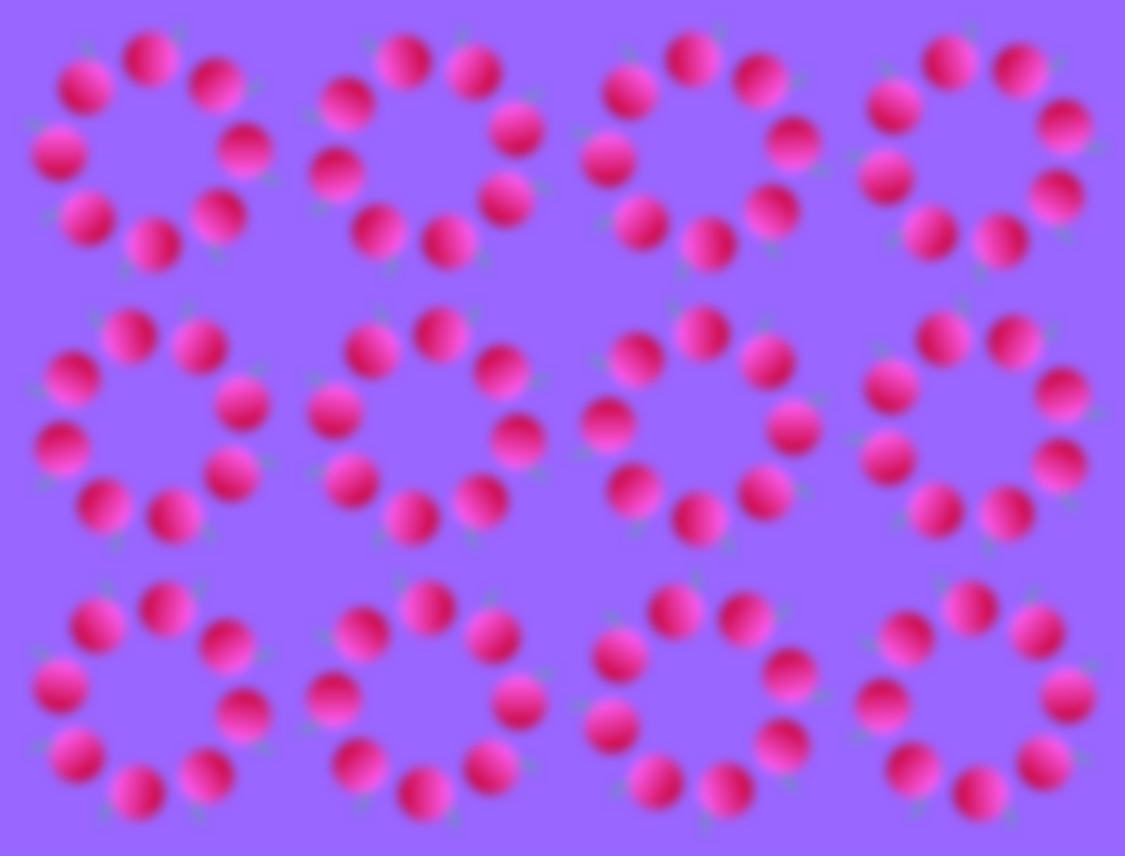
「ぼけたさくらんぼの回転」
さくらんぼのリングが回転して見える。
Copyright Akiyoshi Kitaoka 2014 (June 8)
< 静脈錯視 >
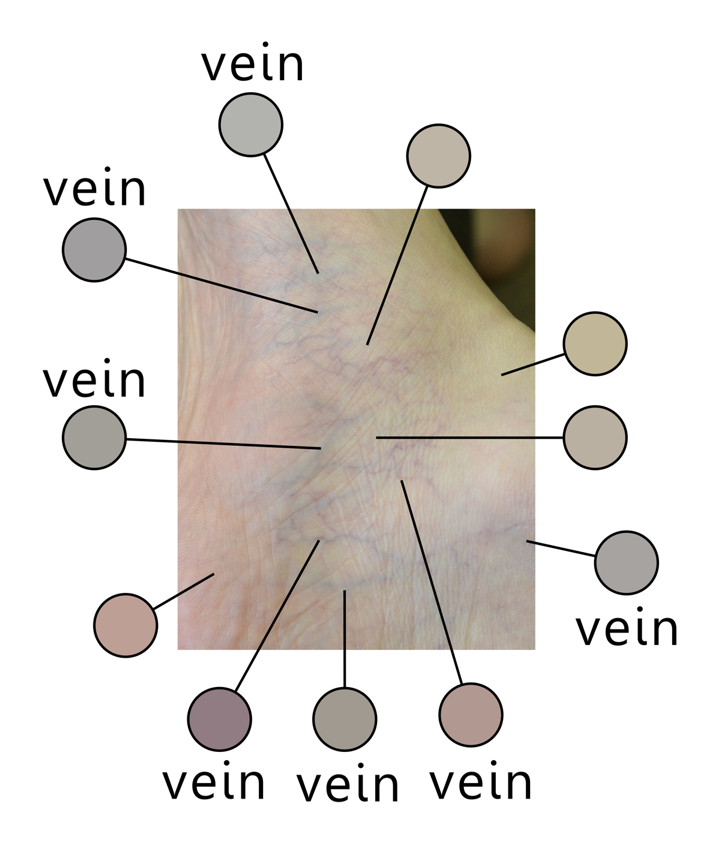
「静脈錯視」
青く浮き出て見える静脈は物理的には青くなく、せいぜい灰色であり、色の錯視(色の対比)だった!
Copyright Akiyoshi Kitaoka 2014 (April 23)
写真は北岡の右足です。
類似の錯視
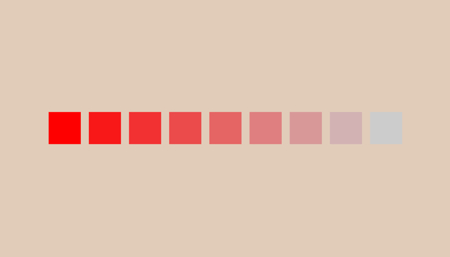
一番右の正方形は灰色であるが水色に見える。
Copyright Akiyoshi Kitaoka 2014 (April 23)
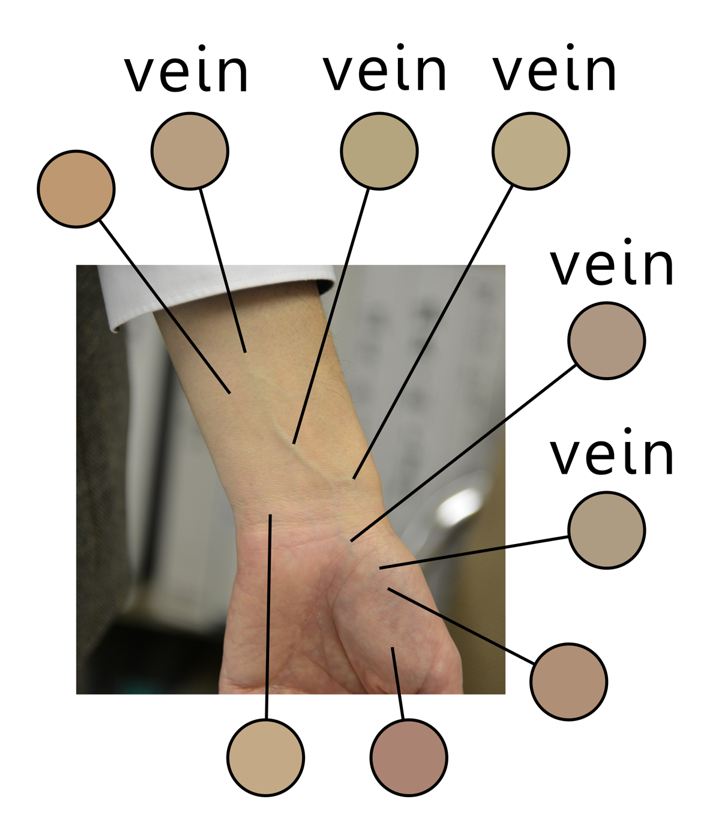
「静脈錯視:手」
この手の青く浮き出て見える静脈は物理的には青くなく、彩度の低いオレンジ色であった。
Copyright Akiyoshi Kitaoka 2014 (April 23)
写真は北岡の右手です。對梨成一氏撮影。
下2図は、物理的には青いピクセルはないことをスポイトツールなどで確めるための画像
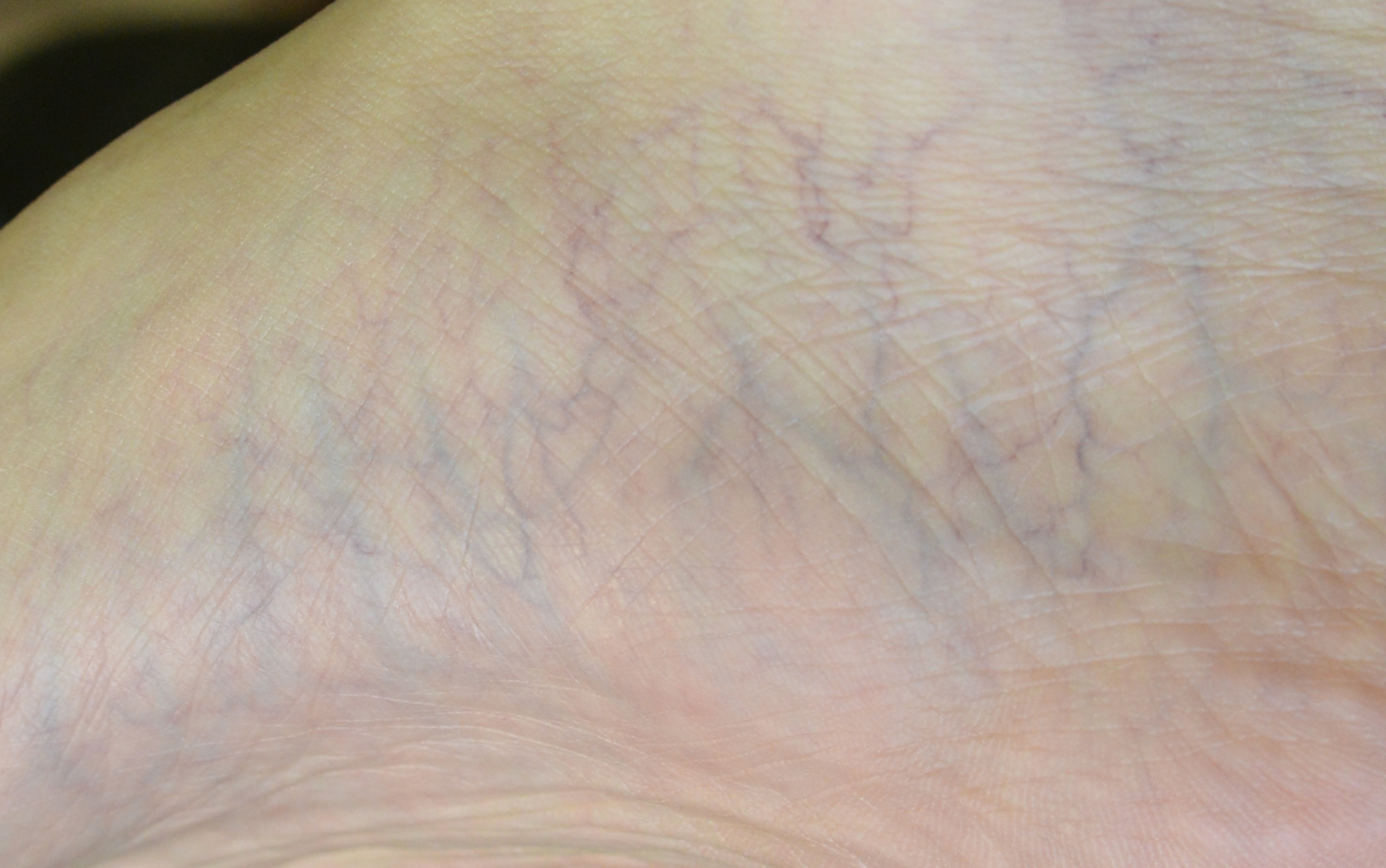
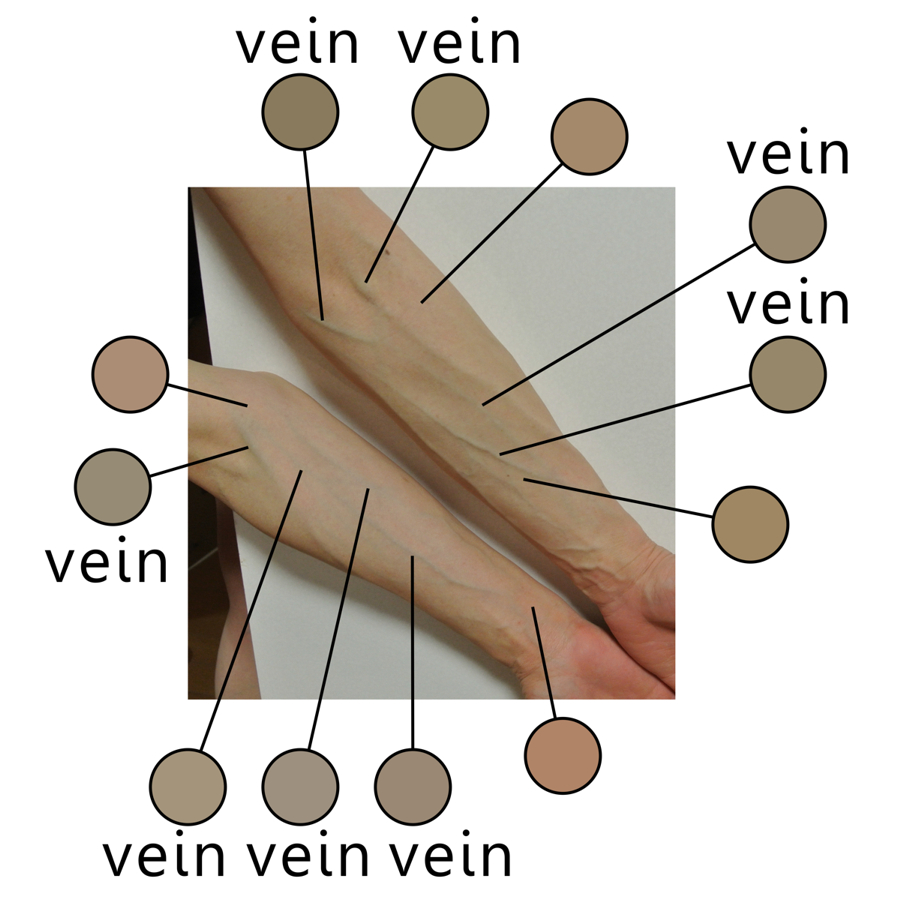
「静脈錯視:腕」
この手の青く浮き出て見える静脈は物理的には青くなく、彩度の低いオレンジ色であった。
Copyright Akiyoshi Kitaoka 2014 (April 24)
Thanks to MK for your tremendous contribution!
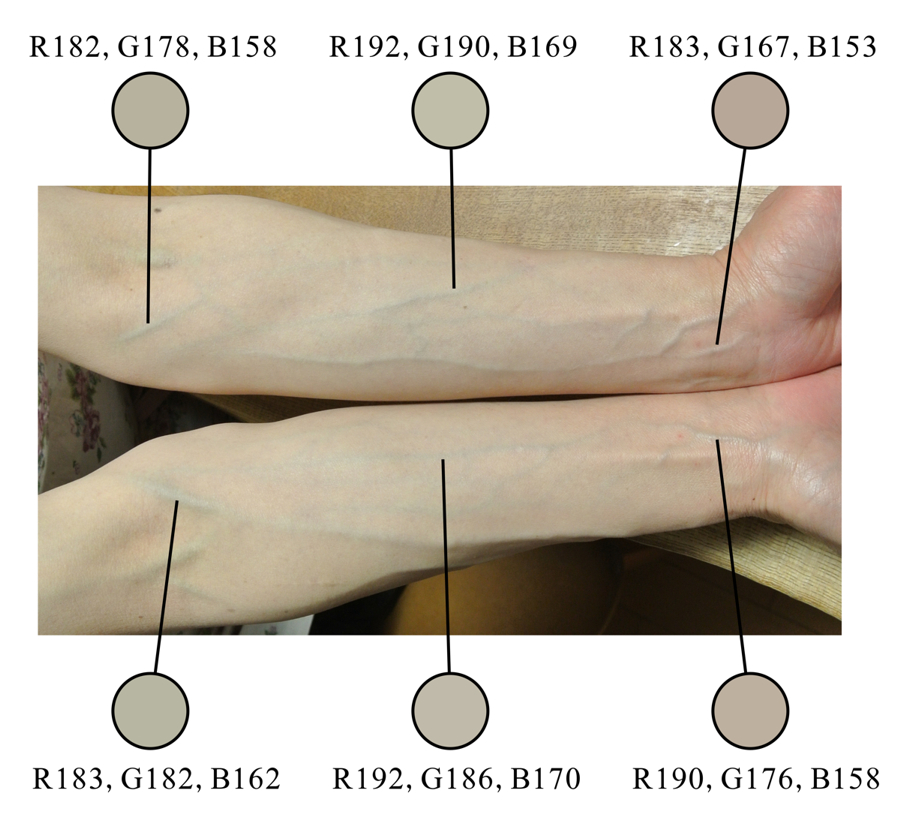
「静脈錯視:腕 2」
青白く撮れた写真の場合でも、この手の青く浮き出て見える静脈は物理的には青くなく、彩度の低い黄色かオレンジ色であった。
Copyright Akiyoshi Kitaoka 2014 (April 24)
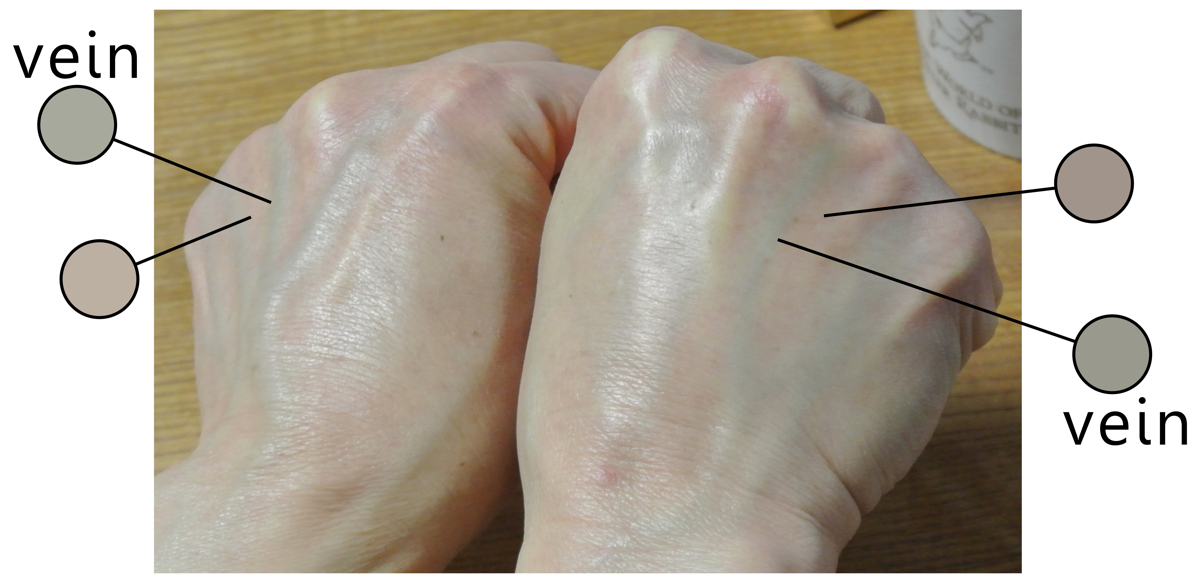
「静脈錯視:手の甲」
この手の青く浮き出て見える静脈は物理的には青くなく、ほぼ灰色あるいは彩度の低い黄色であった。
Copyright Akiyoshi Kitaoka 2014 (April 24)
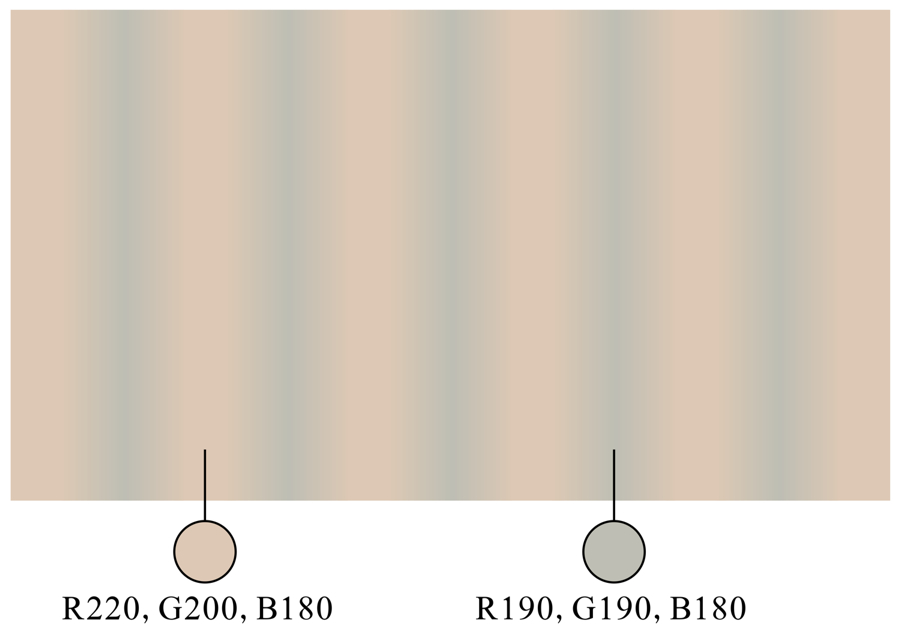
「静脈錯視:基本図形?」
ほとんど灰色の彩度の低い黄色の領域が青みがかって見える。
Copyright Akiyoshi Kitaoka 2014 (April 24)

「錯視的青のリング」
本図はすべて少し赤みの入った黄色の色相の画素でできているが、青みを帯びたリングが知覚される。
produced Akiyoshi Kitaoka 2014 (May 31)
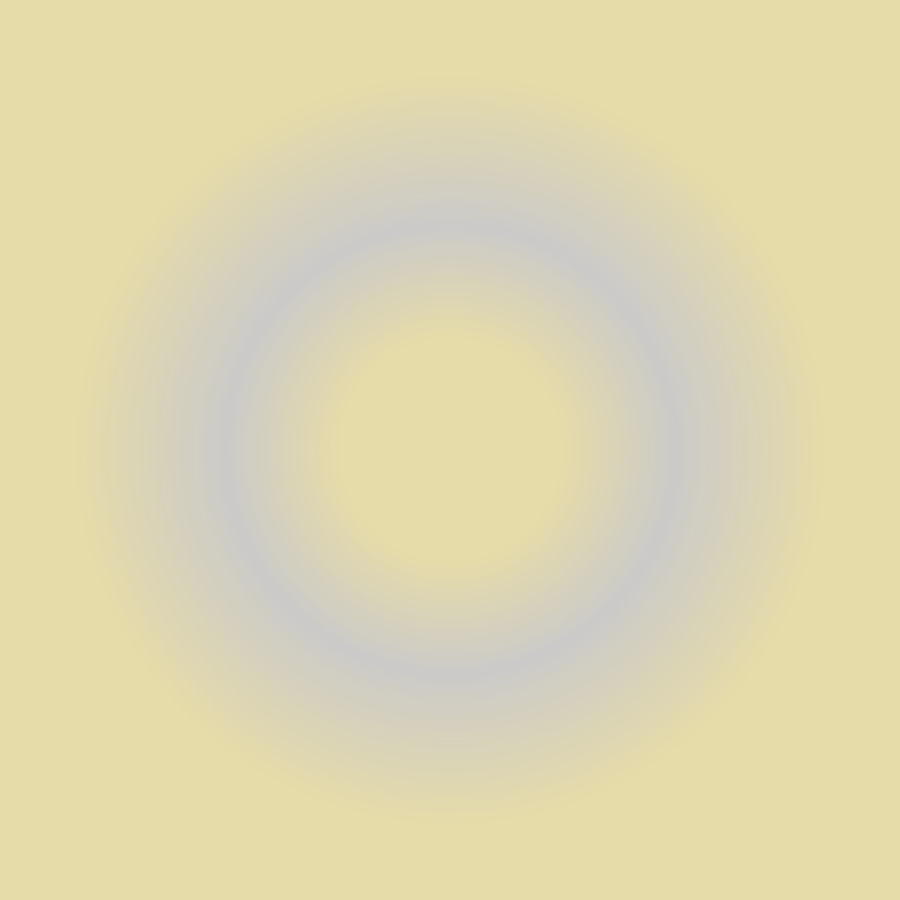
「錯視的青のリング 2」
本図はすべて少し赤みの入った黄色の色相の画素でできているが、青みを帯びたリングが知覚される。
produced Akiyoshi Kitaoka 2014 (May 31)
< 誘導色の彩度が低くても効果がある。>
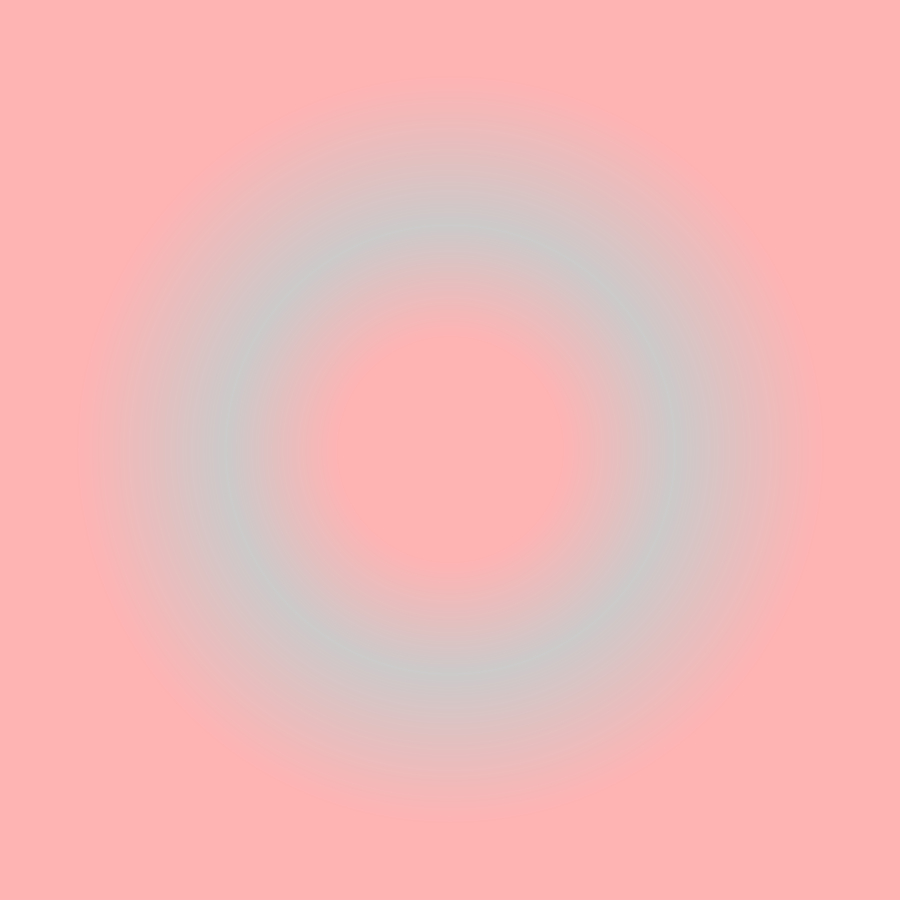
「錯視的水色のリング」
本図はすべて赤の色相の画素でできているが、水色を帯びたリングが知覚される。
produced Akiyoshi Kitaoka 2014 (May 31)

「錯視的赤みのリング 2」
本図はすべて水色(シアン)色の色相の画素でできているが、赤みを帯びたリングが知覚される。
produced Akiyoshi Kitaoka 2014 (May 31)
問: 下記のような色から金色を作る方法はあるか?
Make gold color from such colors shown below.

答: ある。
You can do like this.
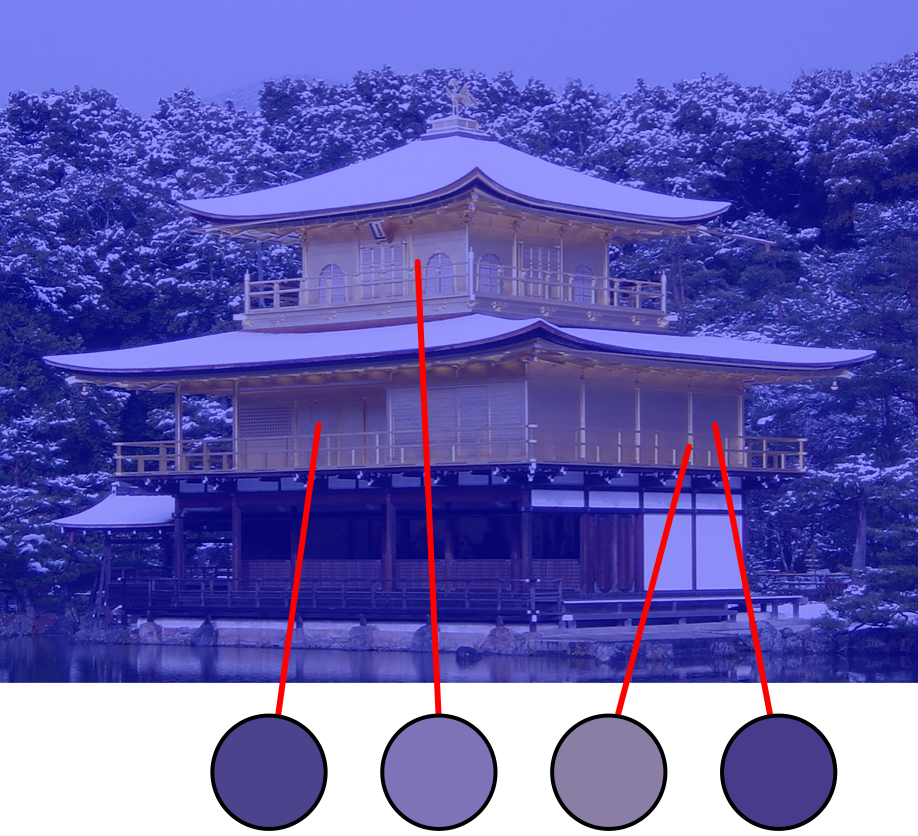
「青い金閣」
"Bluish Golden Palace"
青フィルターがかかっていやな感じではあるが金閣は金色に見える。金色は黄色系統でなければならないという前提があるなら、この合成画像で金閣が金色に見えることは錯視であり、知覚される金色は物理的には青系統の色である。
Copyright Akiyoshi Kitaoka 2011 (July 14)
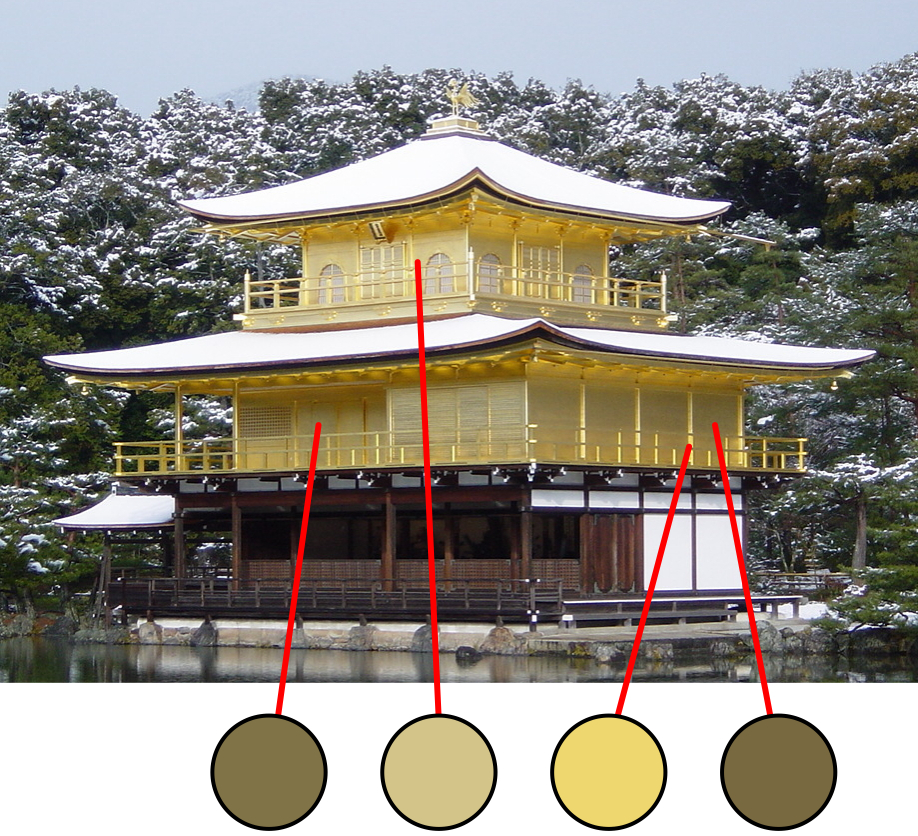
Golden Palace
黄色系統でなくても金色に見える。
Gold color can be made from bluish colors.
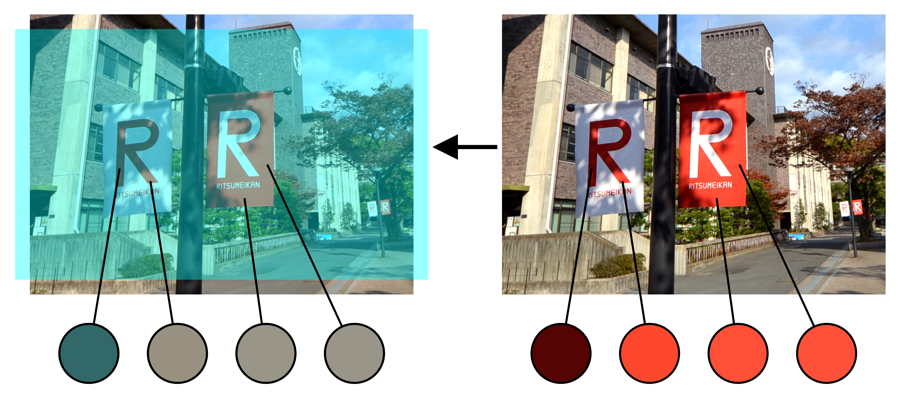
「立命館大学ののぼりの色の恒常性」
"Ritsumeikan flags"
Copyright Akiyoshi Kitaoka 2012 (November 30)
色の恒常性錯視デモ用のプリント用ファイル DOC
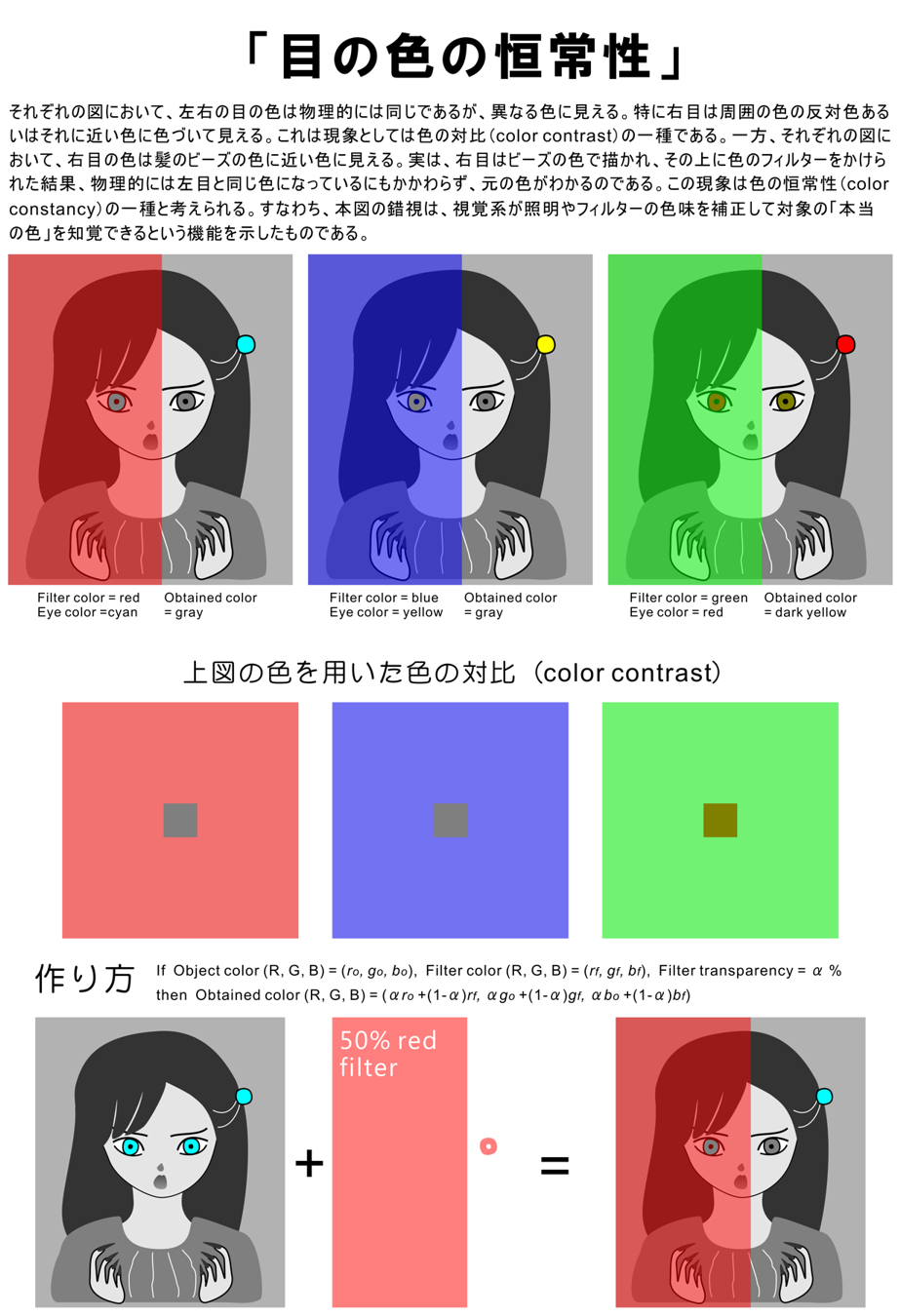
References
北岡明佳 (2011) 色の錯視いろいろ (2)色の恒常性と2つの色フィルタ 日本色彩学会誌, 35(3), 234-236. PDF(スキャンコピー), PDF(高解像度スキャンコピー)
北岡明佳 (2011) 色の錯視いろいろ (1)「目の色の恒常性」という錯視の絵 日本色彩学会誌, 35(2), 118-119. PDF(スキャンコピー)
加法的色変換
Additive color changes
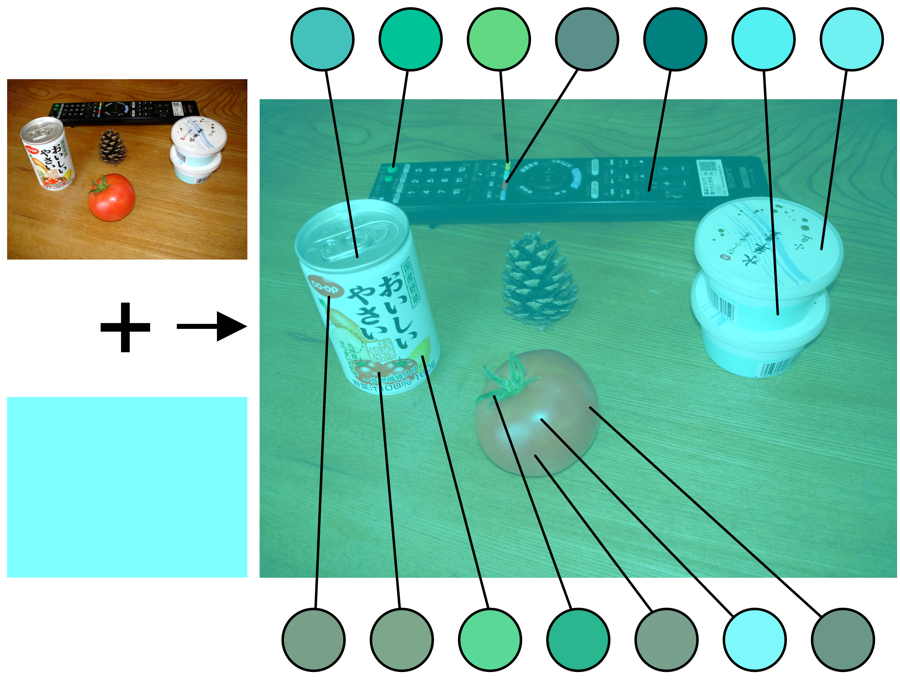
北岡明佳 (2011) 色の錯視いろいろ (2)色の恒常性と2つの色フィルタ 日本色彩学会誌, 35(3), 234-236. <図2>

乗法的色変換
Multiplicative color change
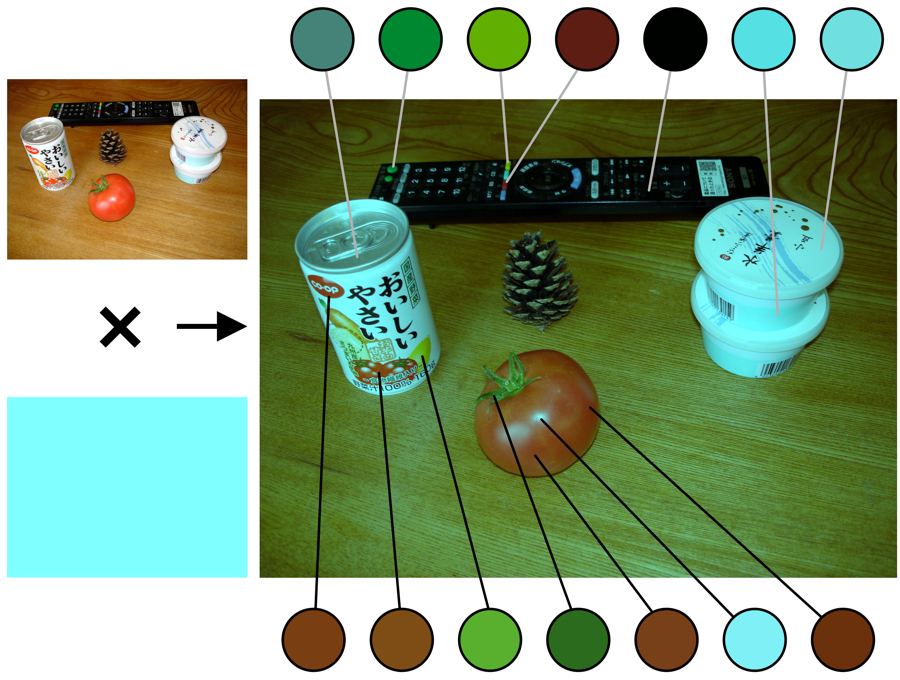
北岡明佳 (2011) 色の錯視いろいろ (2)色の恒常性と2つの色フィルタ 日本色彩学会誌, 35(3), 234-236. <図4>
北岡明佳 (2011) 色の錯視いろいろ (2)色の恒常性と2つの色フィルタ 日本色彩学会誌, 35(3), 234-236. PDF(スキャンコピー), PDF(高解像度スキャンコピー)
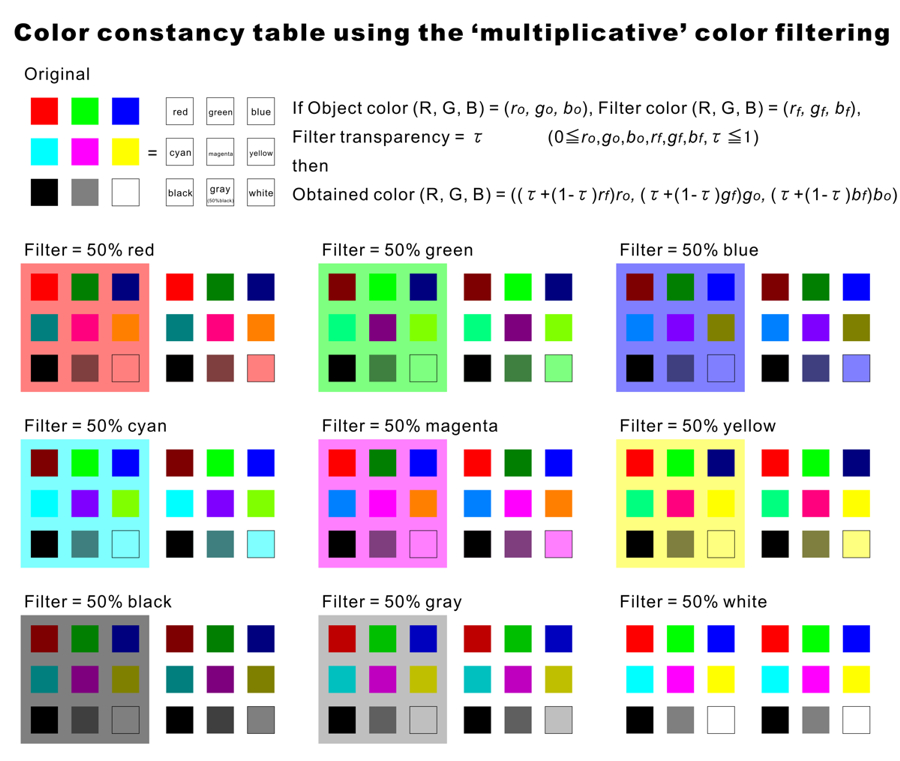
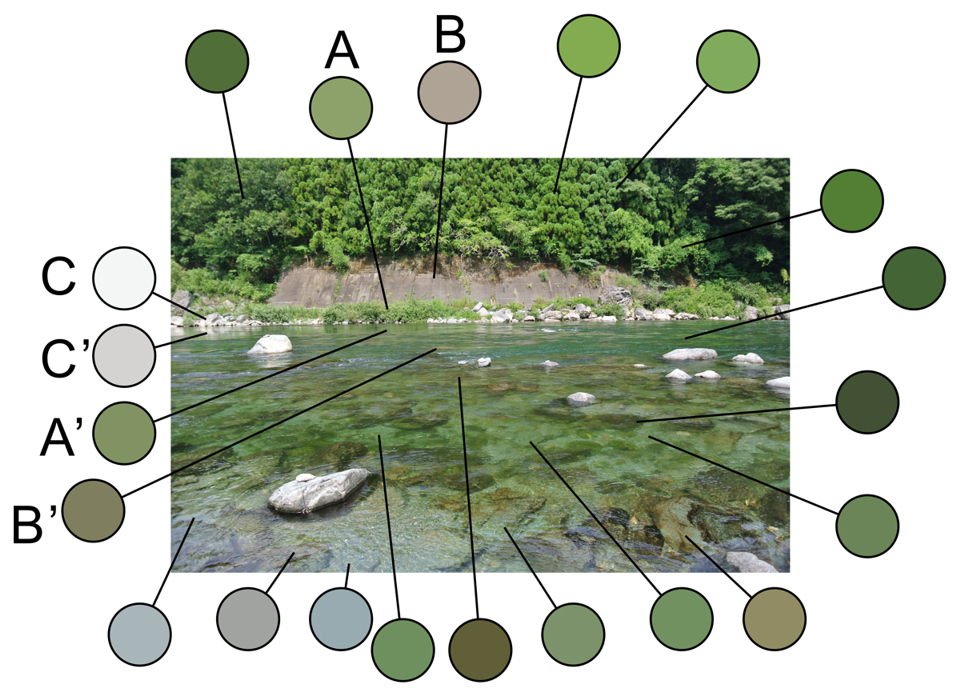
加法的色変換の例・・・「清流」の緑は山の緑
Example of additive color changes
Copyright Akiyoshi Kitaoka 2013 (August 3)

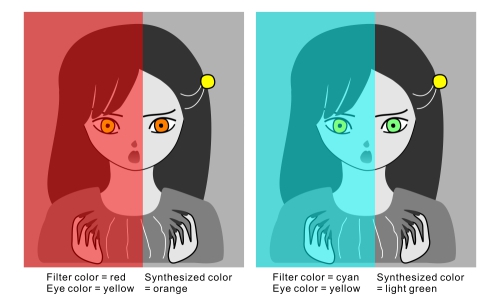
「色の恒常性による両眼闘争の抑制」
"No binocular rivalry in the color constancy eye"
2つの図を両眼融合して見ると、左目はオレンジ色と緑色の間の両眼闘争を起こすが、右目は黄色に見えたままである。しかし、右目は左目と同じく、物理的にはオレンジ色と緑色なのである。
Try to fuse them binocularly. Then, the left eye shows binocular rivalry
between orange and green, while the right eye does not. This observation
is remarkable since the right eye is the same color as the left eye in
each image.
Copyright Akiyoshi Kitaoka 2009 (June 29)
色の恒常性は高次な知覚という先入観が私にはあったが、本図は低次処理の証拠となるかもしれない。
This phenomenon might suggest that color constancy should reflect a rather
low-level visual process.
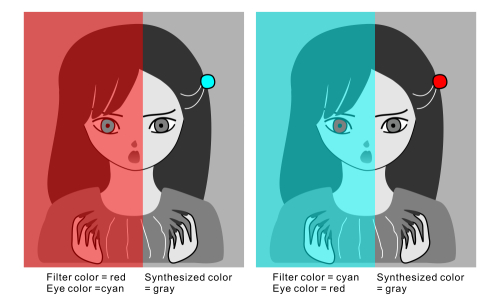
「色の恒常性による両眼闘争」
"Binocular rivalry in the color constancy eye"
2つの図を両眼融合して見ると、右目はシアン色(水色)と赤色の間の両眼闘争を起こすことがあるが、左目は灰色に見えたままである。しかし、どちらの右目も左目と同じく、物理的には灰色なのである。
Try to fuse them binocularly. Then, the right eye sometimes shows binocular
rivalry between cyan and red, while the left eye does not. This observation
is remarkable since the right eye is the same gray for each image.
Copyright Akiyoshi Kitaoka 2009 (June 29)
両眼の情報が統合される前に色の恒常性が成立していないと両眼闘争はしないよね・・・その論理でいいのか??
This phenomenon might also support the idea that color constancy should
reflect a rather low-level visual process.

Limited case: "No binocular rivalry in the color constancy eye"
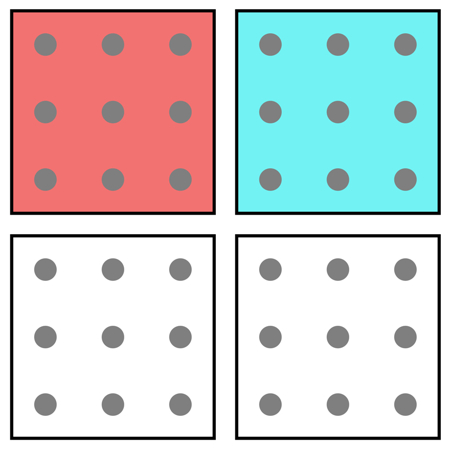
Limited case: "Binocular rivalry in the color constancy eye"
Copyright Akiyoshi Kitaoka 2013 (October 22)
< 静脈錯視の応用 >
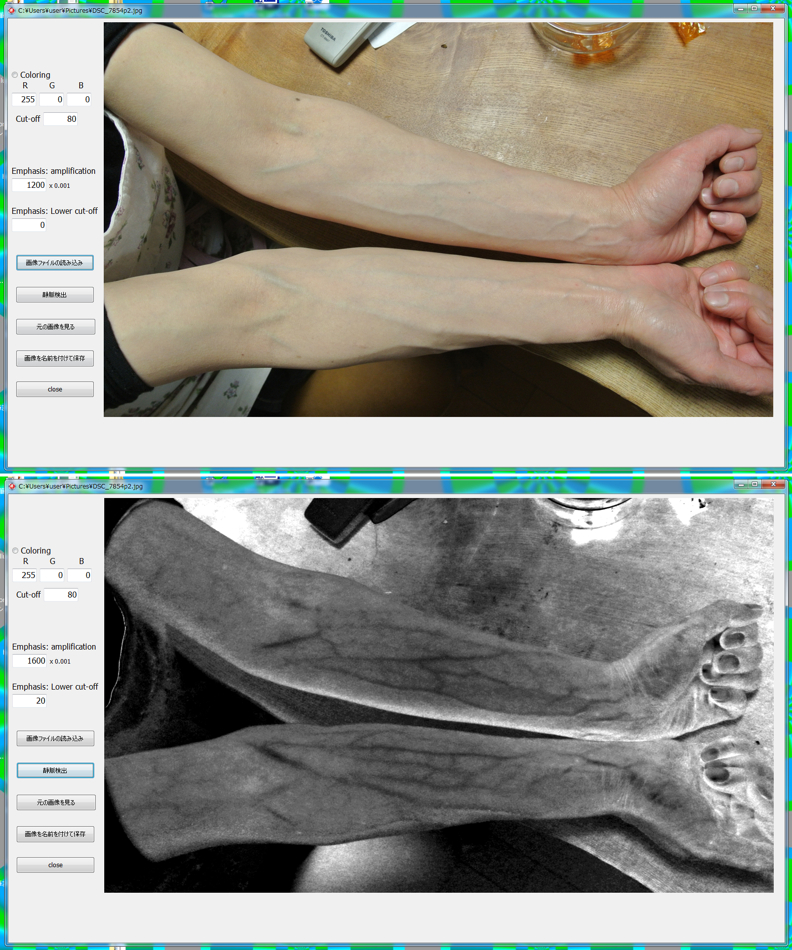
「静脈錯視を応用した静脈可視化ツール」
vein_visualization02JPEG.exe
Before (上) After (下)
Copyright Akiyoshi Kitaoka 2014 (April 27)
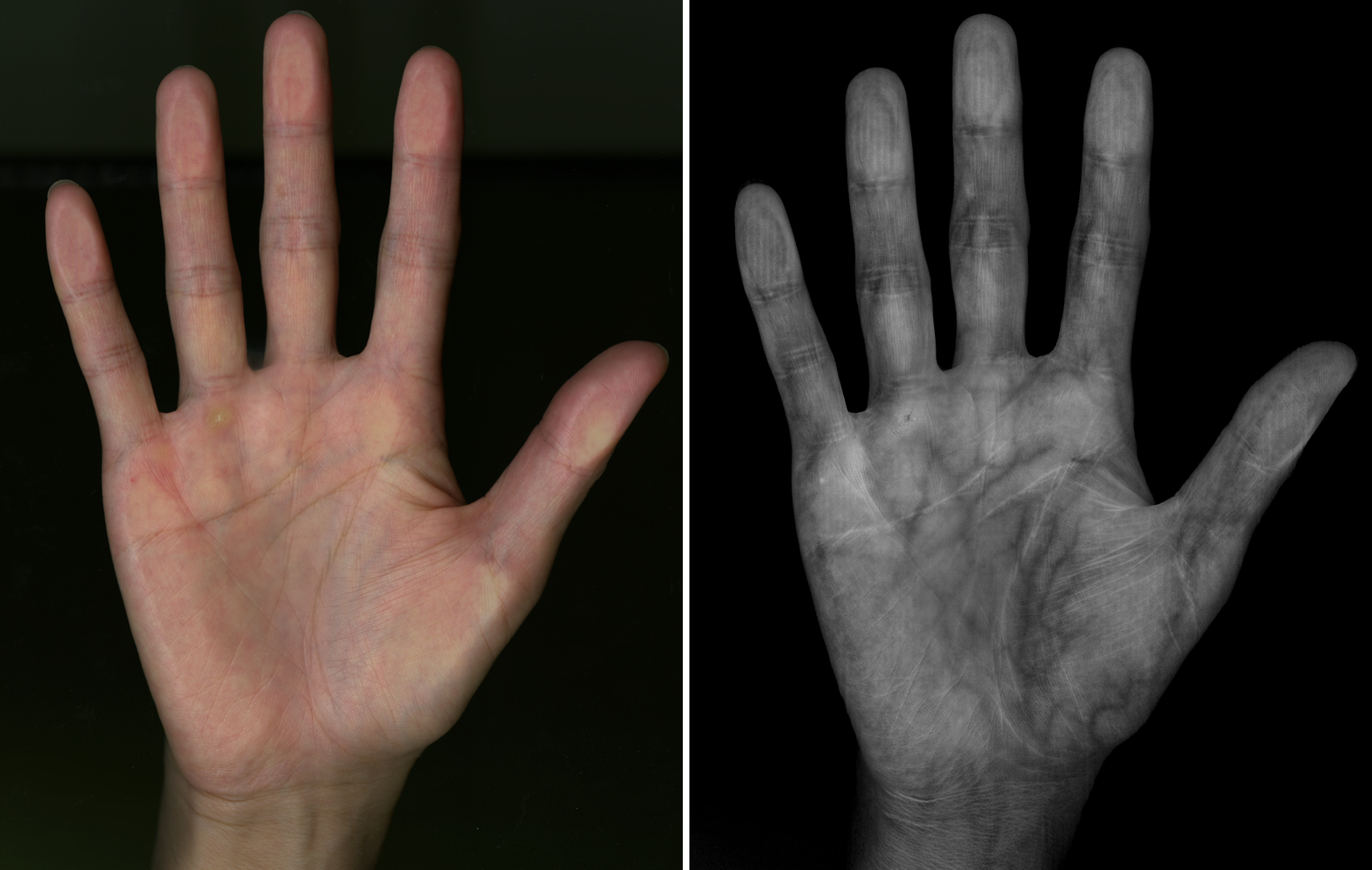
「北岡明佳の右手の掌の皮下静脈」
vein_visualization02JPEG.exe
Before (左) After (右)
Copyright Akiyoshi Kitaoka 2014 (April 27)
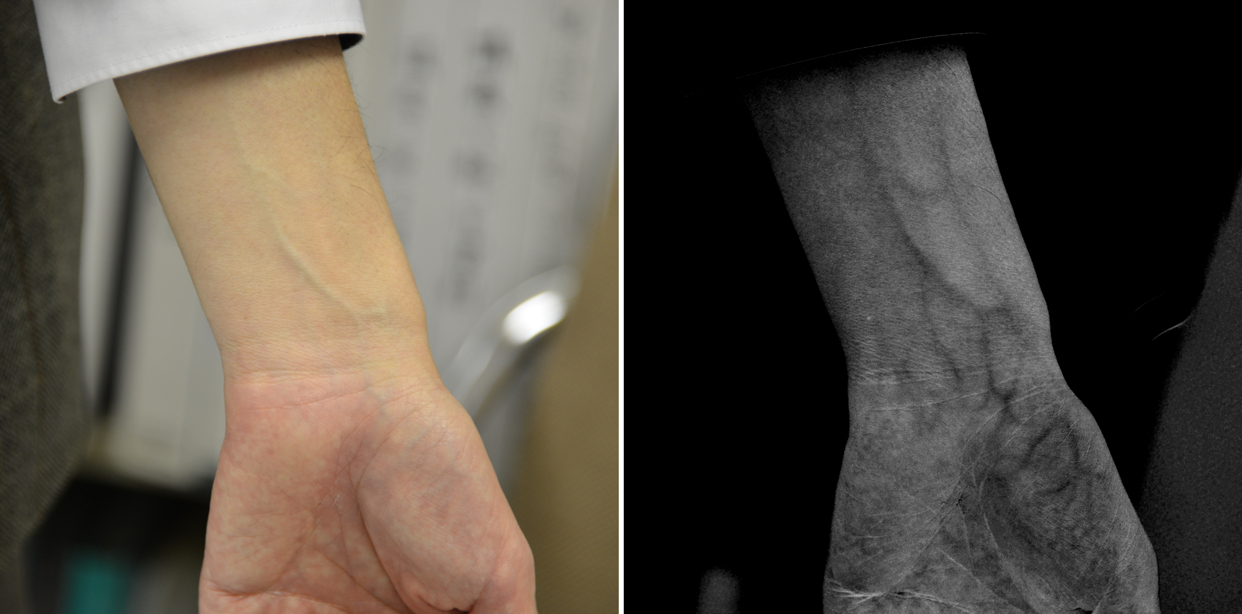
「北岡明佳の左手首付近の皮下静脈」
vein_visualization02JPEG.exe
Before (左) After (右)
Copyright Akiyoshi Kitaoka 2014 (April 27)
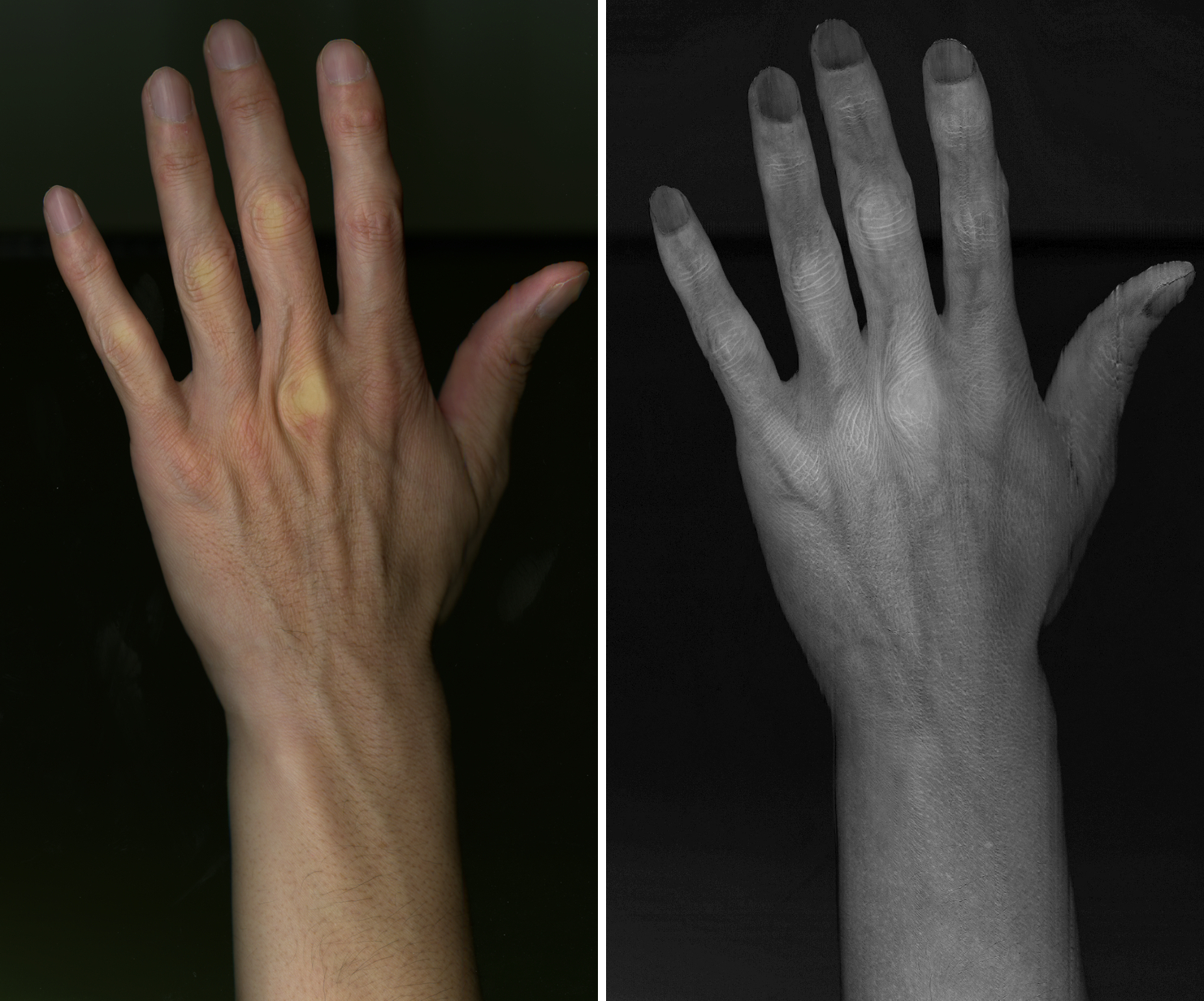
「北岡明佳の左手甲の皮下静脈」
vein_visualization02JPEG.exe
Before (左) After (右)
Copyright Akiyoshi Kitaoka 2014 (April 30)
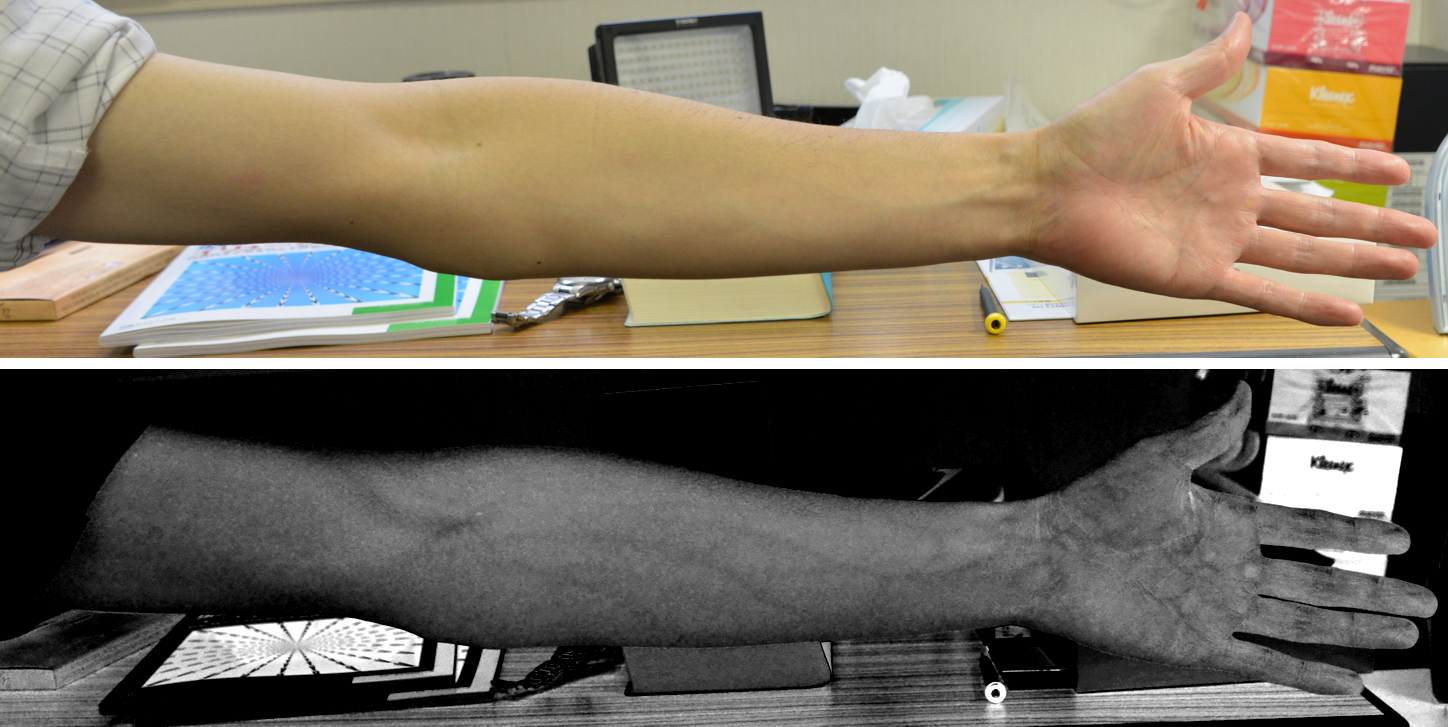
「北岡明佳の注射のやりやすい方の左腕」
vein_visualization02JPEG.exe
Before (上) After (下)
Copyright Akiyoshi Kitaoka 2014 (April 27)
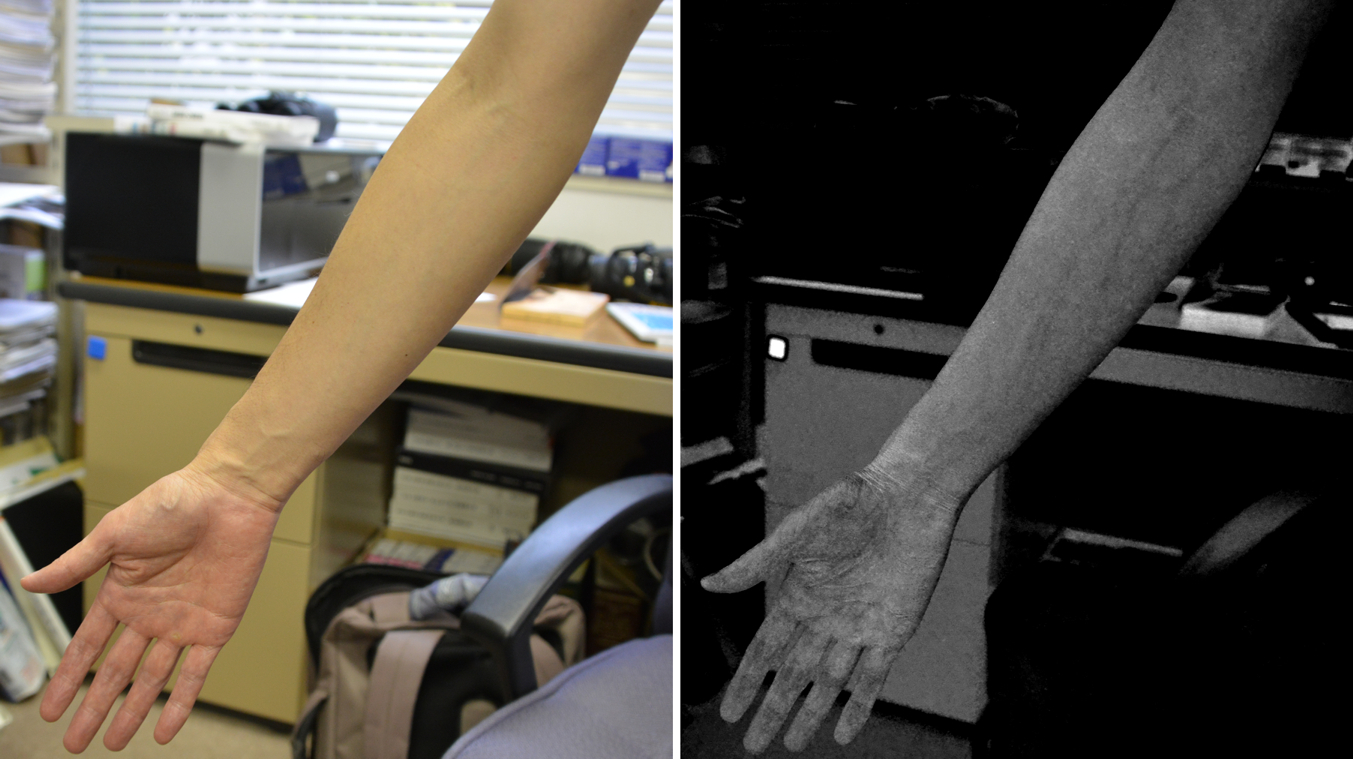
「北岡明佳の注射のやりにくい方の右腕」
vein_visualization02JPEG.exe
Before (左) After (右) ナマでも結構見えているような気がするのだが・・・
Copyright Akiyoshi Kitaoka 2014 (April 27)
Copyright Akiyoshi Kitaoka 2014 (May 4)
Copyright Akiyoshi Kitaoka 2014 (May 4)
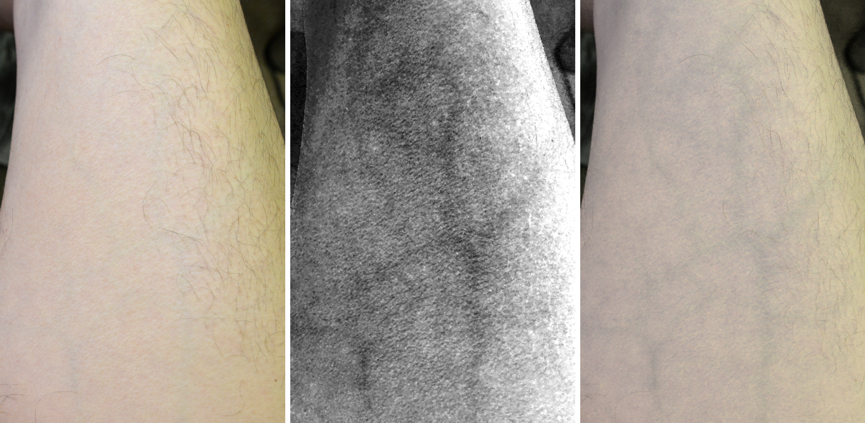
「北岡明佳のふともも 2」
vein_visualization02JPEGb.exe
Before (左) After (中) それらの合成(右)
Copyright Akiyoshi Kitaoka 2014 (May 5)
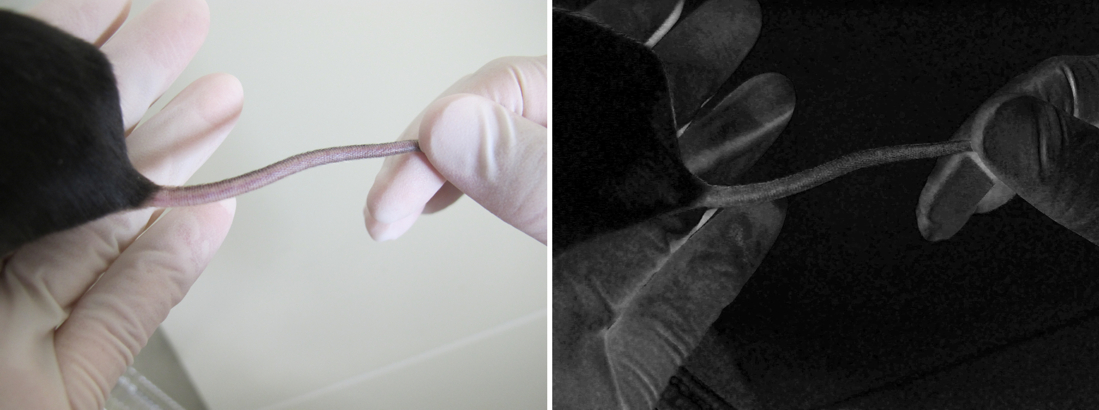
「マウスのしつぽ」
vein_visualization02JPEG.exe
Before (左) After (中)
produced Akiyoshi Kitaoka 2014 (May 1)
Thanks to Chieko
Copyright Akiyoshi Kitaoka 2014 (May 5)
並置混色には2種類ある
Spatial color mixture: additive color mixture (top) and subtractive one (bottom)
加法混色
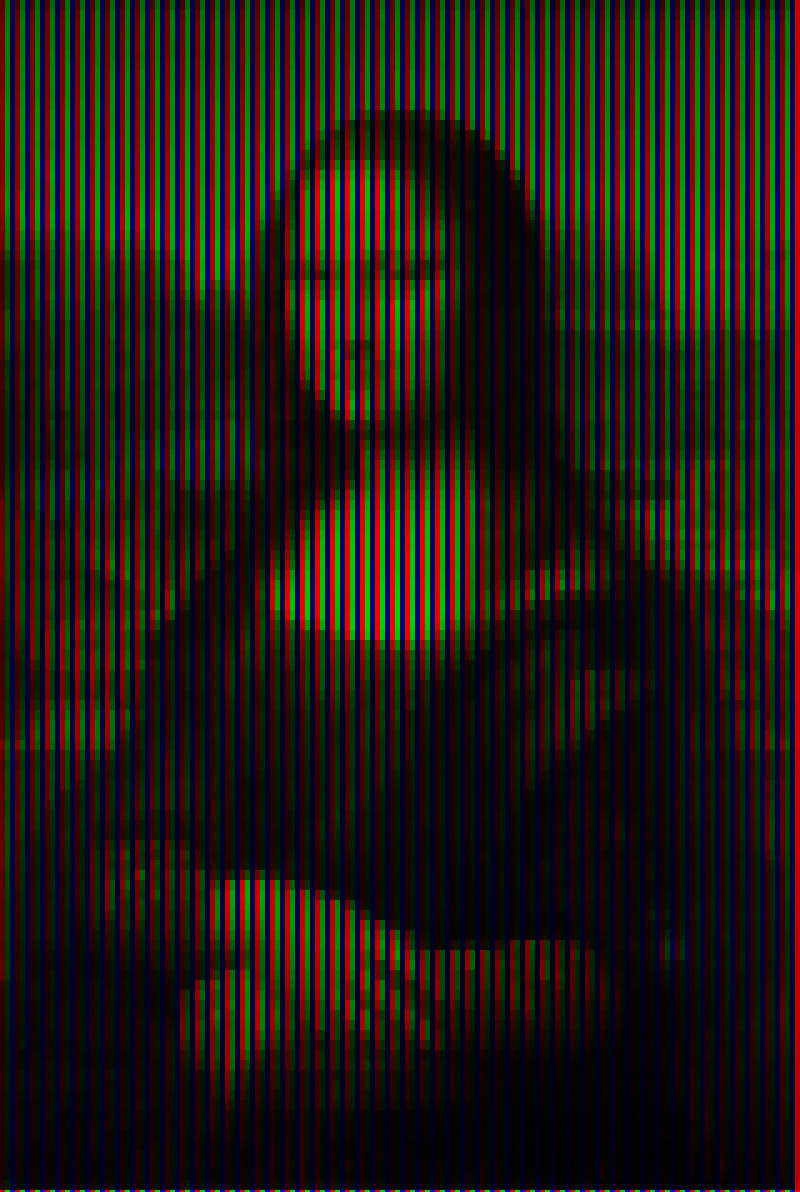
減法混色
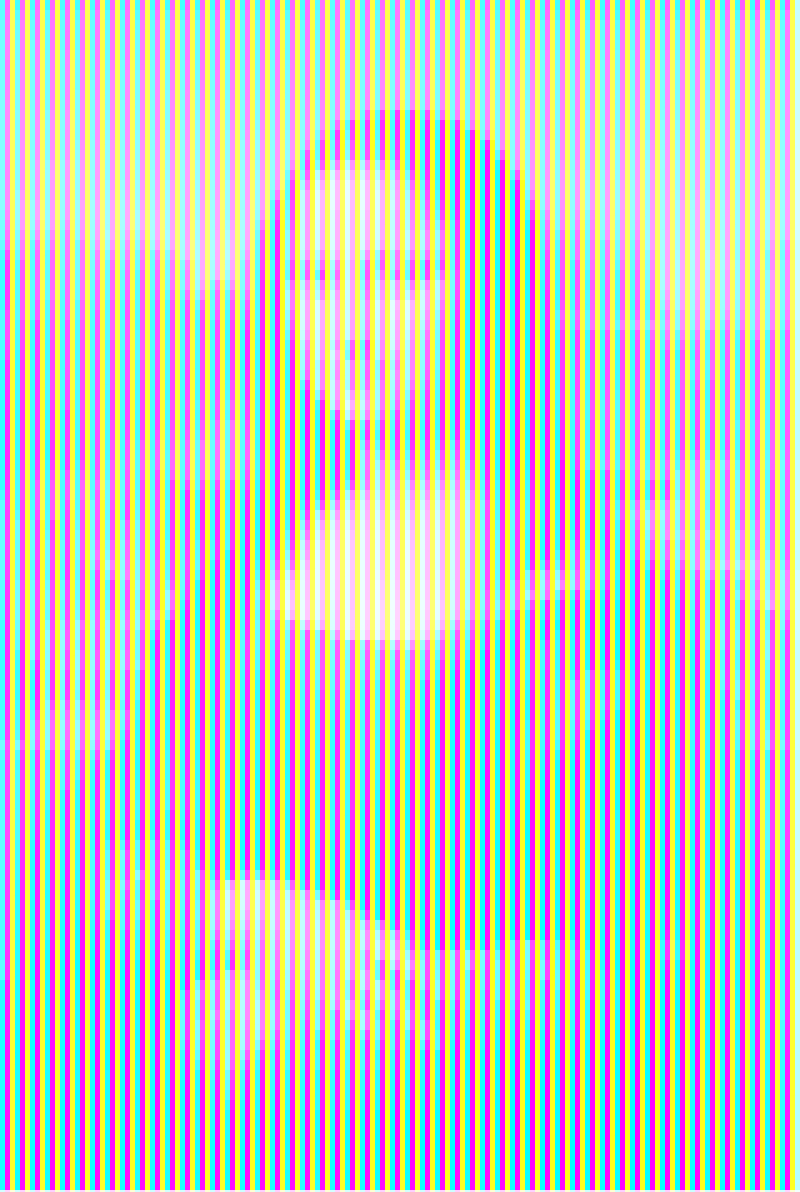
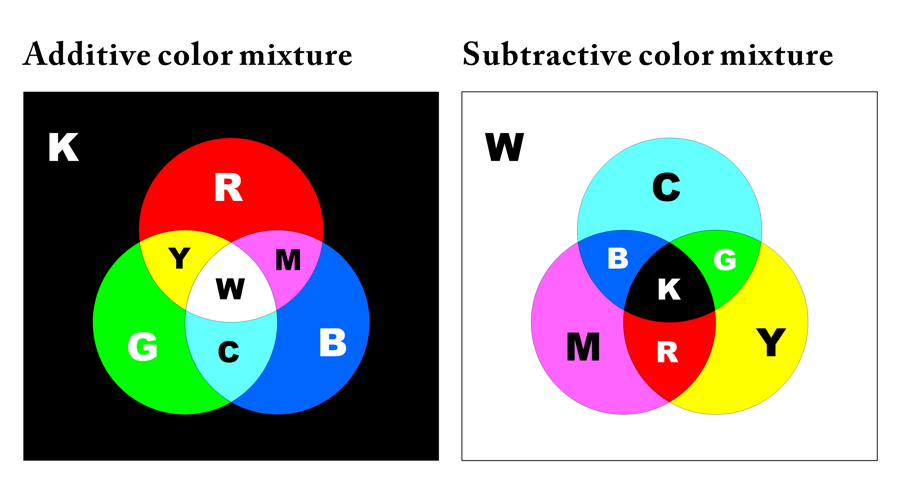
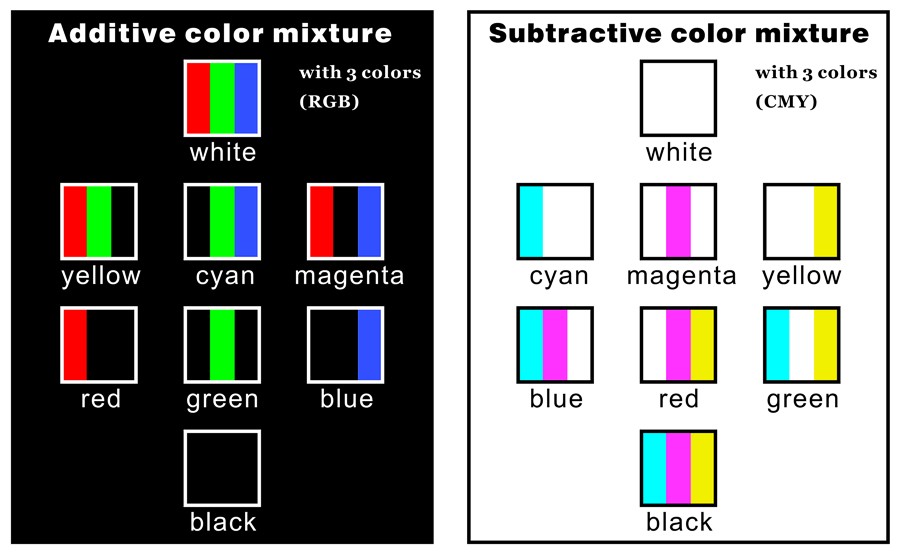
Spatial color mixture: additive color mixture (left) and subtractive one (right)
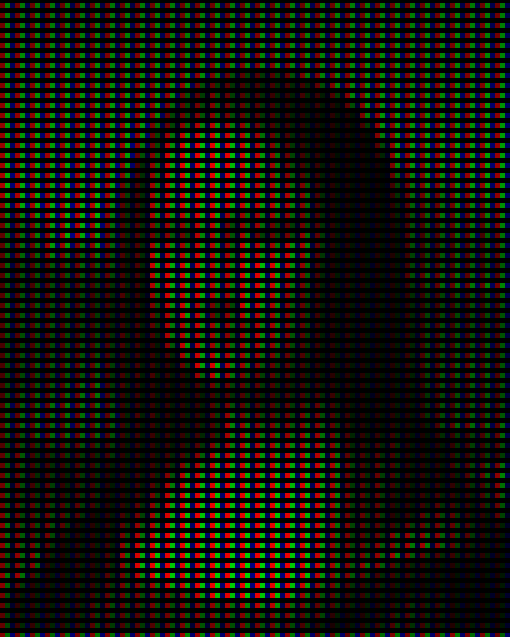
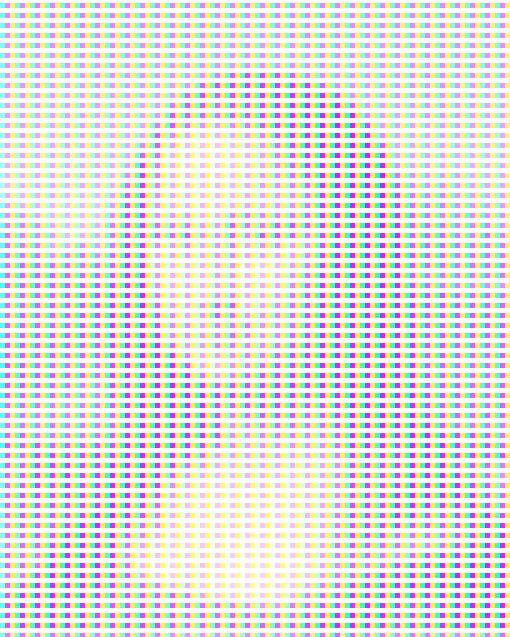
Spatial color mixture: additive color mixture (left) and subtractive one (right)
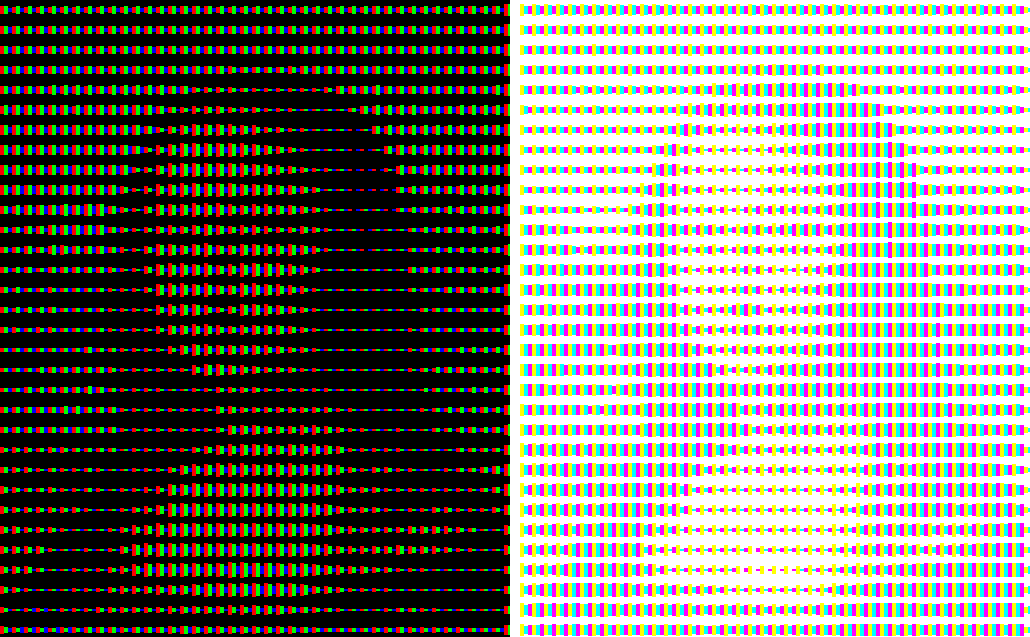
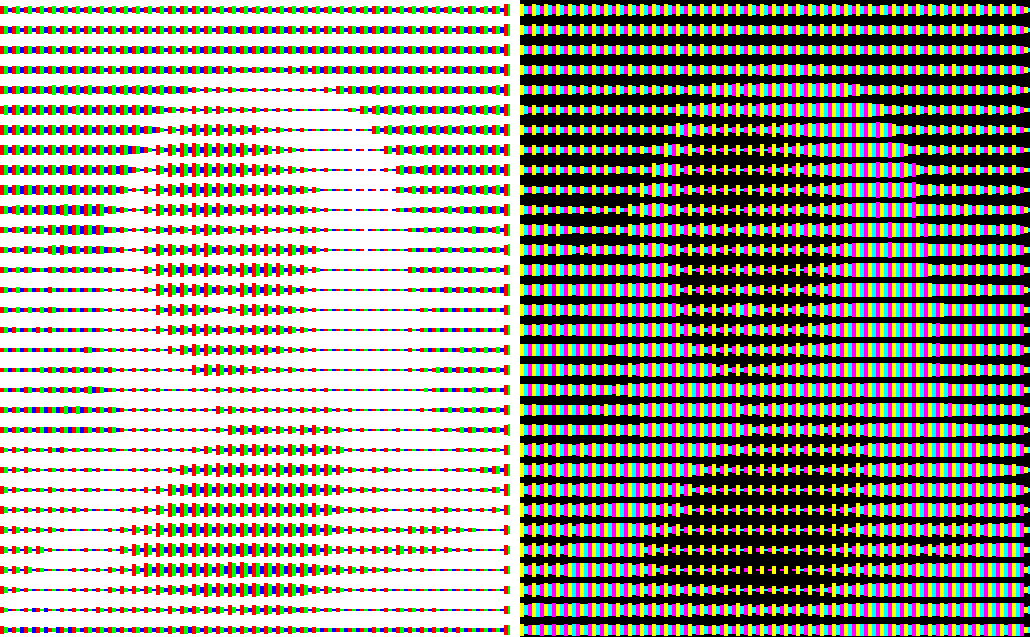
Spatial color mixture: additive color mixture (left) and subtractive one (right)
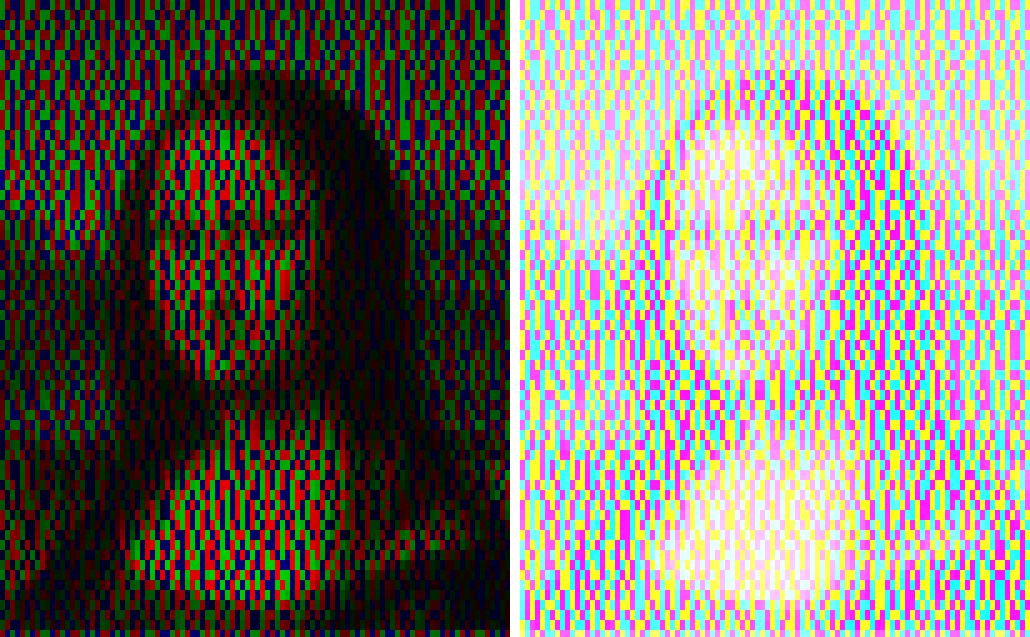
Spatial color mixture: additive color mixture (left) and subtractive one (right)
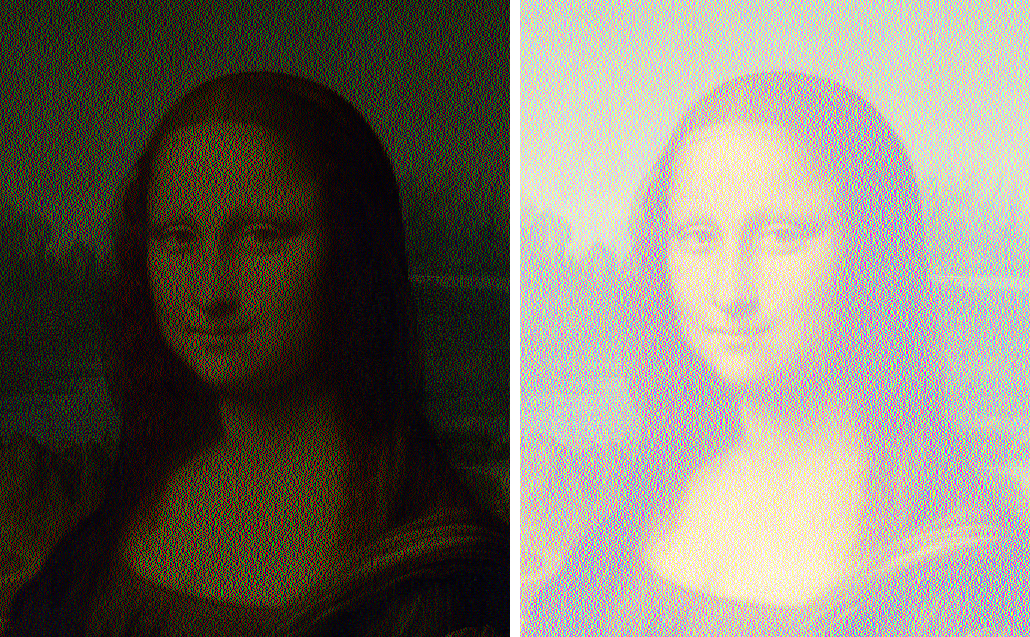
Spatial color mixture: additive color mixture (left) and subtractive one (right)
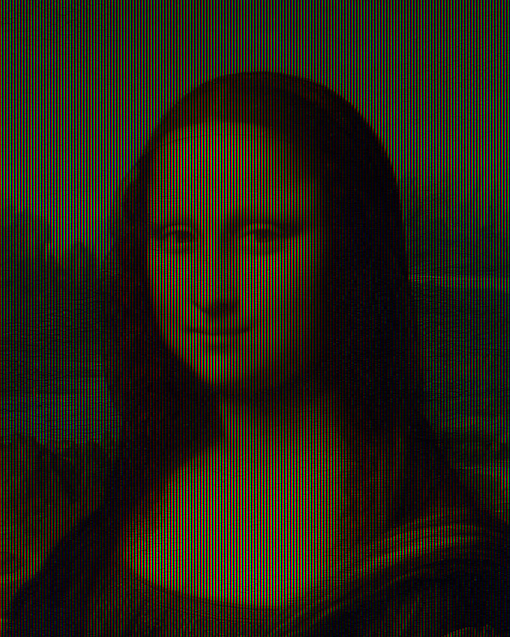
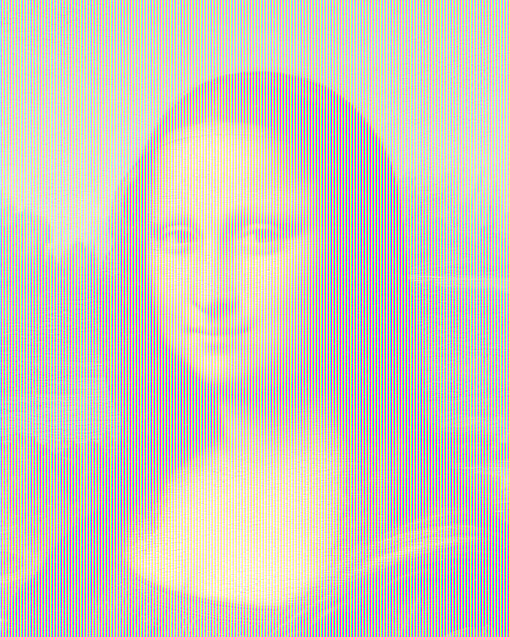
Spatial color mixture with three colors: additive color mixture (top) and subtractive one (bottom)
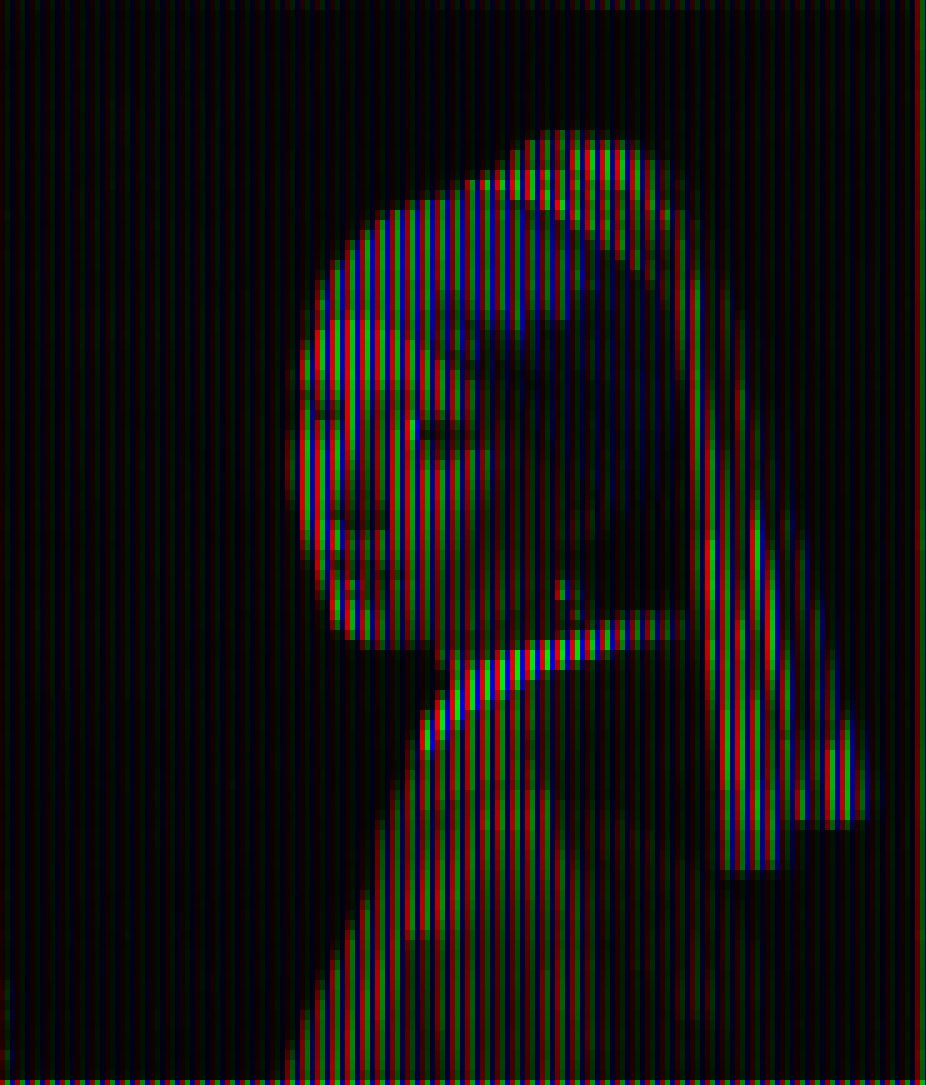
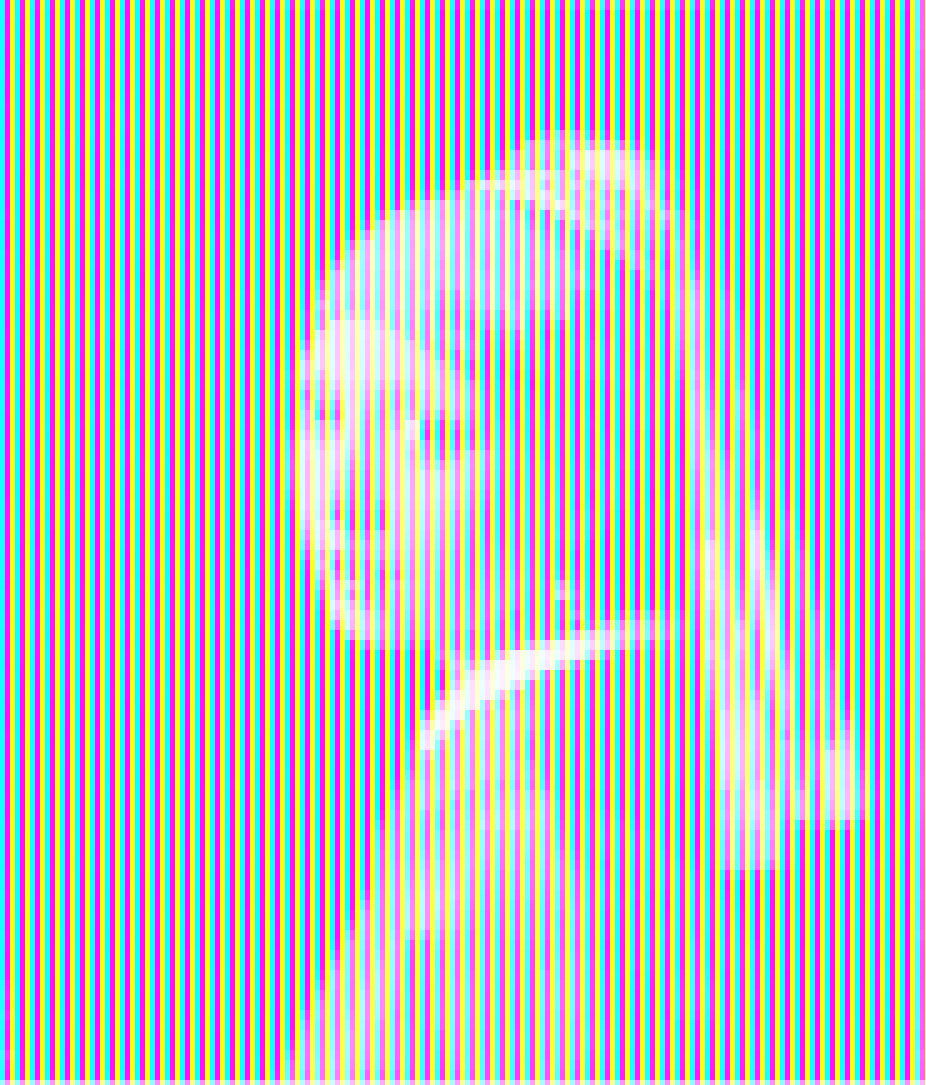
Spatial color mixture with three colors: additive color mixture (left) and subtractive one (right)

Spatial color mixture with three colors: additive color mixture (left) and subtractive one (right)
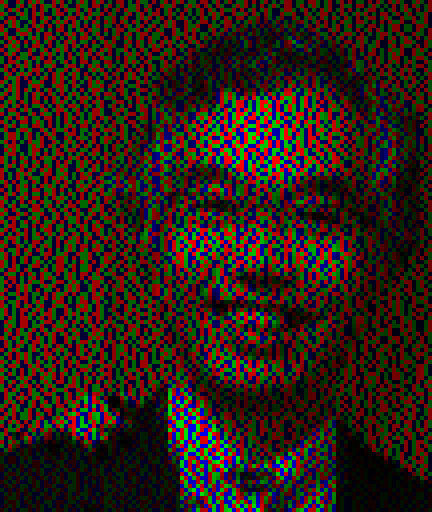
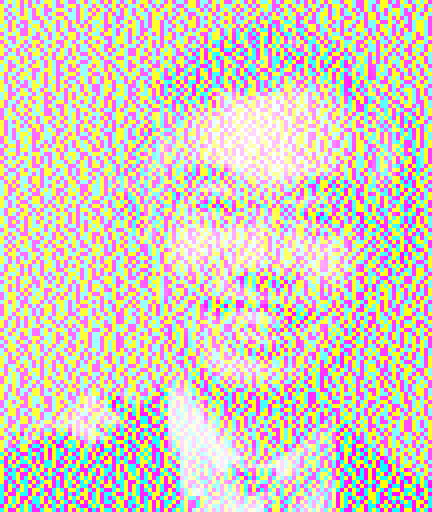

Spatial color mixture with three colors: additive color mixture (left) and subtractive one (right)
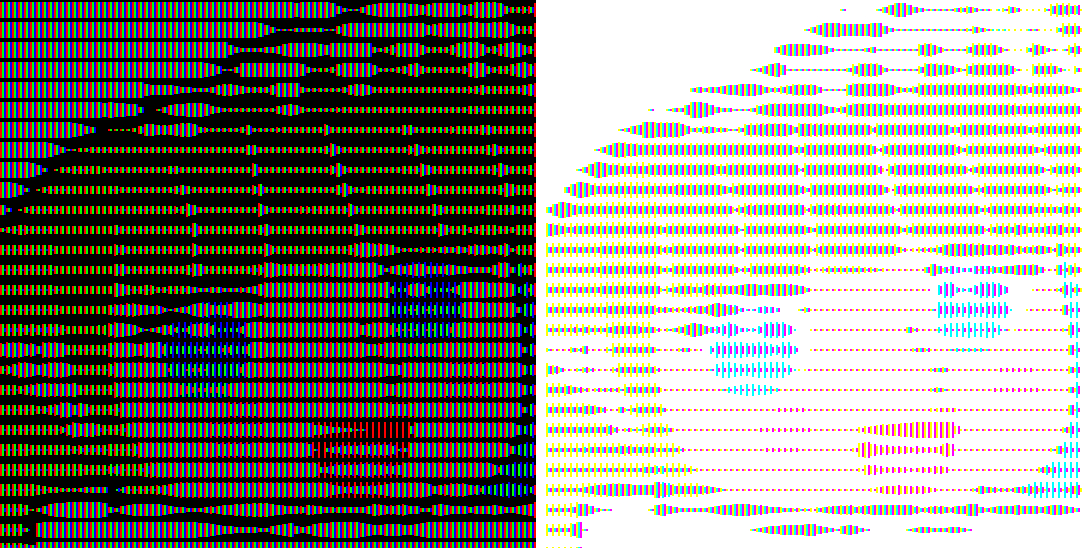

オリジナル図
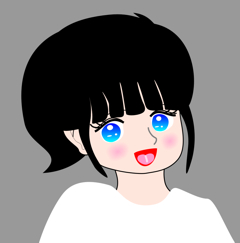
加法混色(左) と 減法混色(右)
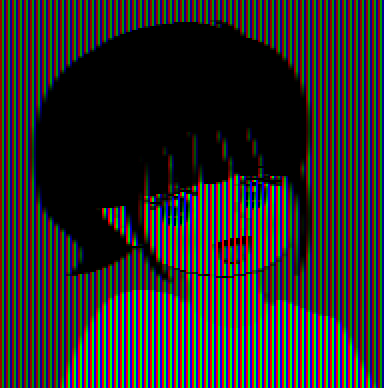
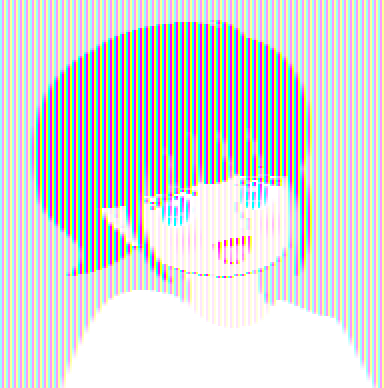
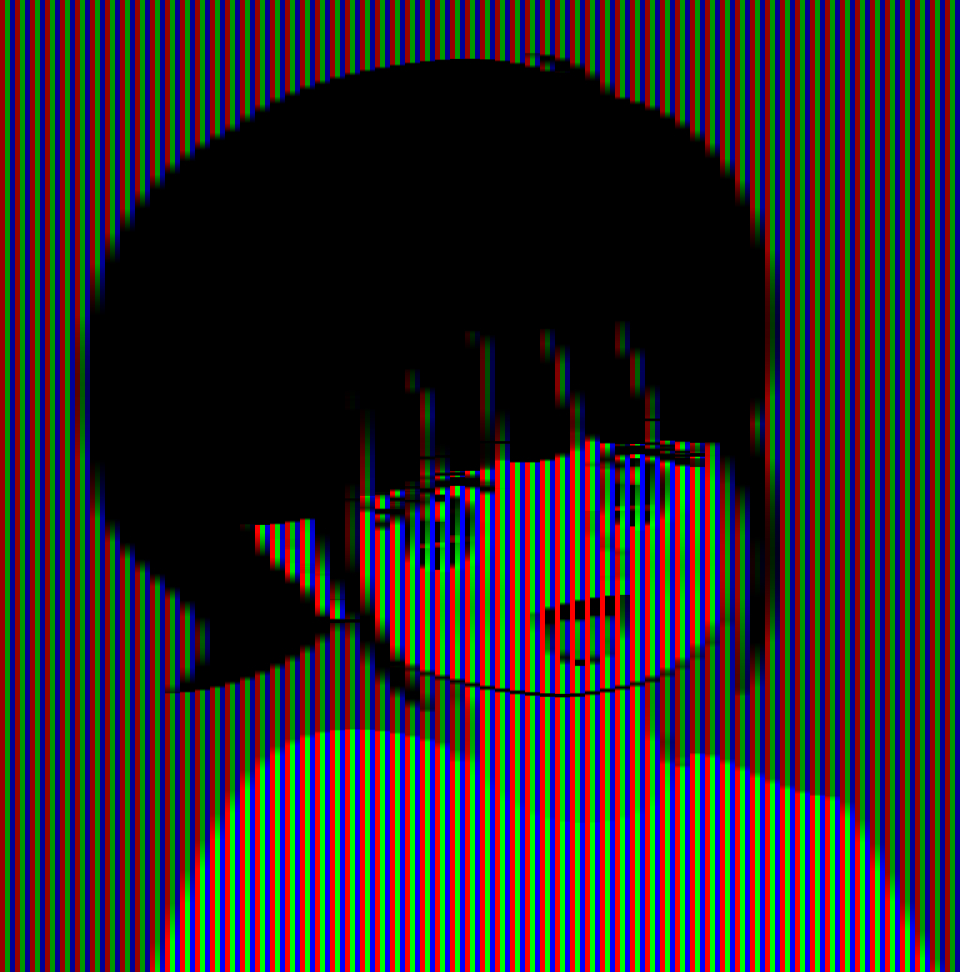
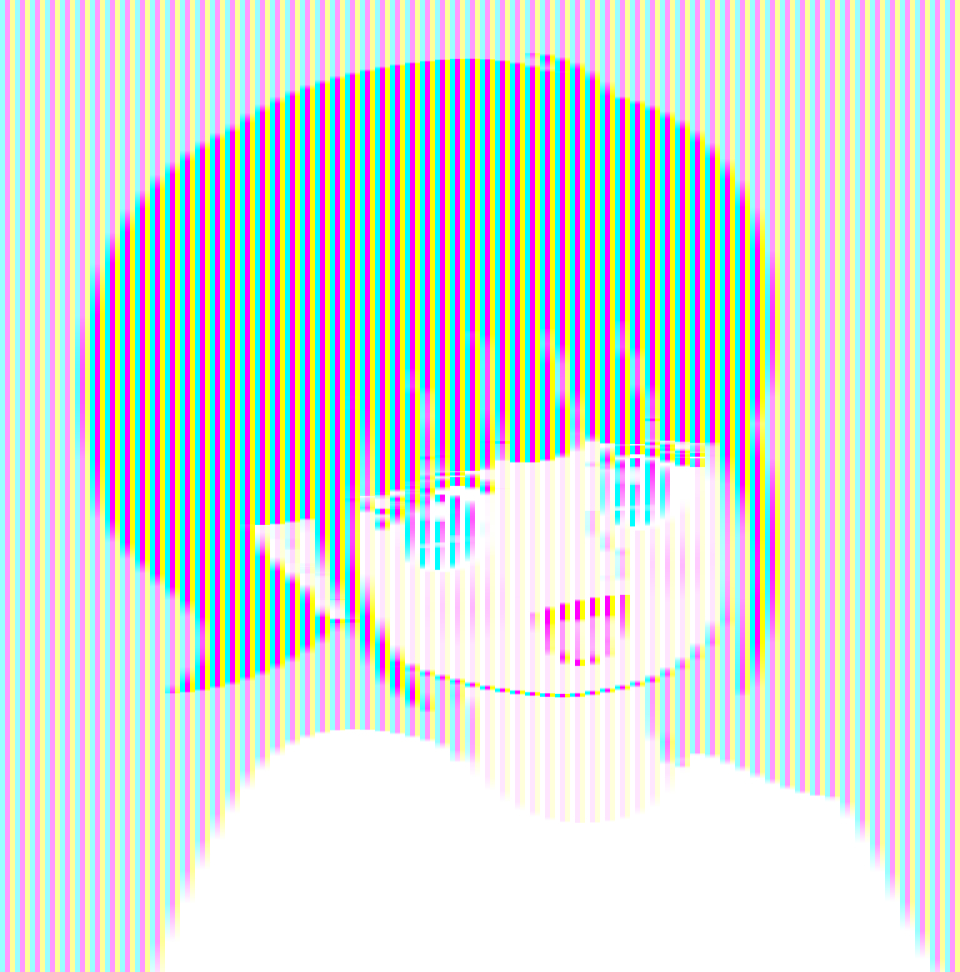
Spatial color mixture with two colors (red and cyan): additive color mixture (left) and subtractive one (right)
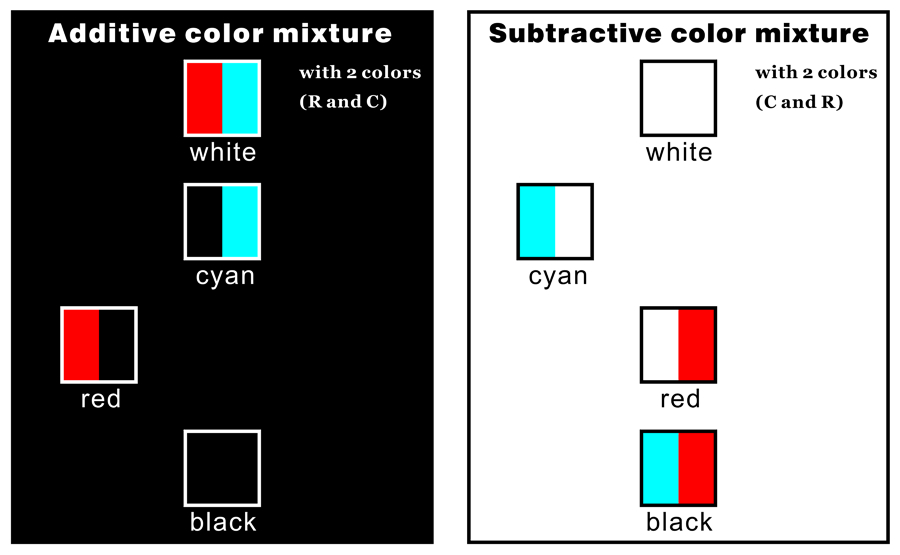
s.jpg)
s.jpg)
.jpg)
.jpg)
オリジナル図
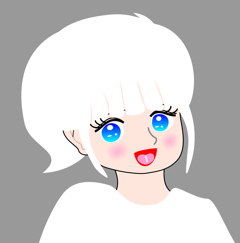
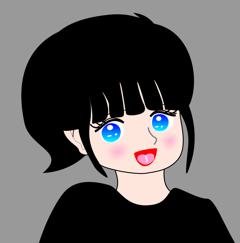
s.jpg)
bs.jpg)
「黒い髪と服のおねえさんと白い髪と服のおねえさん」
髪と服はどちらも赤色とシアン色の縞模様でできていて同じであるが、減法混色か加法混色かの違いによってぞぞれ黒と白に見える。
Copyright Akiyoshi Kitaoka 2015 (July 15)
拡大画像
.jpg)
b.jpg)
さらなる拡大画像
Lp.jpg)
bLp.jpg)
bhH2.jpg)
あしゅら男爵化
b-RC(RGB)s.gif)
早変わり
(GIF アニメ)
明るさの恒常性錯視との関係
加法混色 減法混色
h.jpg)
bh.jpg)
.jpg)
.jpg)
↓↑ 類似 ↓↑ 類似
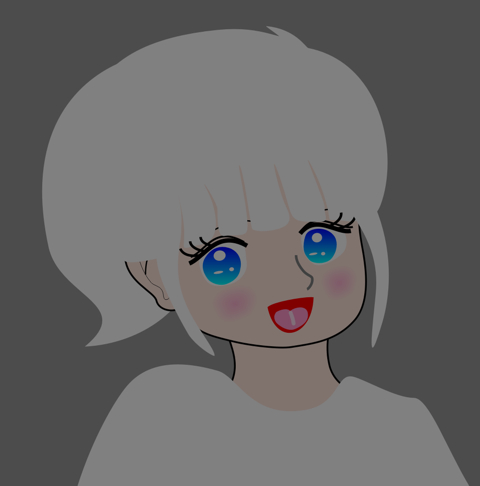
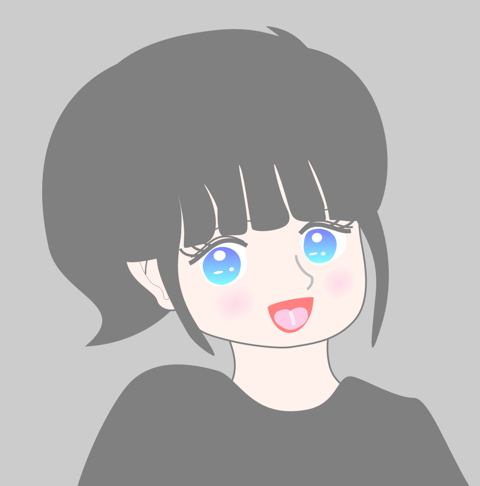
↑ 乗法的色変換(黒50% sRGB) ↑ 加法的色変換(白50% sRGB)
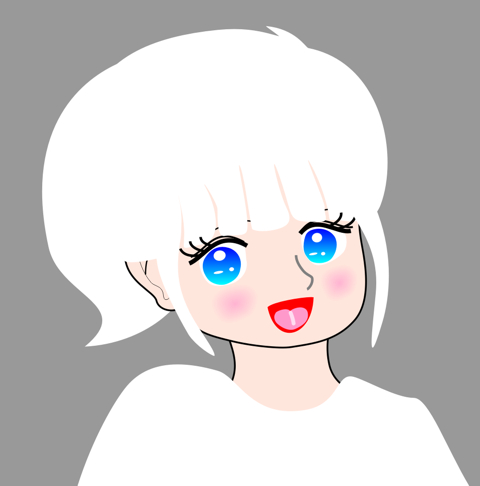
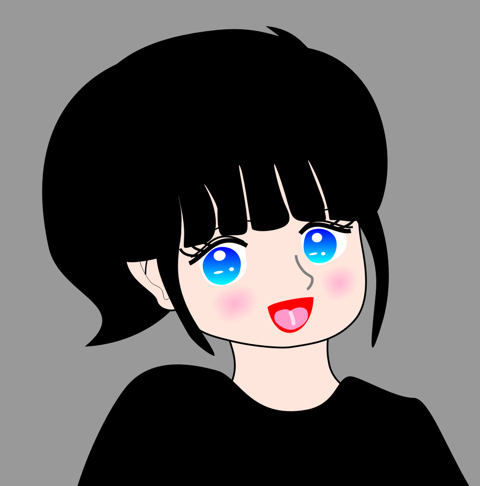
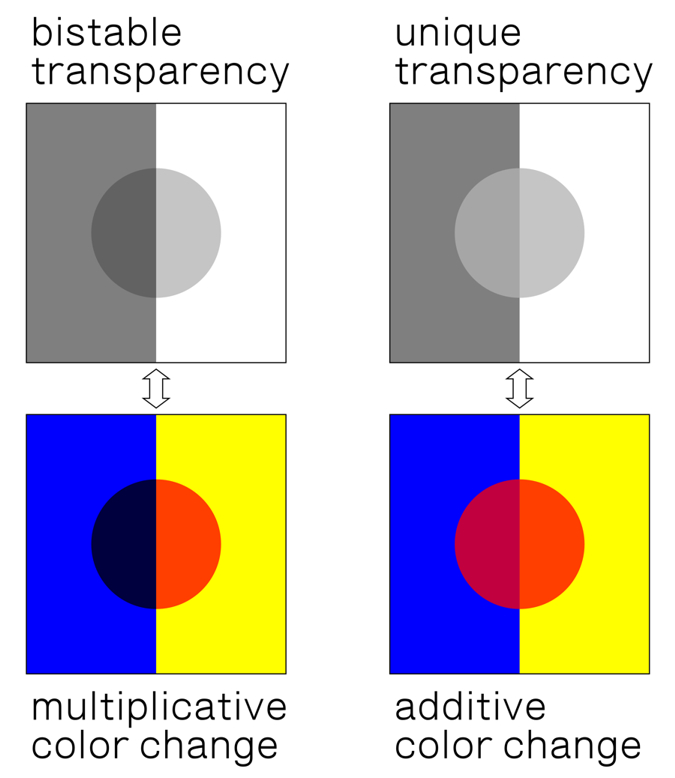
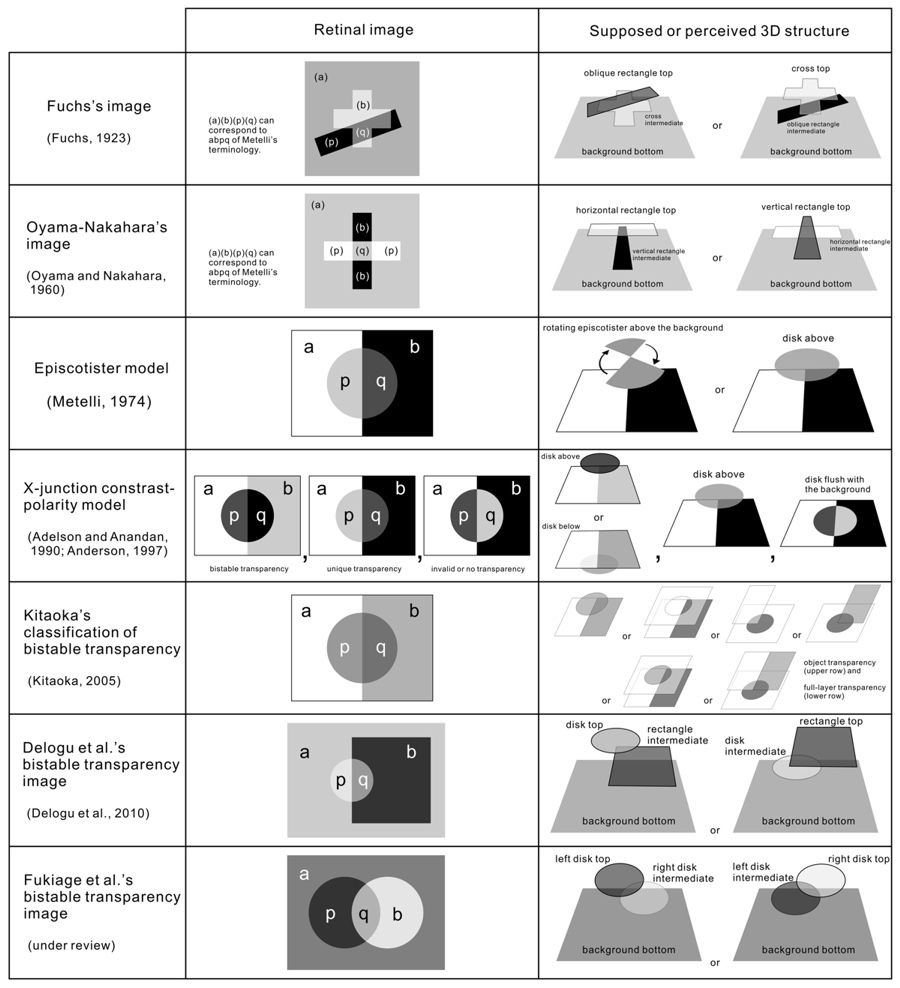
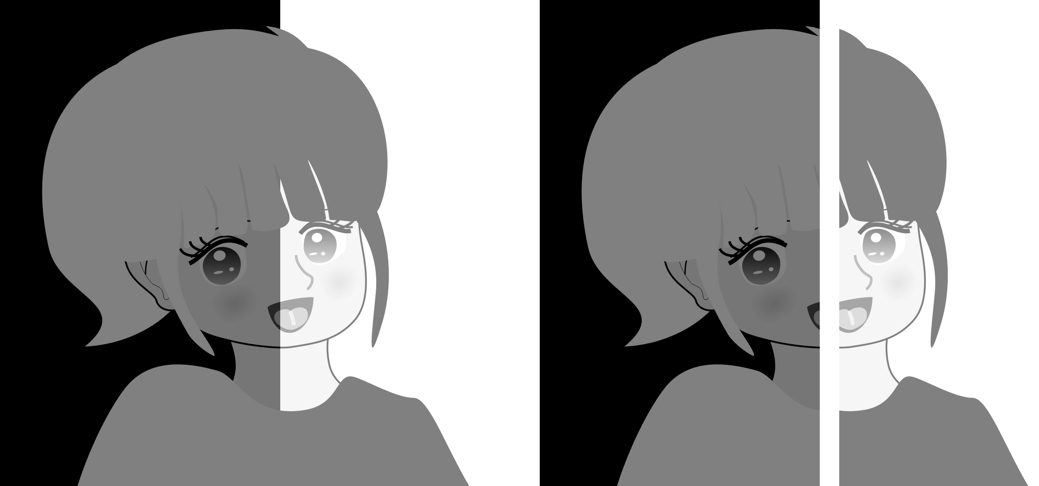
「あしゅら男爵錯視」
髪と服は左半身と右半身がくっついていると同じ灰色であることがわかるが(左)、離れていると明るさが異なって見える(左が明るく右が暗く見える)(右)。コフカの環(下図A)と同型。
Copyright Akiyoshi Kitaoka 2015 (September 5)
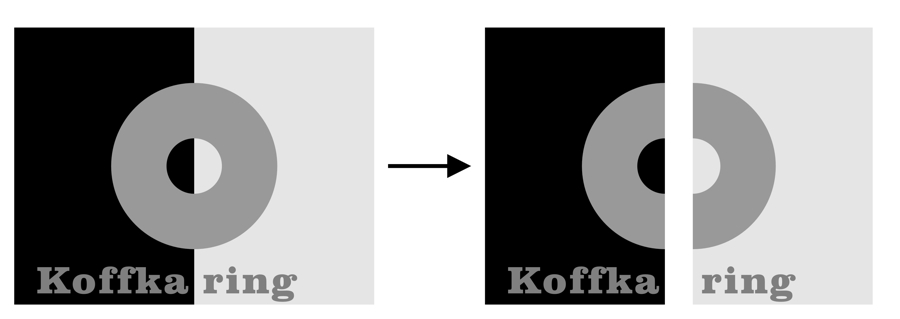
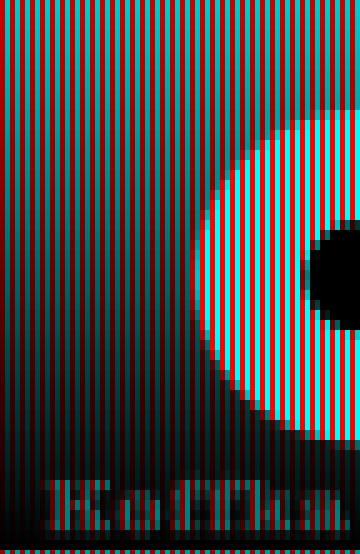
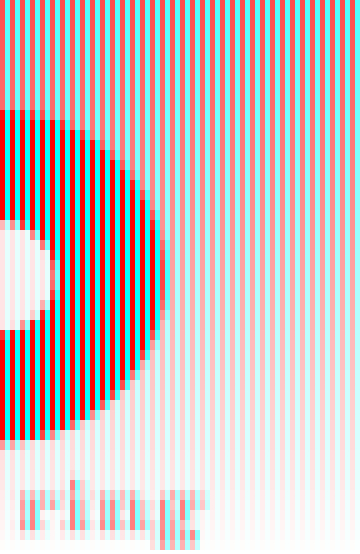
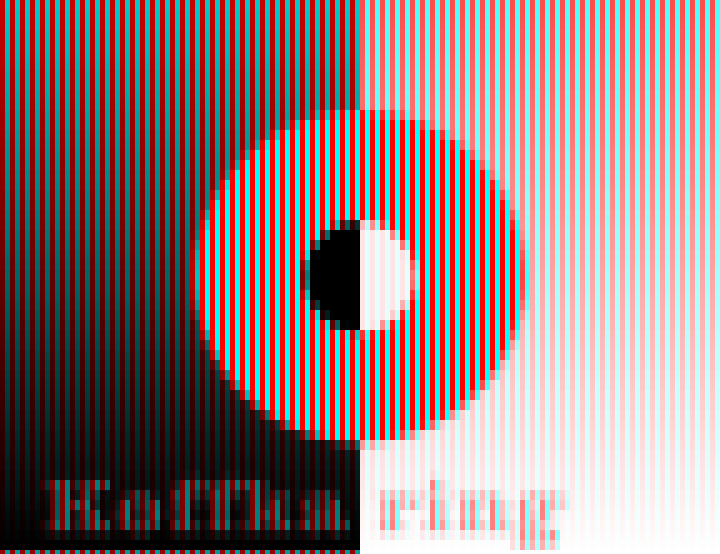
図地分離錯視との関係
(再掲)


↓ 等間隔に黒線を乗せる ↓ 等間隔に白線を乗せる
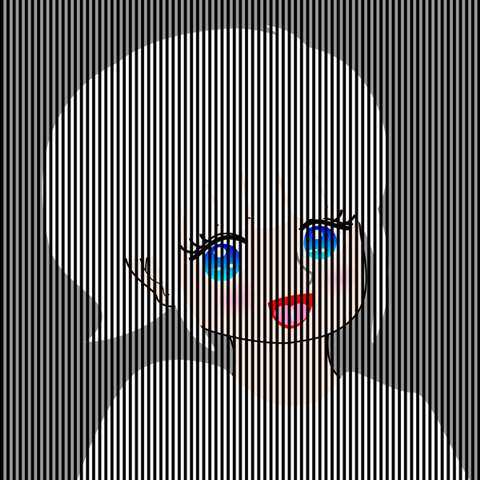
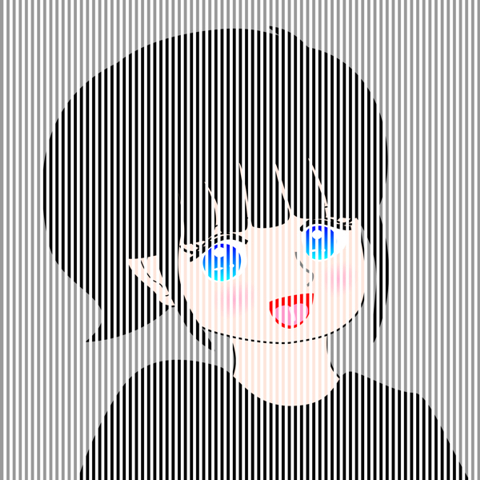
左右とも髪と服は白と黒の縞模様でできていて全く同じであるが、左は白く見え、右は黒く見える。
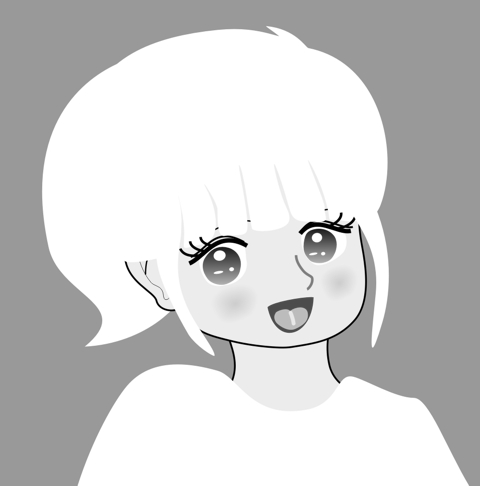
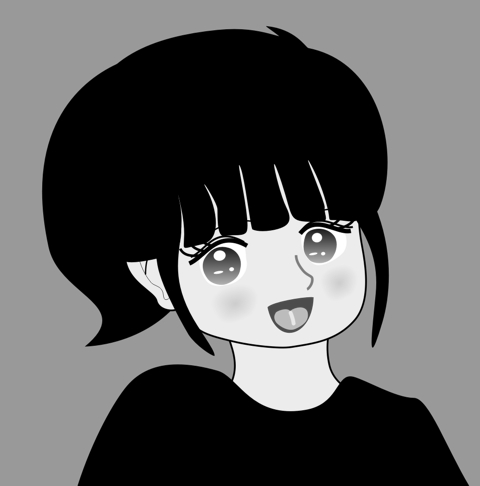
↓ 等間隔に黒線を乗せる ↓ 等間隔に白線を乗せる
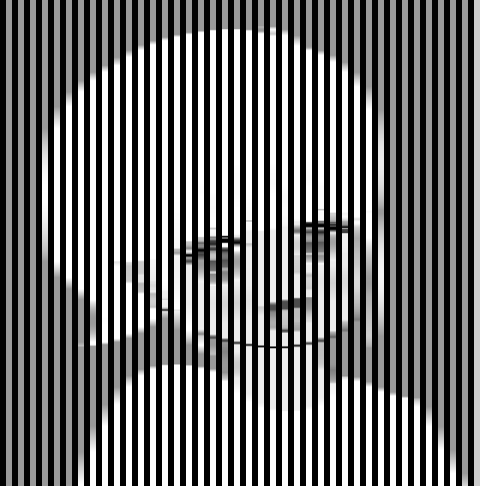
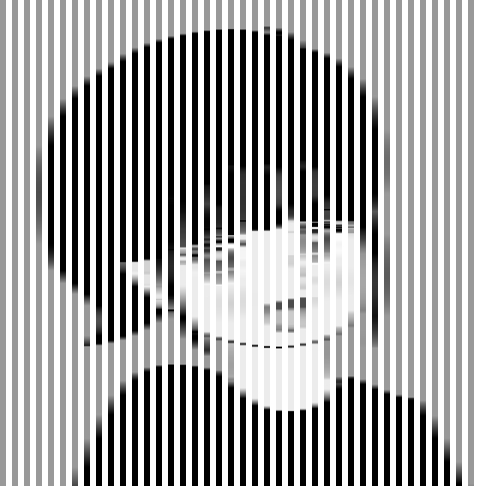
左右とも髪と服は白と黒の縞模様でできていて全く同じであるが、左は白く見え、右は黒く見える。
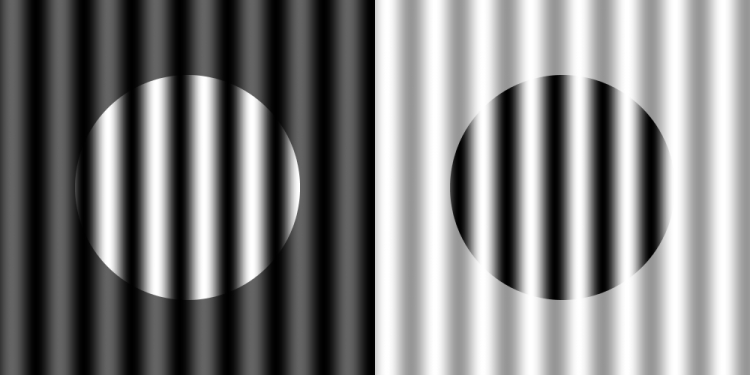
「図地分離による明るさ錯視」・・・左右の円内は同じ縞模様であるが、左は白い円、右は黒い円が見える。
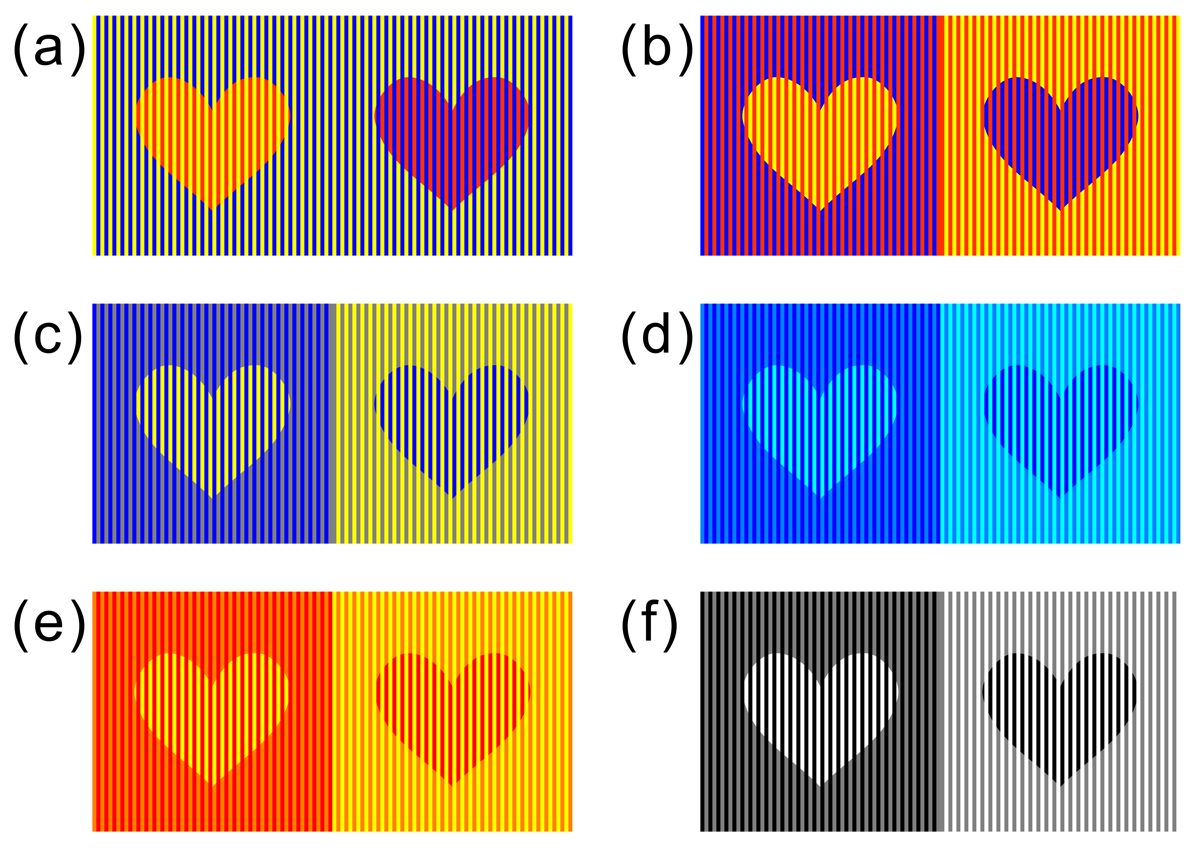
北岡明佳 (2012) 色の錯視いろいろ (6) 図地分離による錯視 日本色彩学会誌, 36(3), 237-238. PDF(スキャンコピー)
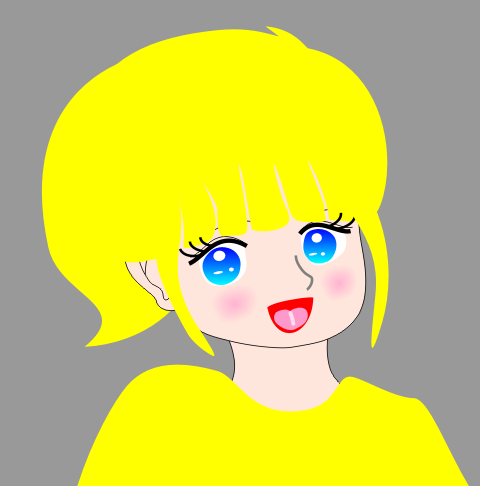
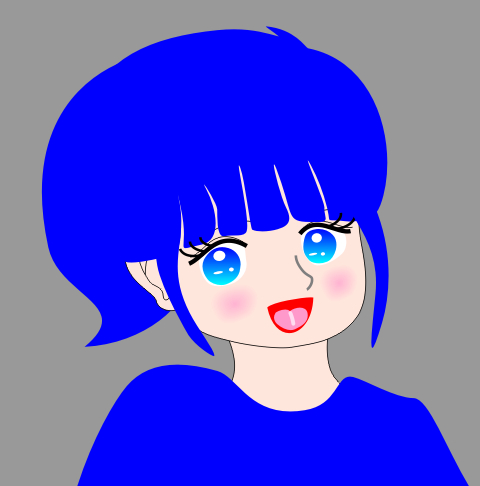
↓ 等間隔に黒線を乗せる ↓ 等間隔に白線を乗せる
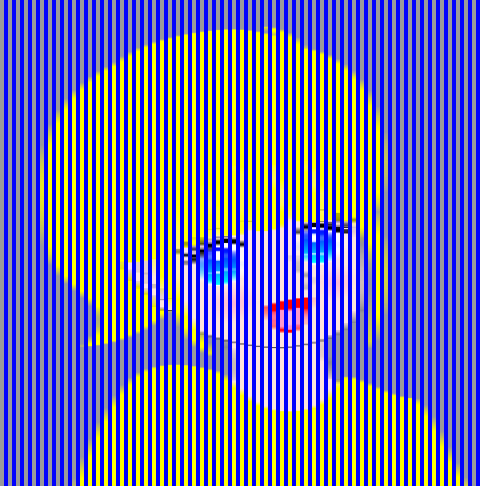
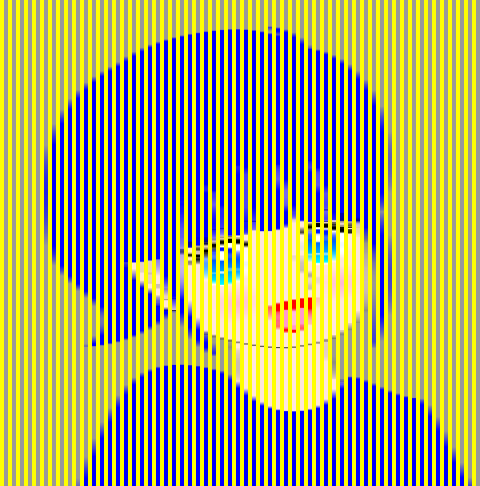
左右とも髪と服は黄と青の縞模様でできていて全く同じであるが、左は黄に見え、右は青に見える。
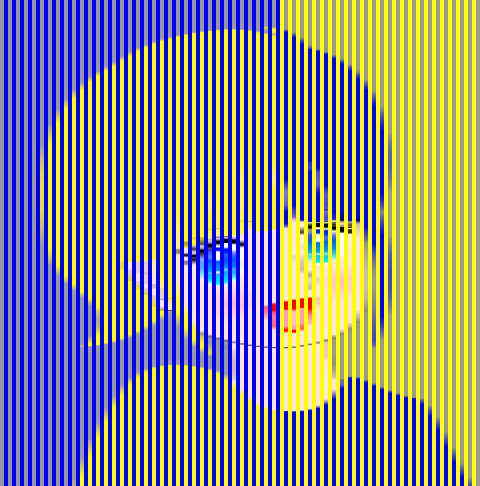
あしゅら男爵化
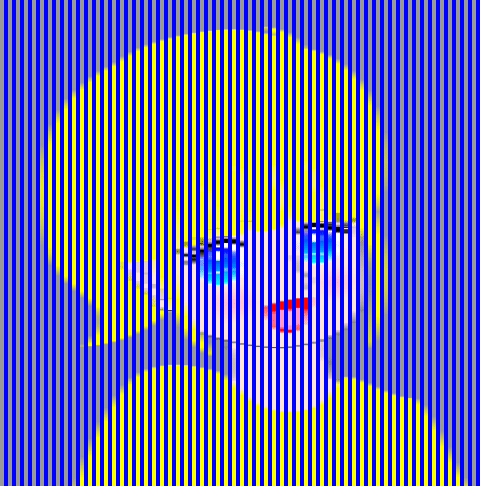
早変わり
(GIF アニメ)
アンダーソン錯視との関係


↓ グレースケールパターンで乗法的色変換 ↓ グレースケールパターンで加法的色変換
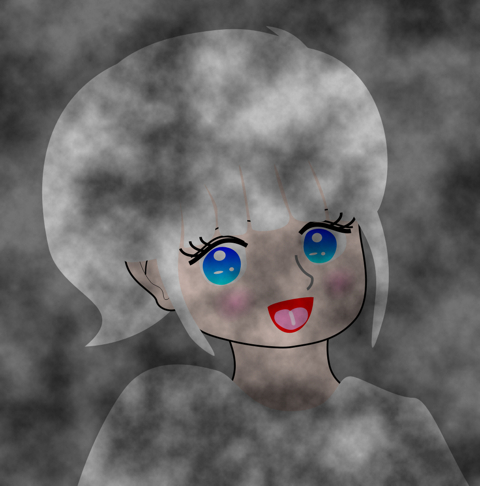
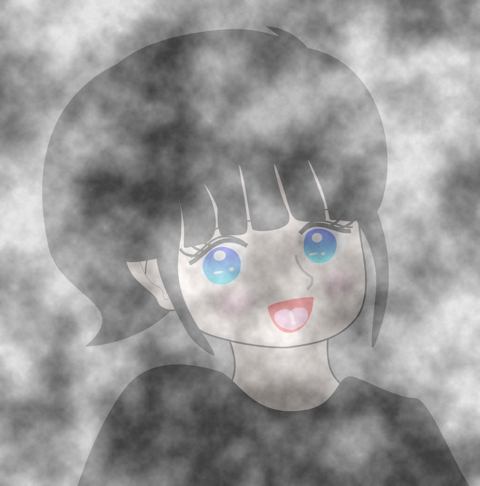
左右とも髪と服はグレースケールの雲模様でできていて全く同じであるが、左は白く見え、右は黒く見える。
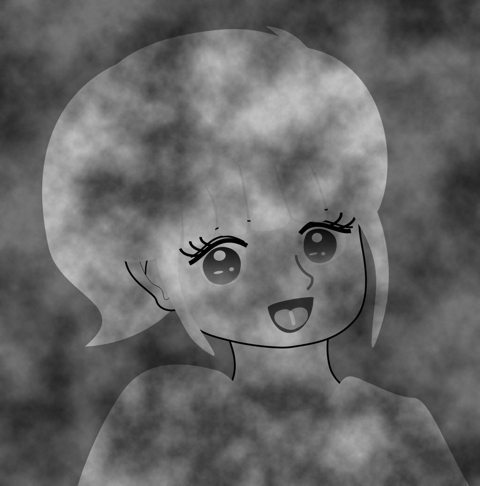
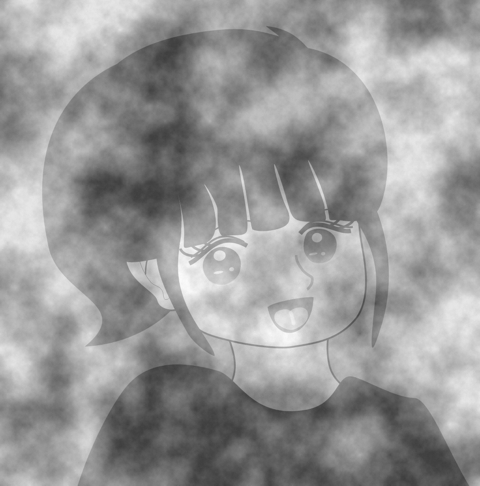
Anderson's illusion
Anderson, B. L. and Winawer, J. (2005) Image segmentation and lightness perception. Nature, 434, 79-83.
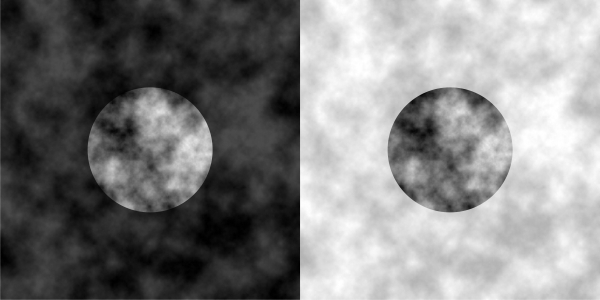
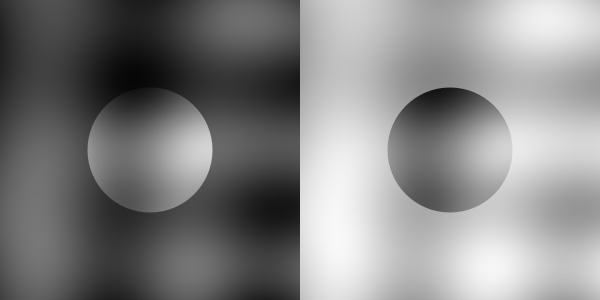
The inset surrounded by the darker background appears to be lighter than the same pattern surrounded by the brighter background.
See Bart's Homepage
(Lightness scission)
The chromatic Anderson's illusion is possible.
Wollschläger, D. and Anderson, B.L. (2009) The role of layered scene representations in color appearance. Current Biology, 19, 430-435.
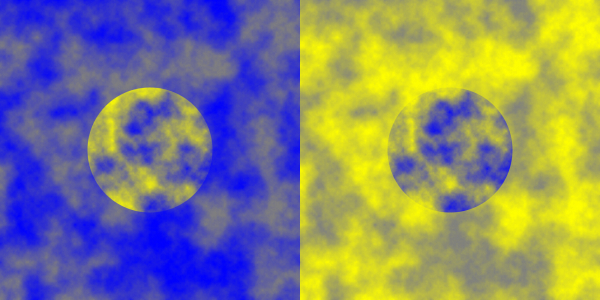
The inset surrounded by the bluish background appears to be yellowish while the inset surrounded by the yellowish background appears to be bluish.
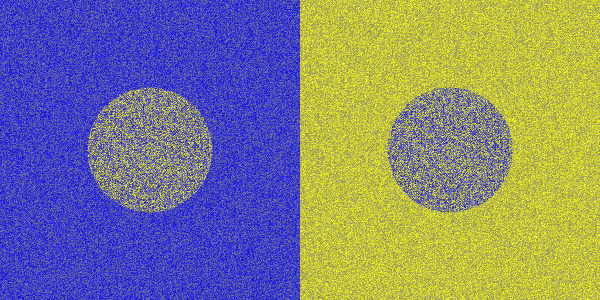
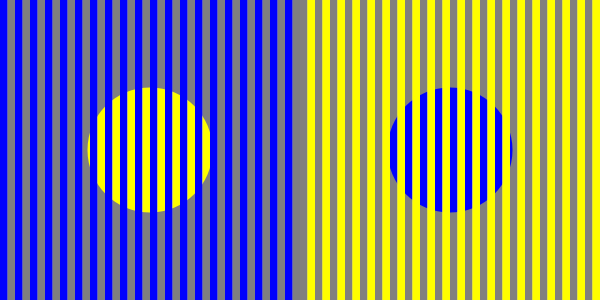
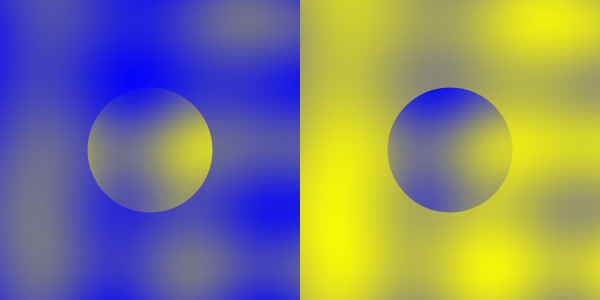
Chromatic Anderson's illusion does not depend on colour contrast, as shown
below.
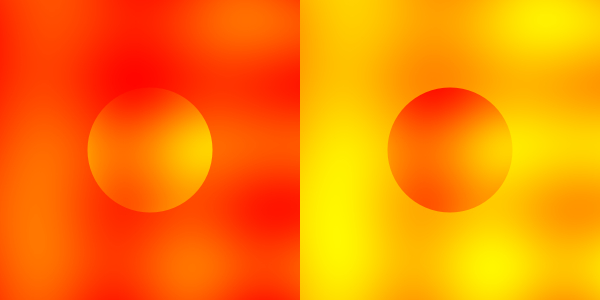
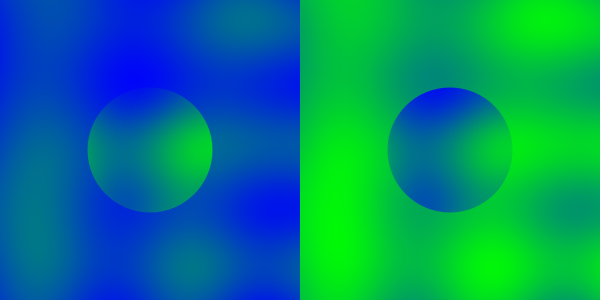
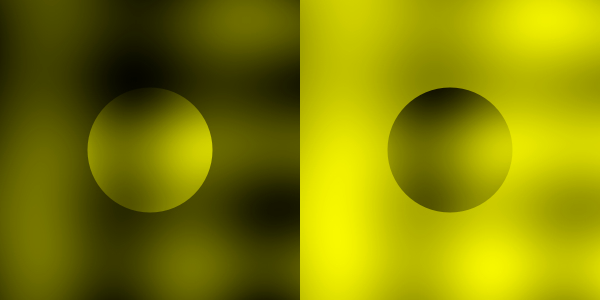
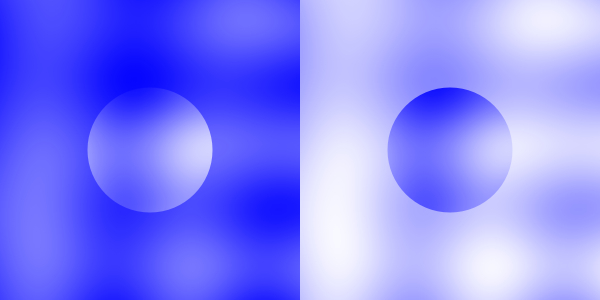
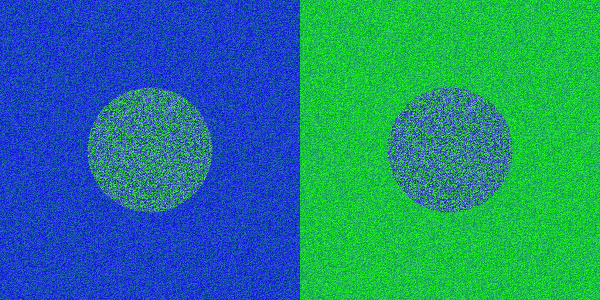
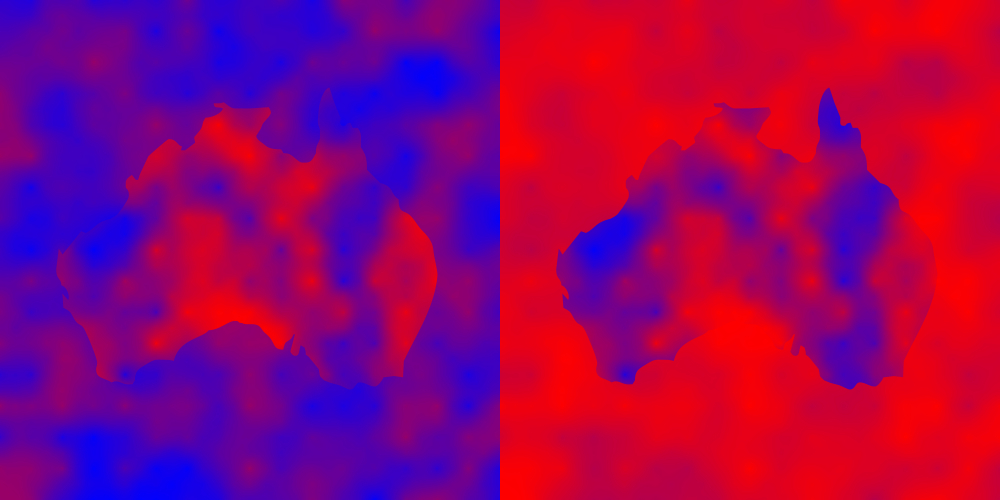
"Australia seen from space and dust storm over Australia"
The two Australia shapes are physically the same color and texture, but the left Australia appears to be reddish while the right one appears to be bluish with red dust storm blanketing it. This effect depends on the chromatic version of Anderson's illusion.
Copyright Akiyoshi .Kitaoka 2009 (September 25)
Anderson, B. L. and Winawer, J. (2005) Image segmentation and lightness perception. Nature, 434, 79-83.
Wollschläger, D. and Anderson, B.L. (2009) The role of layered scene representations in color appearance. Current Biology, 19, 430-435.
(Colour scission)
「『九州の錯視』の作り方」
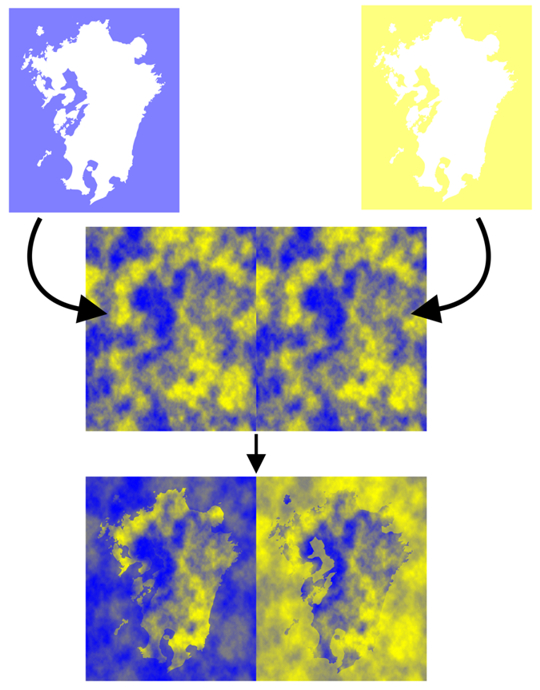
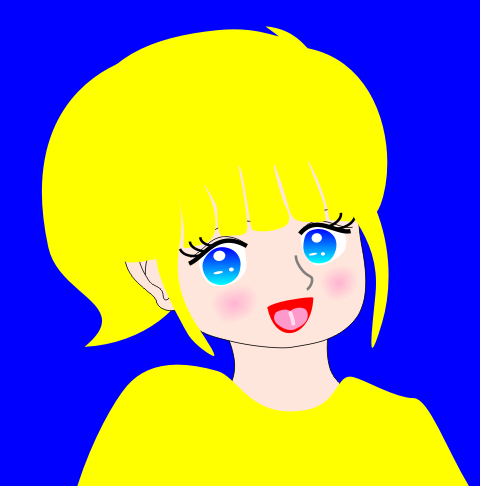
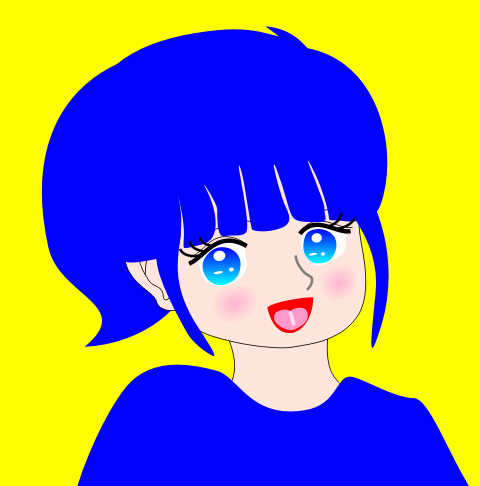
↓ ↓
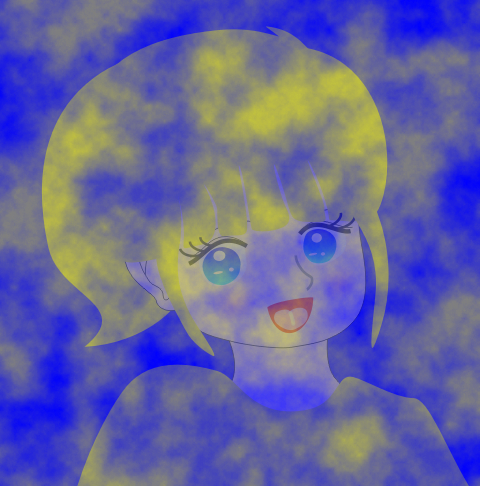
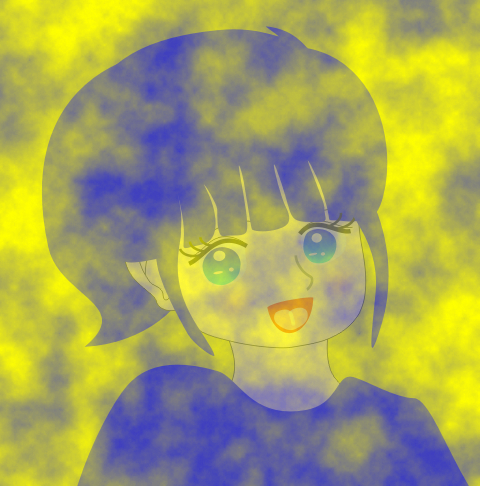
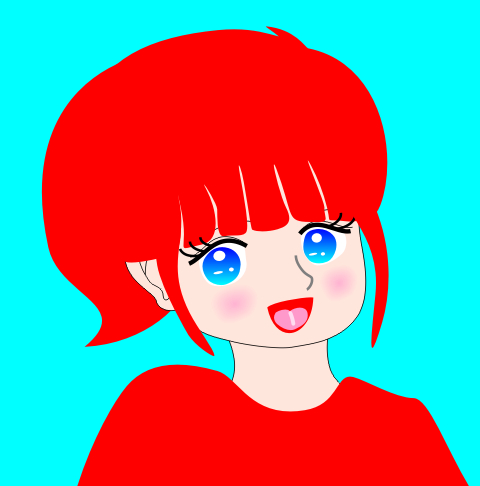
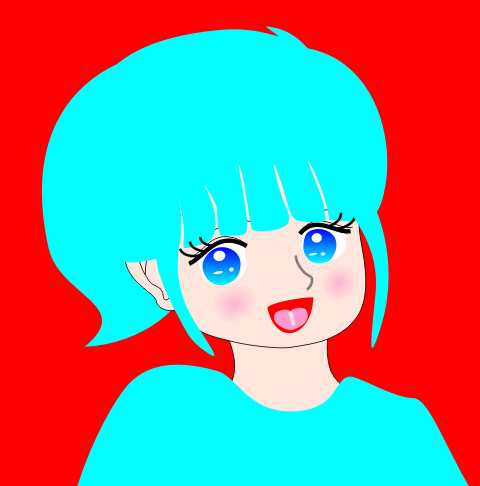
↓ ↓
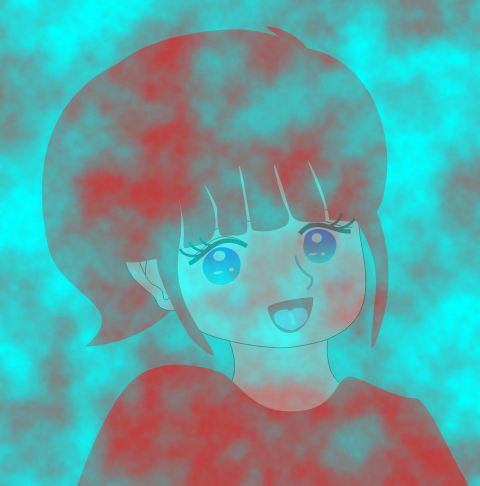
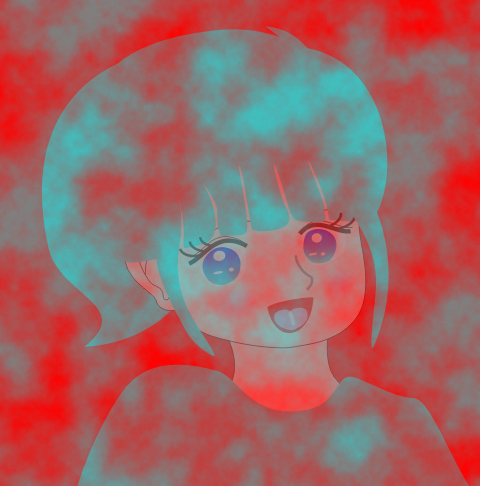
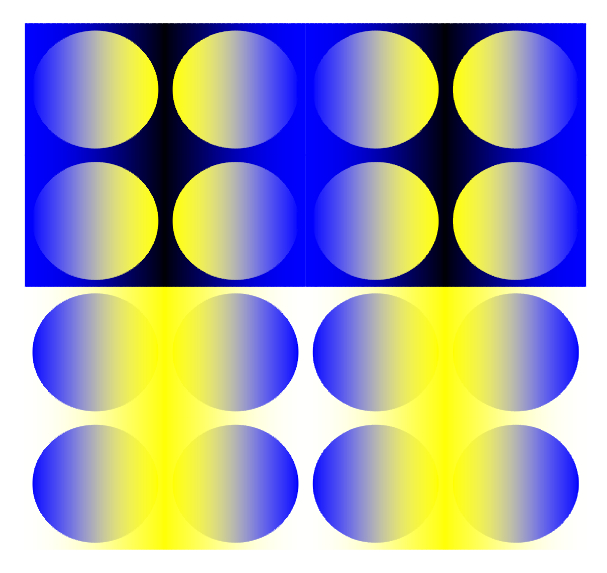
「サーチライト」
黄色のサーチライトが当たっているように見える。各縦列の円の中の色グラデーションは同じであるが、上2つは黄色の円に見え、下2つは青の円に見える。
Copyright Akiyoshi Kitaoka 2005 (December 7)
Color phantoms

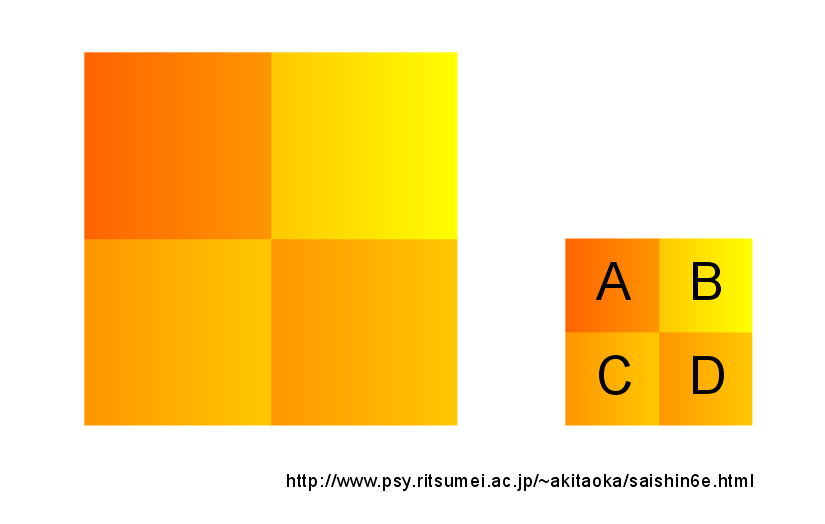
A と D、B と C が同じ感じに見えるが、物理的には C と D が同じである。
Copyright Akiyoshi .Kitaoka 2005 (August 12)
「色勾配と輝度勾配による色・明るさ錯視の工作セット」

色&輝度勾配画像(色&明るさのグラデーション画像:上図)にその中央部分(中図)を切り取ったものを左右に寄せて配置するとできあがり(左図)。用意するものはハサミと輝度勾配画像。4つの正方形の片は同じ色&輝度(正確には色&輝度グラデーションであるが、一番左は明るく黄色っぽく、一番右は暗く赤っぽく見える。
Copyright Akiyoshi Kitaoka 2015 (November 8)
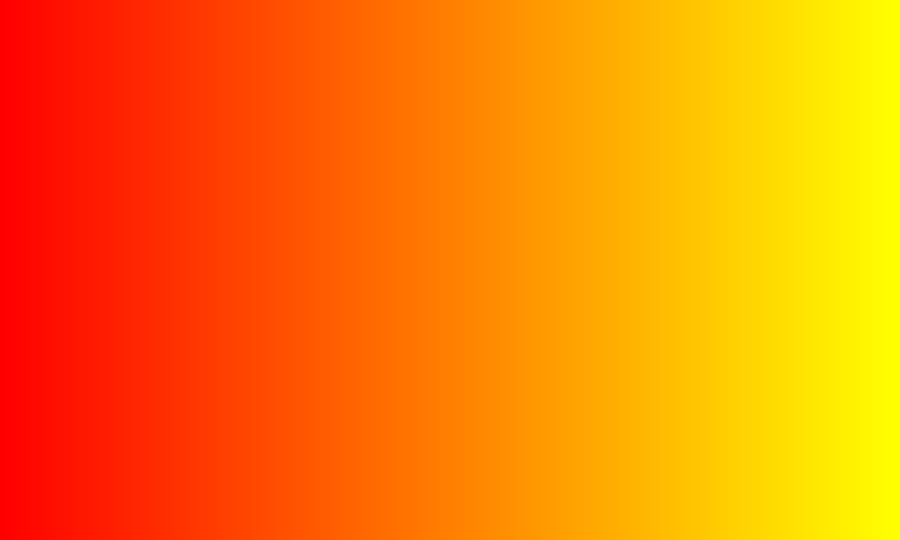
輝度勾配画像 (クリックして高解像度ファイルをダウンロード)
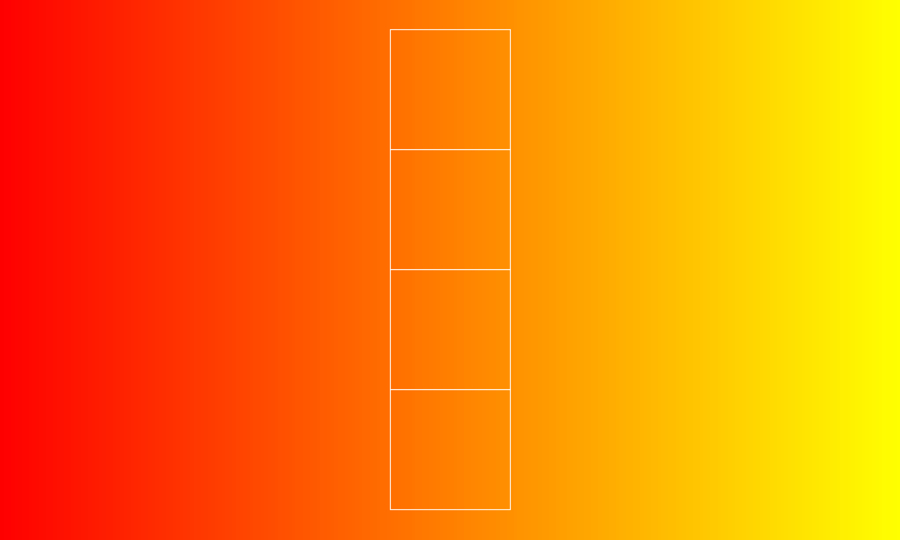
切り取り用輝度勾配画像 (クリックして高解像度ファイルをダウンロード)

グラフィクスによる作例(クリックして高解像度ファイルをダウンロード)
Copyright Akiyoshi Kitaoka 2015 (November 8)
動画デモ colorgradation01-00240.mp4
Copyright Akiyoshi Kitaoka 2015 (November 8)
「輝度勾配による明るさ錯視の工作セット」
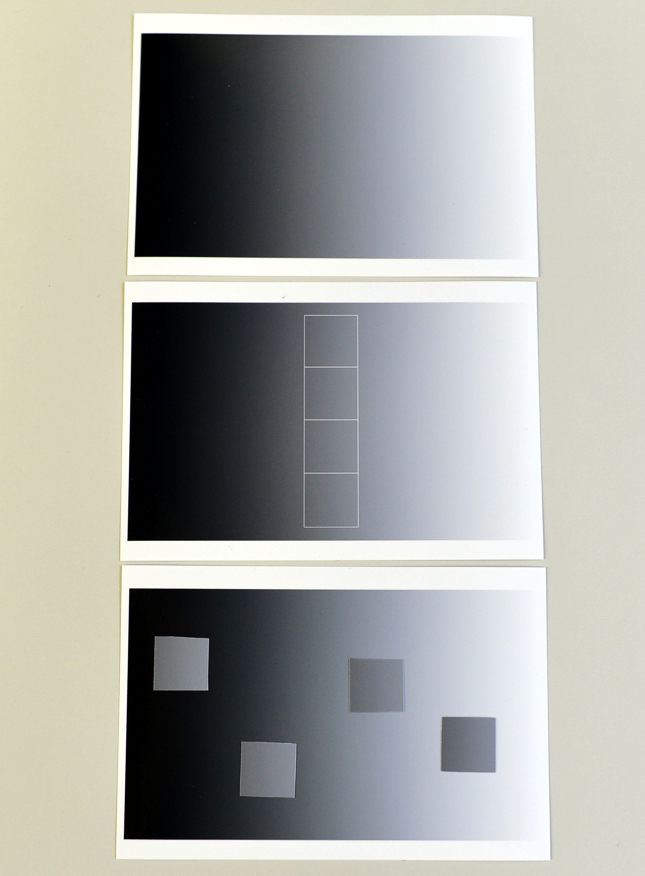
輝度勾配画像(明るさのグラデーション画像:上図)にその中央部分(中図)を切り取ったものを左右に寄せて配置するとできあがり(左図)。用意するものはハサミと輝度勾配画像。4つの正方形の片は同じ輝度(正確には輝度グラデーションであるが、一番左は明るく、一番右は暗く見え、中間のは中間の明るさに見える。
Copyright Akiyoshi Kitaoka 2015 (July 4)
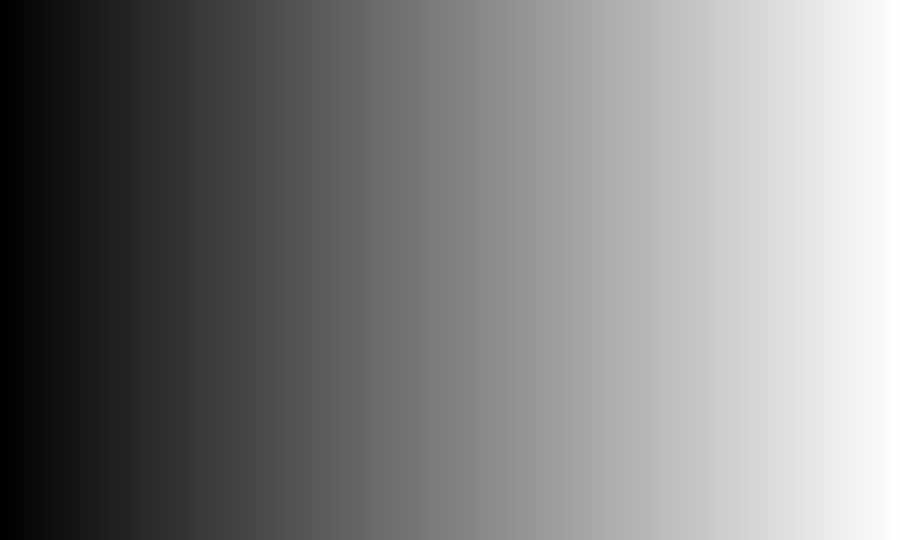
輝度勾配画像 (クリックして高解像度ファイルをダウンロード)
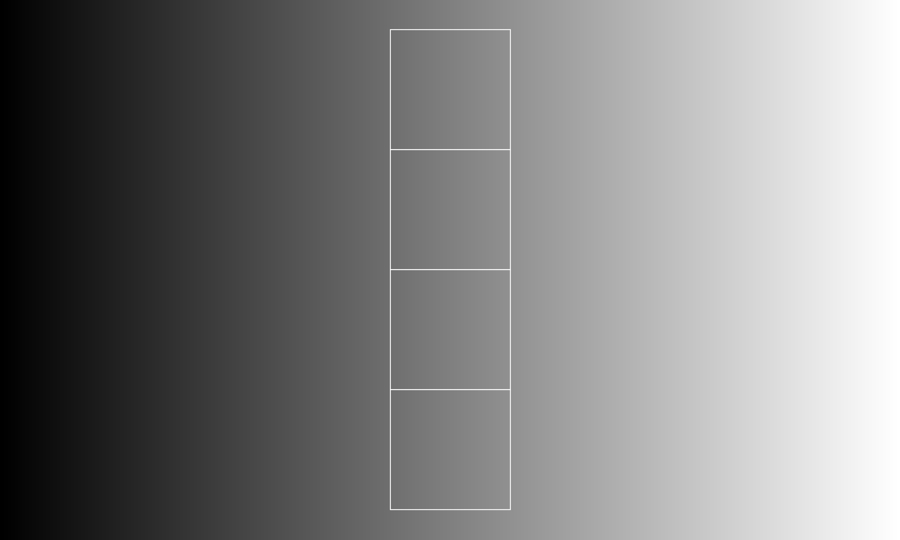
切り取り用輝度勾配画像 (クリックして高解像度ファイルをダウンロード)
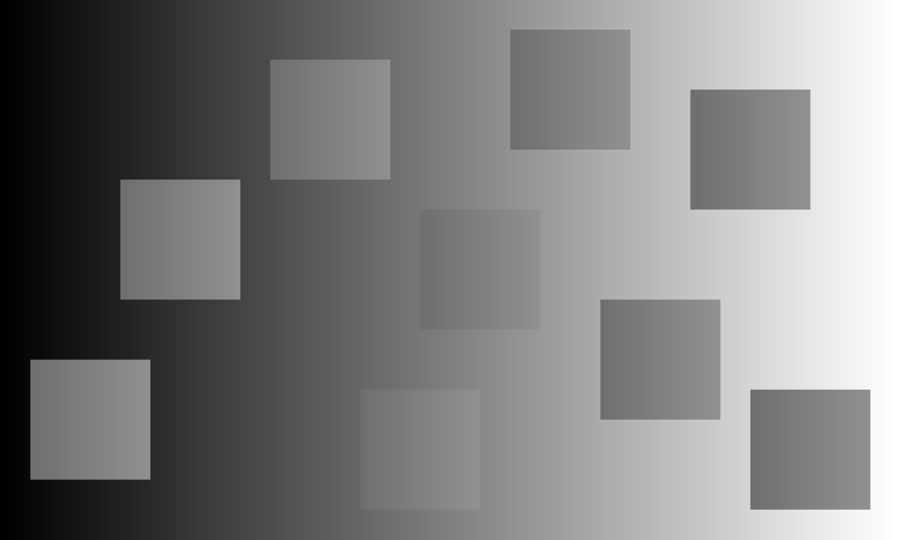
グラフィクスによる作例(クリックして高解像度ファイルをダウンロード)
Copyright Akiyoshi Kitaoka 2015 (July 4)
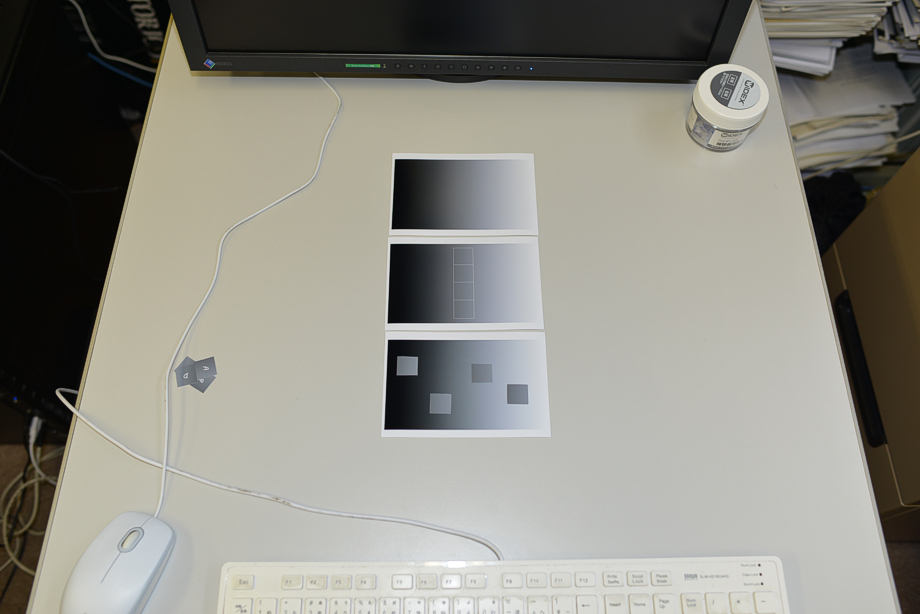
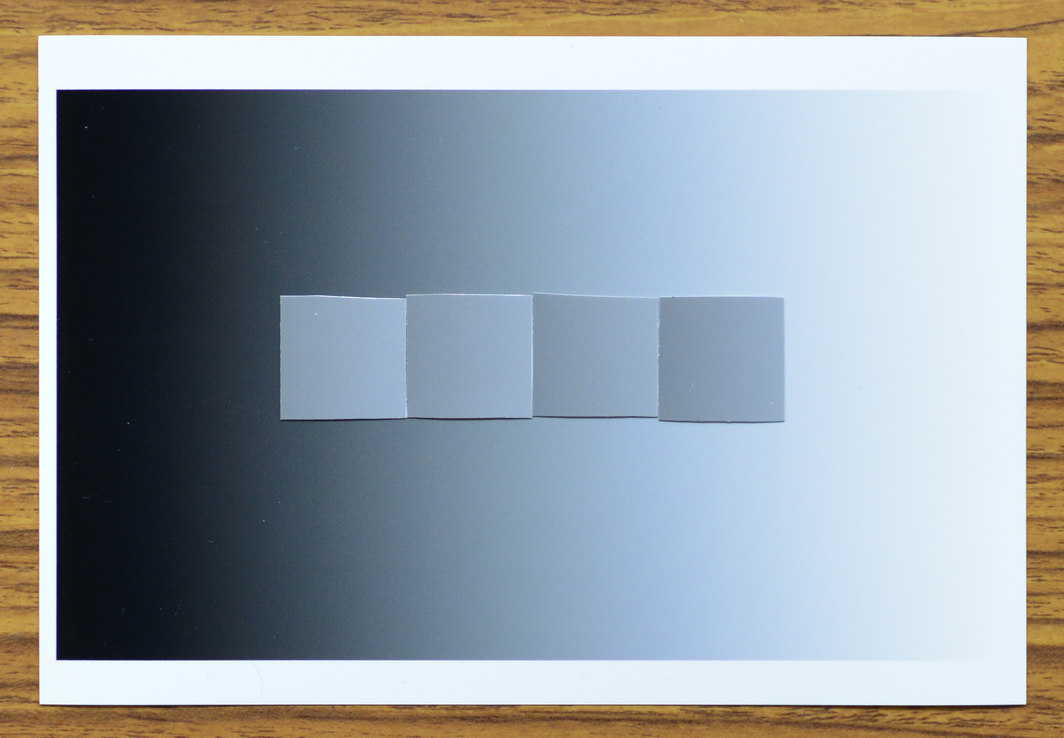
Copyright Akiyoshi Kitaoka 2015 (July 4)
Copyright Akiyoshi Kitaoka 2015 (November 18)
< シマシマガクガク錯視 >
Kitaoka, A. (2014). Visual illusion in ARTPOP and pop art. Japanese Journal of Psychonomic Science, 32(2), 232-234. PDF, PDF (scanned copy)
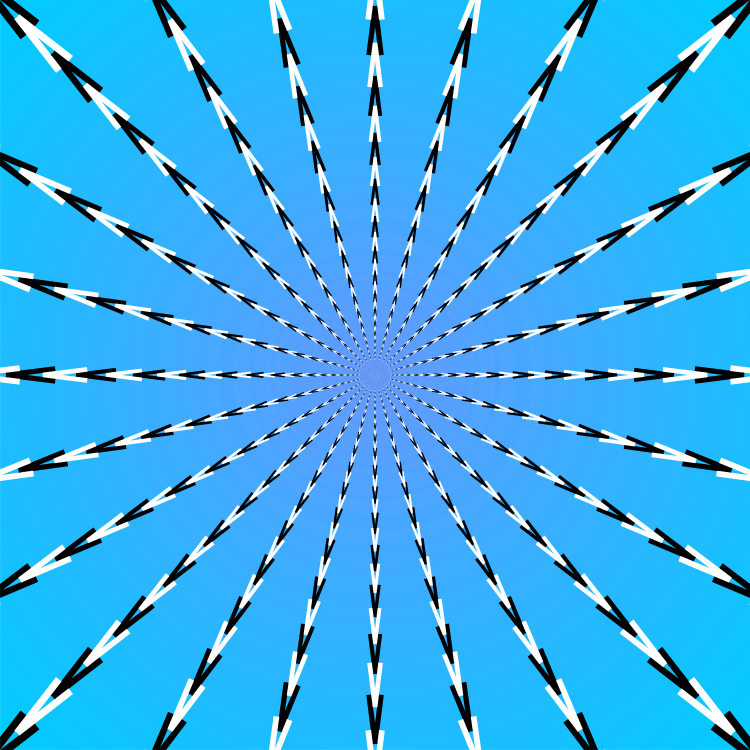
「ガンガゼ」
ガクガクして見える。
Copyright Akiyoshi Kitaoka 2008 (March 11)
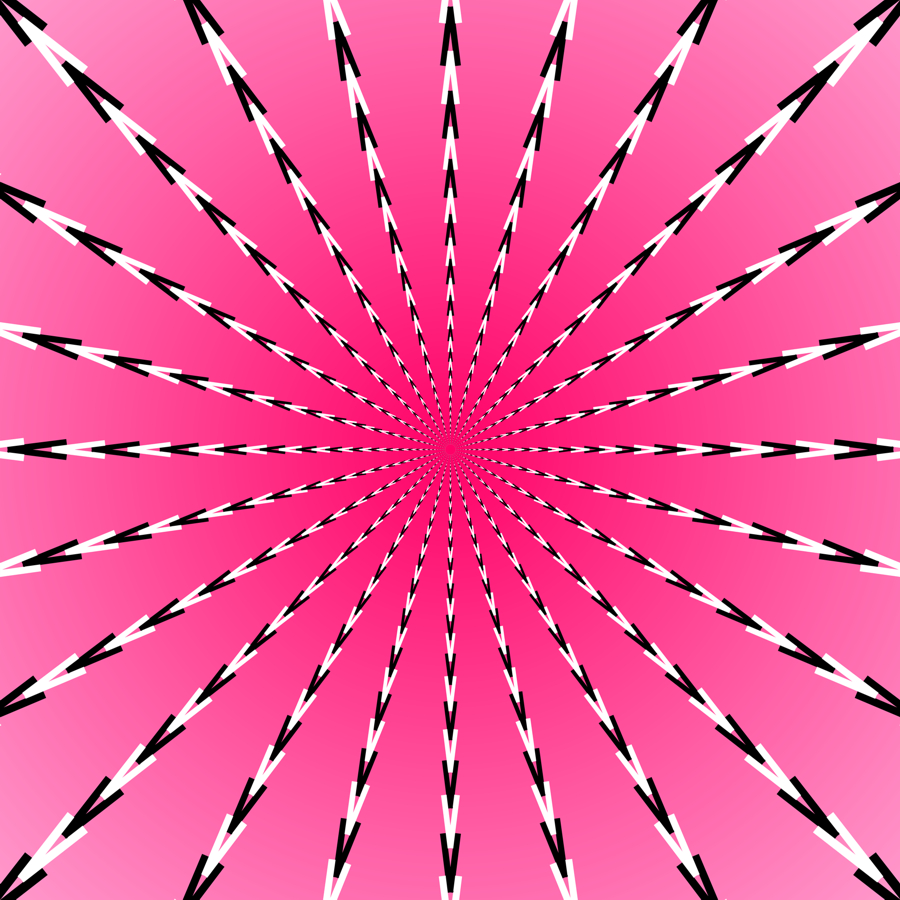
「ピンクのガンガゼ」
ガクガクして見える。
Copyright Akiyoshi Kitaoka 2013 (February 5)
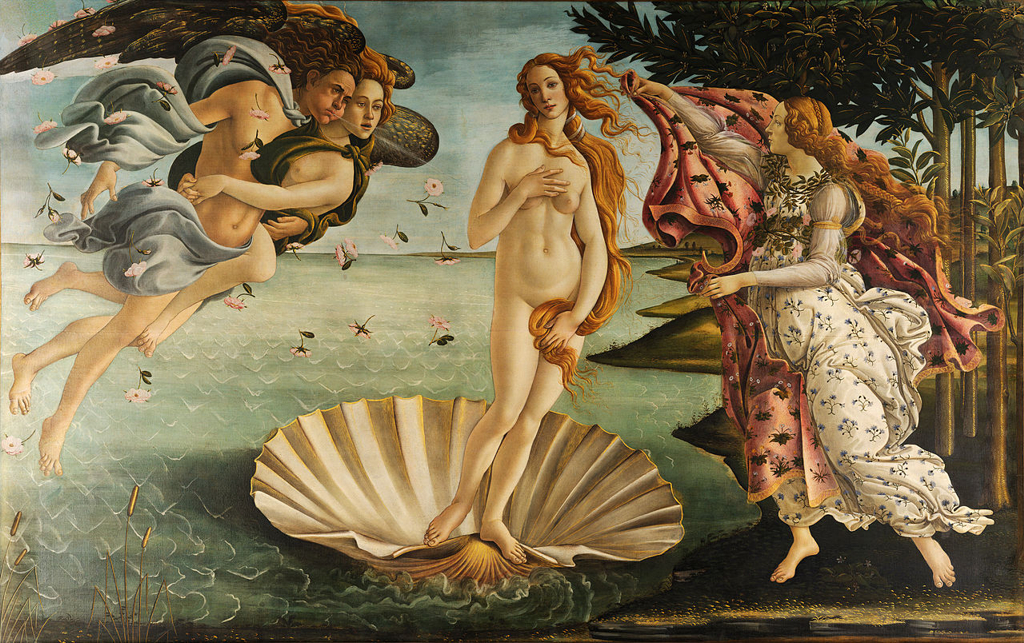
『ヴィーナスの誕生』 サンドロ・ボッティチェリ作 1483年頃
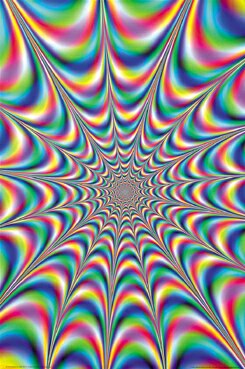
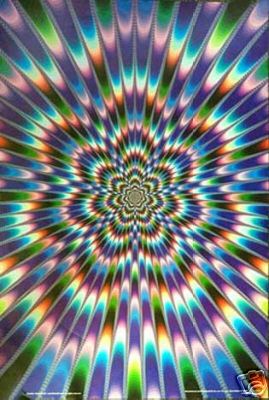
"Fractal Illusion" and "Fractal Zap"
Copyright Jeff Berkeley 1993 (Fractal Illusion), 1994 (Fractal Zap)
((c) 2000 Lifesmith Classic Fractals, Palmdale, CA, USA; 16-045 Published by AQUAIUS; Printed in the UK. www.aquariusimages.com; 福井県こども歴史文化館による情報)
"These are two of my fractal posters still sold at stores like Spencer's Gifts... "
シマシマドリフト錯視・シマシマガクガク錯視
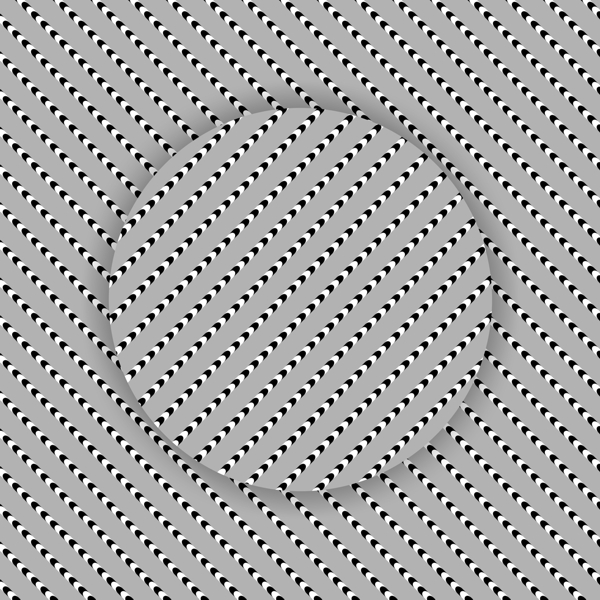
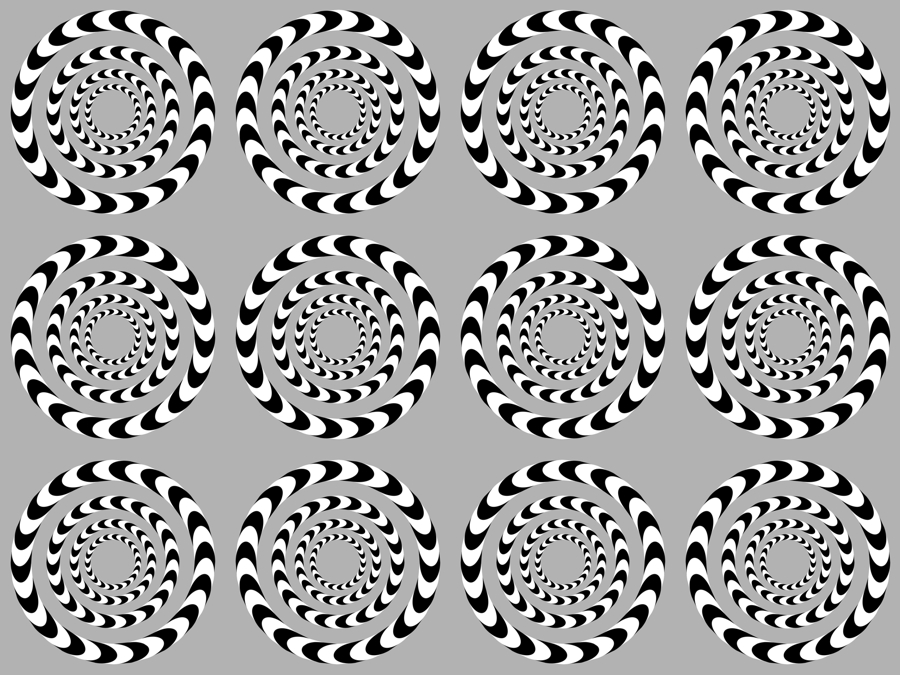
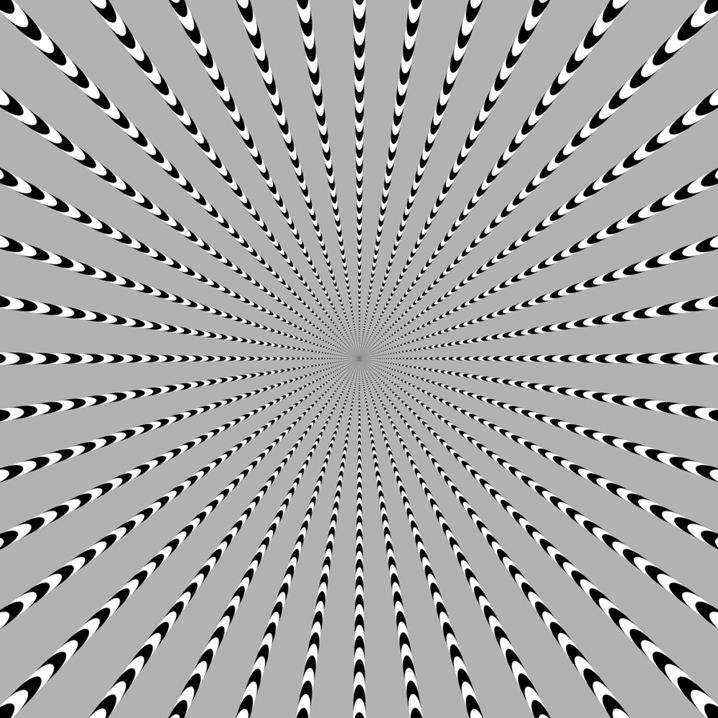
オオウチ錯視(シュピルマン錯視)
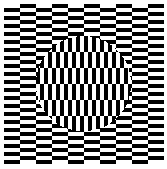
標準型
Spillmann, L., Heitger, F., and Schuller, S. (1986) Apparent displacement and phase unlocking in checkerboard patterns. Paper presented at the 9th European Conference on Visual Perception, Bad Nauheim.
Spillmann, L. (2013). The Ōuchi–Spillmann illusion revisited. Perception,
42, 413–429.
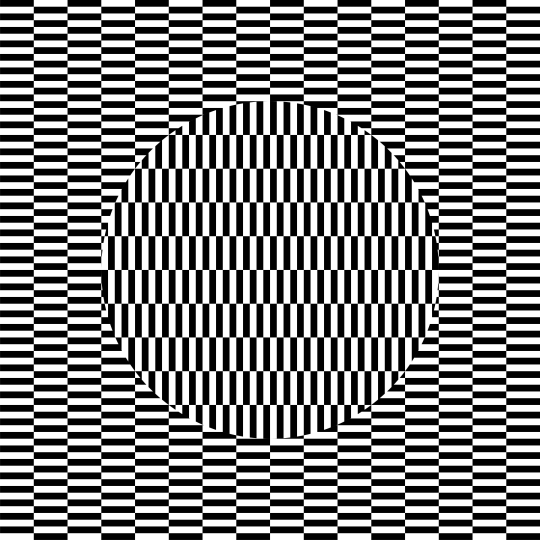
蘆田強化型
Ashida, H. (2002) Spatial frequency tuning of the Ouchi illusion and its dependence on stimulus size. Vision Research, 42, 1413-1420.
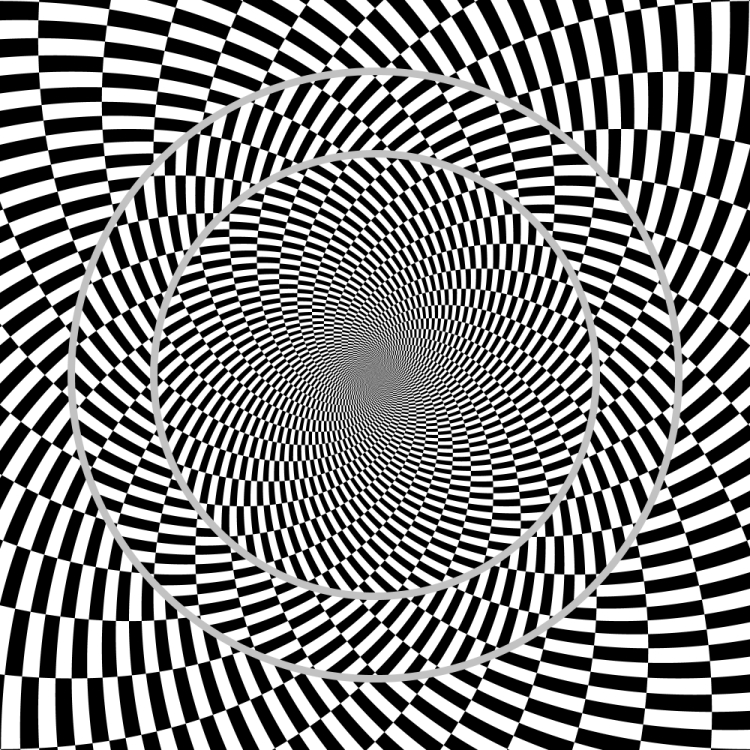
オオウチ錯視:回転錯視表現・拡大縮小錯視表現
Kitaoka, A. and Murakami, I. (2007) Rotating Ouchi illusion. Poster presentation in VSS2007, Sarasota, Florida, USA, May 15, 2007. Abstract (MS-Word) VSS2007 Abstract (including all) (PDF)
(Kitaoka, A., & Murakami, I. (2007). Rotating Ouchi illusion [Abstract]. Journal of Vision, 7(9):984, 984a, http://journalofvision.org/7/9/984/,doi:10.1167/7.9.984.)
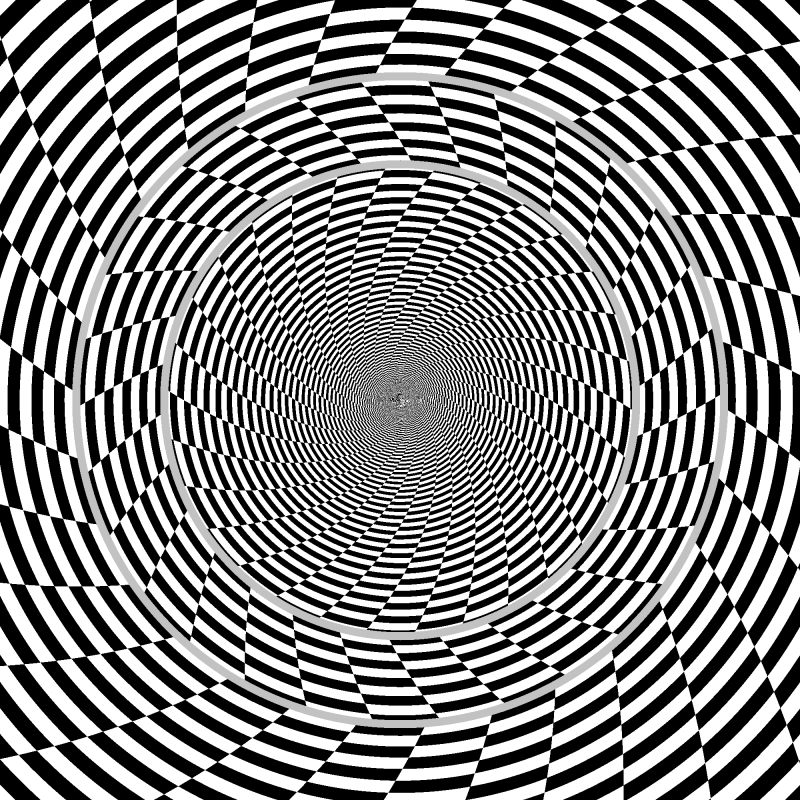
オオウチ錯視:回転錯視表現・窓問題では説明できない例・その1
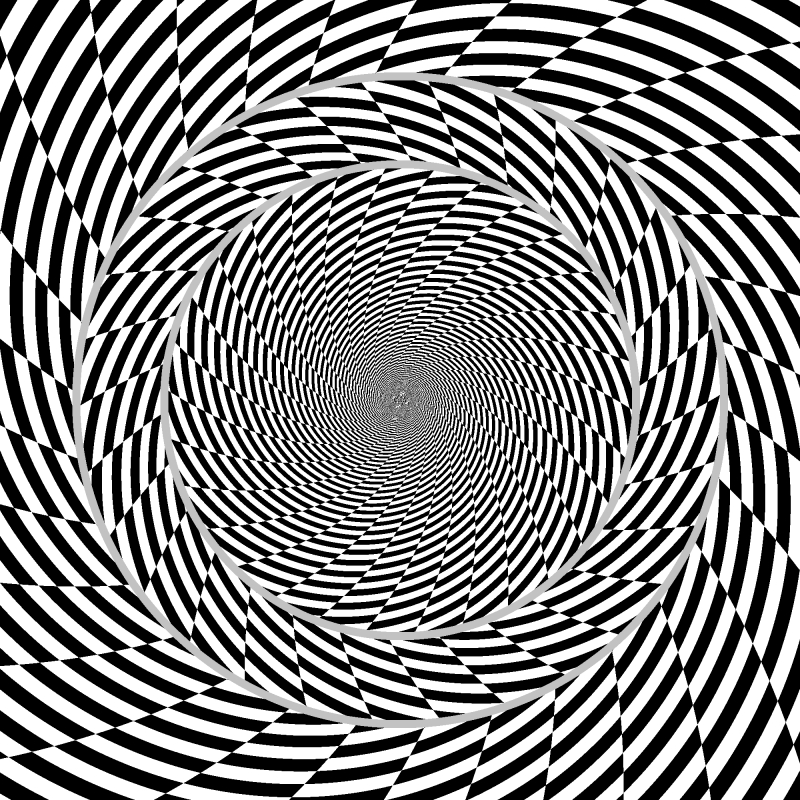
オオウチ錯視:回転錯視表現・窓問題では説明できない例・その2
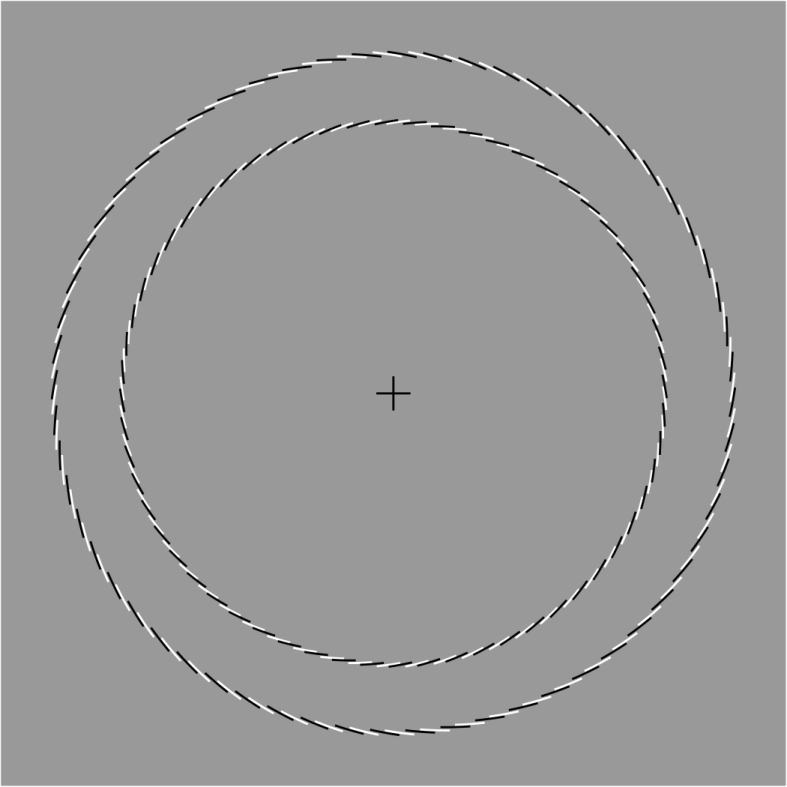
回転錯視表現・窓問題で説明できる例
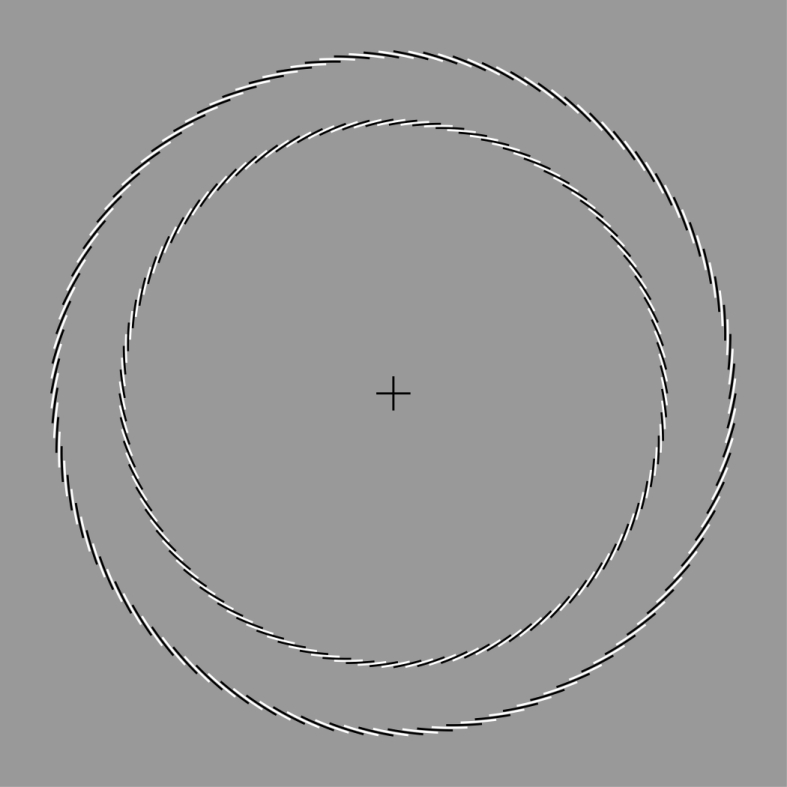
回転錯視表現・窓問題で説明できない例
最近(2011年9月)発見したオオウチ錯視のような錯視図形いろいろ
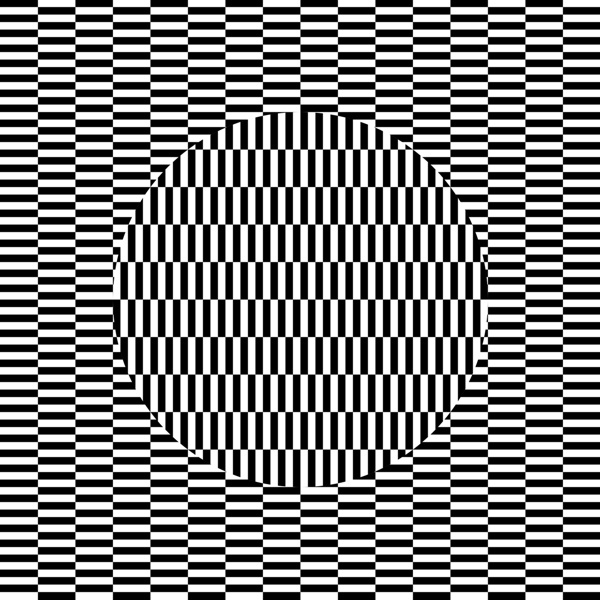
オオウチ錯視・蘆田最適化版の短辺のところを灰色にすると
↓
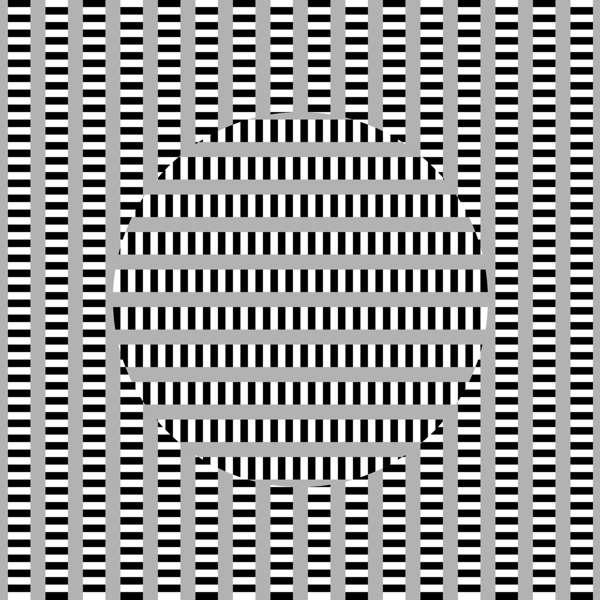
円形領域はやはり動いて見える。あるいは錯視量増大。
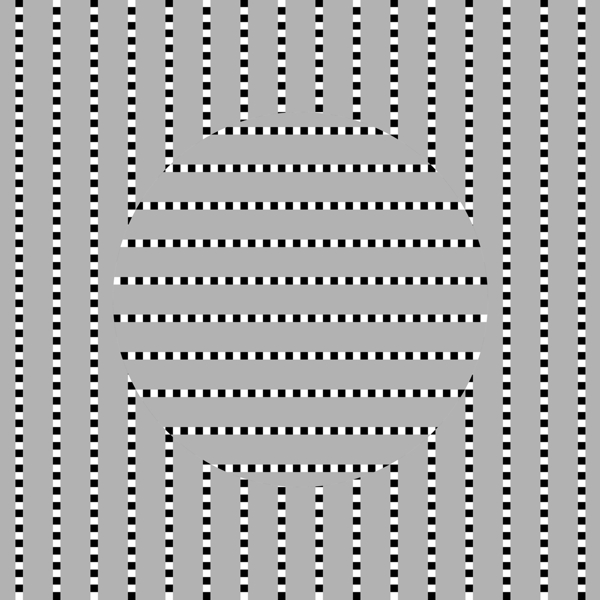
円形領域が動いて見える。
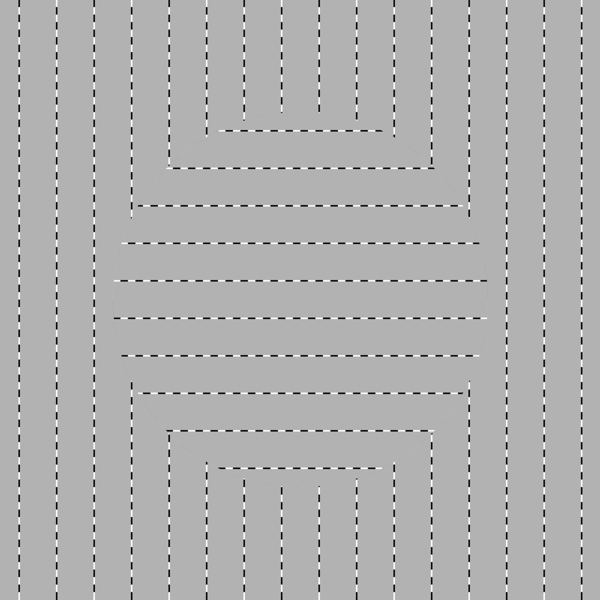
円形領域が動いて見える。
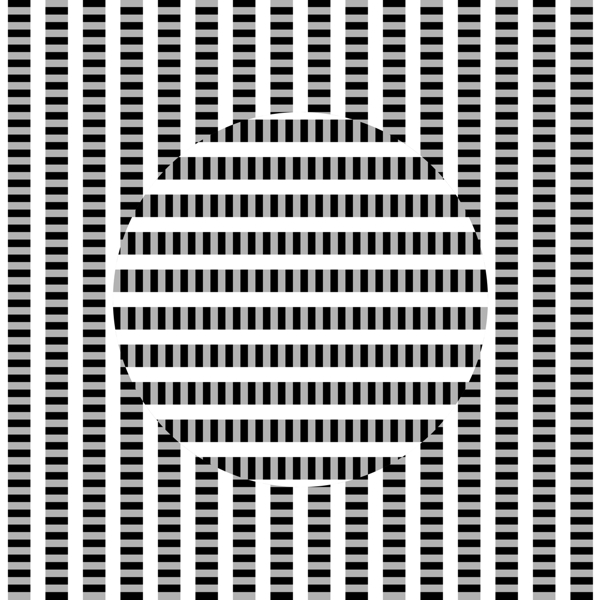
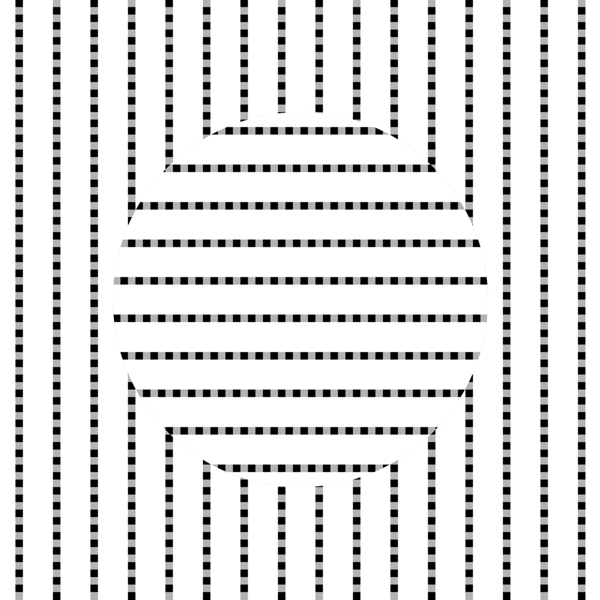
縞の各部位の輝度より遮蔽領域の輝度が高いか低い場合は錯視量が少なくなる。
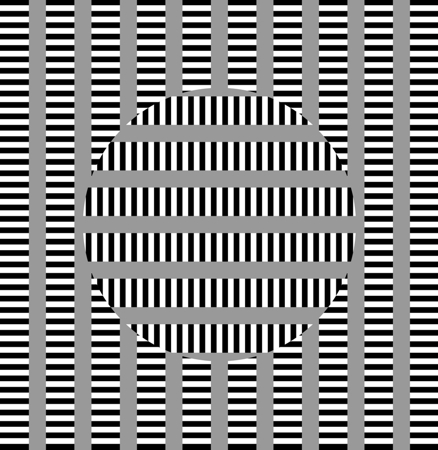
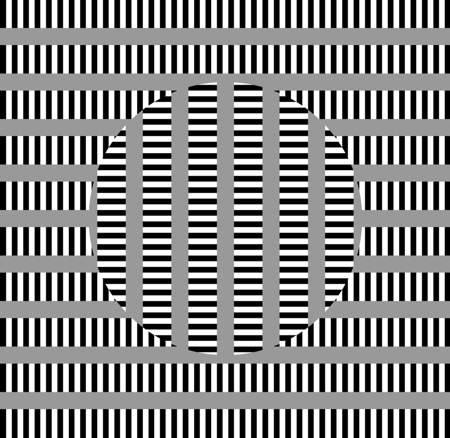
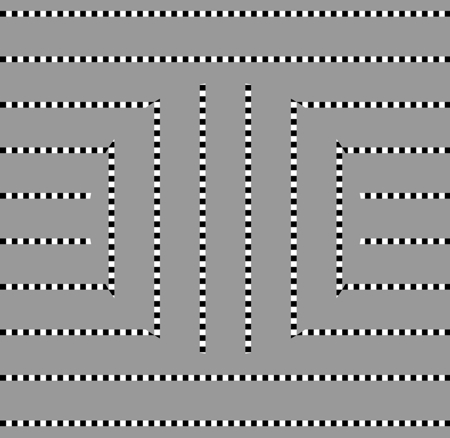
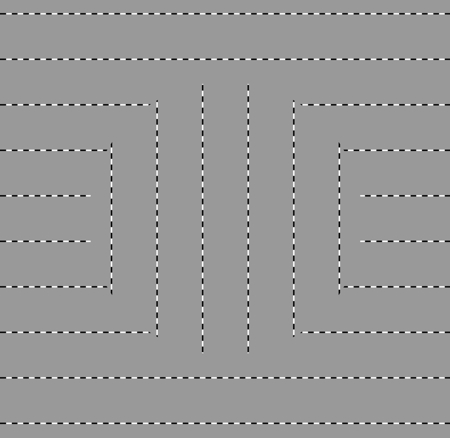
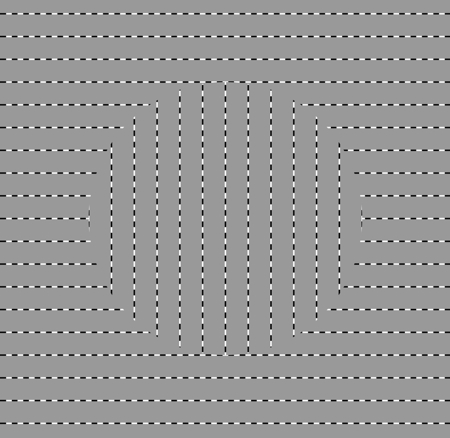
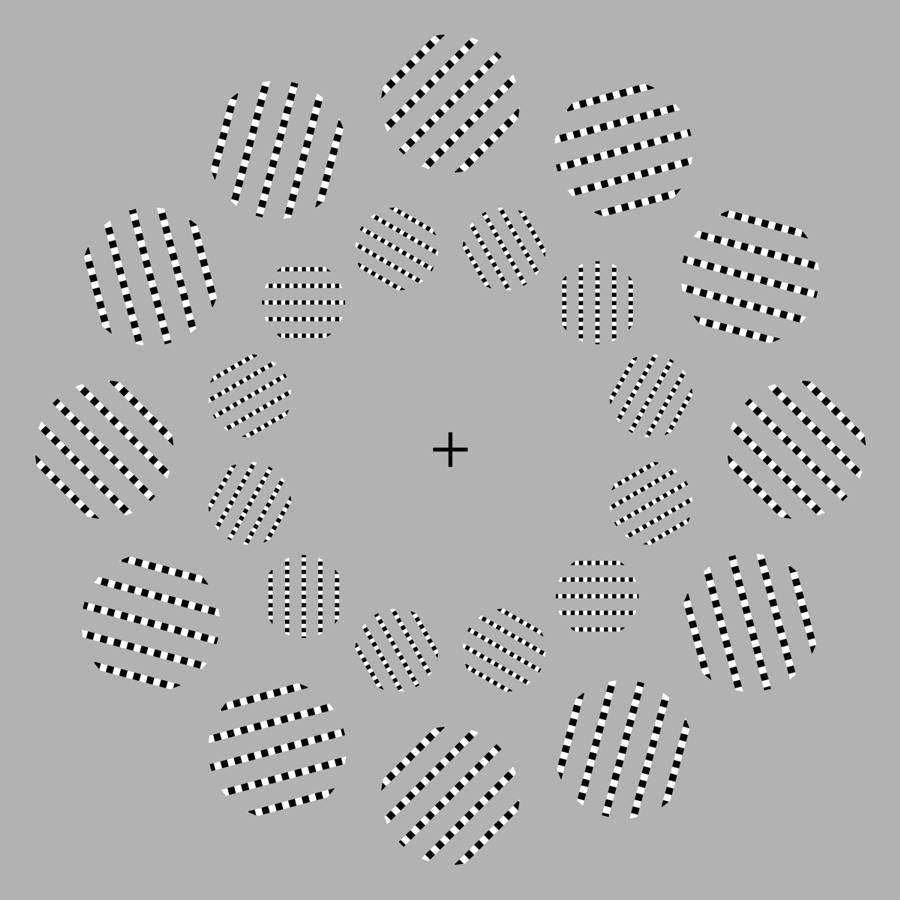
cf. Ito, H., Anstis, S., & Cavanagh, P. (2009) Illusory movement of dotted lines. Perception, 38, 1405 – 1409
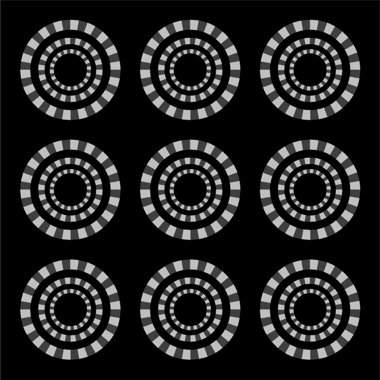
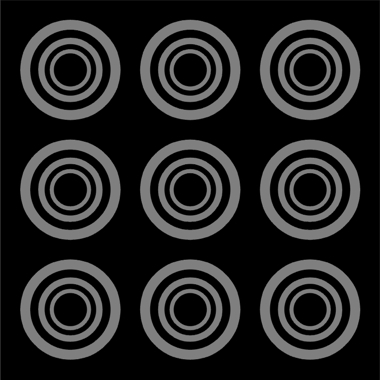
(Background = 0 cd/m2, rings at the blank = 57 cd/m2)
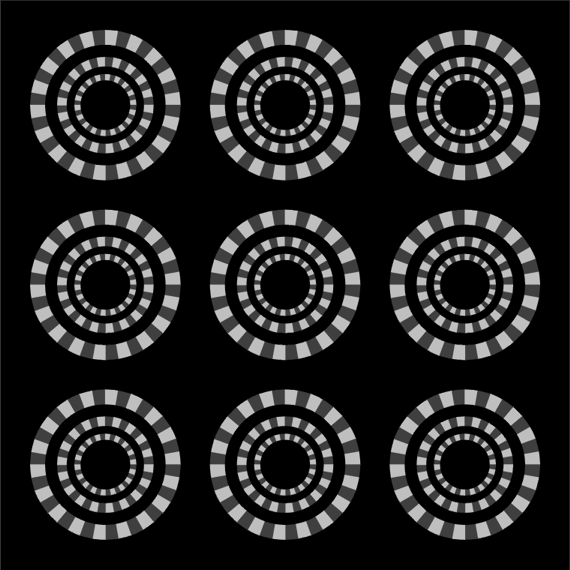
ブランクの縞模様相当部位に "motion streak" あるいは「オバケ」が付いているバージョン
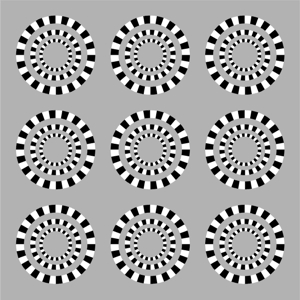
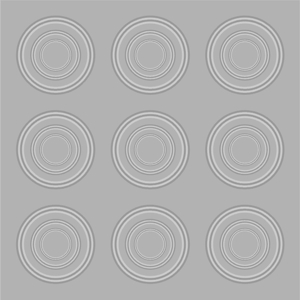
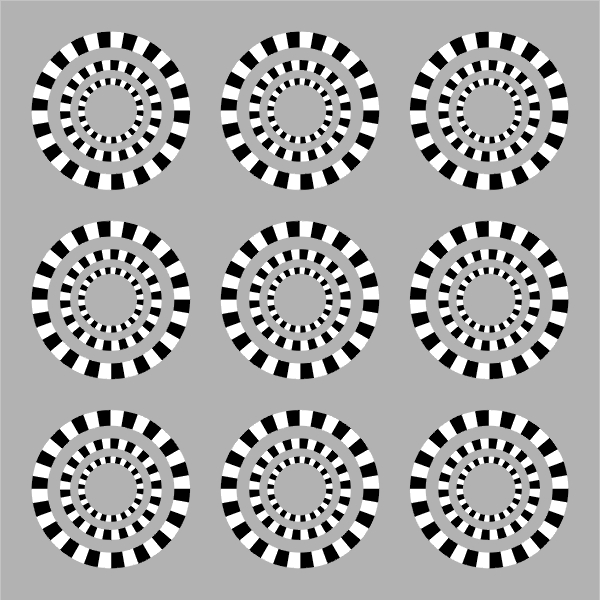
「踊るハート達」
ハートが動いて見える。めがねをかけている人は、めがねを動かすとよく見えるかもしれない。離れたところから見ると、明るくなった時のハートは白のランダムドットより手前に見え、暗くなった時のハートは奥に見える人が過半数と予想される。
Copyright Akiyoshi Kitaoka 2006 (December 20)
<配布プリント>
モノクロでOK
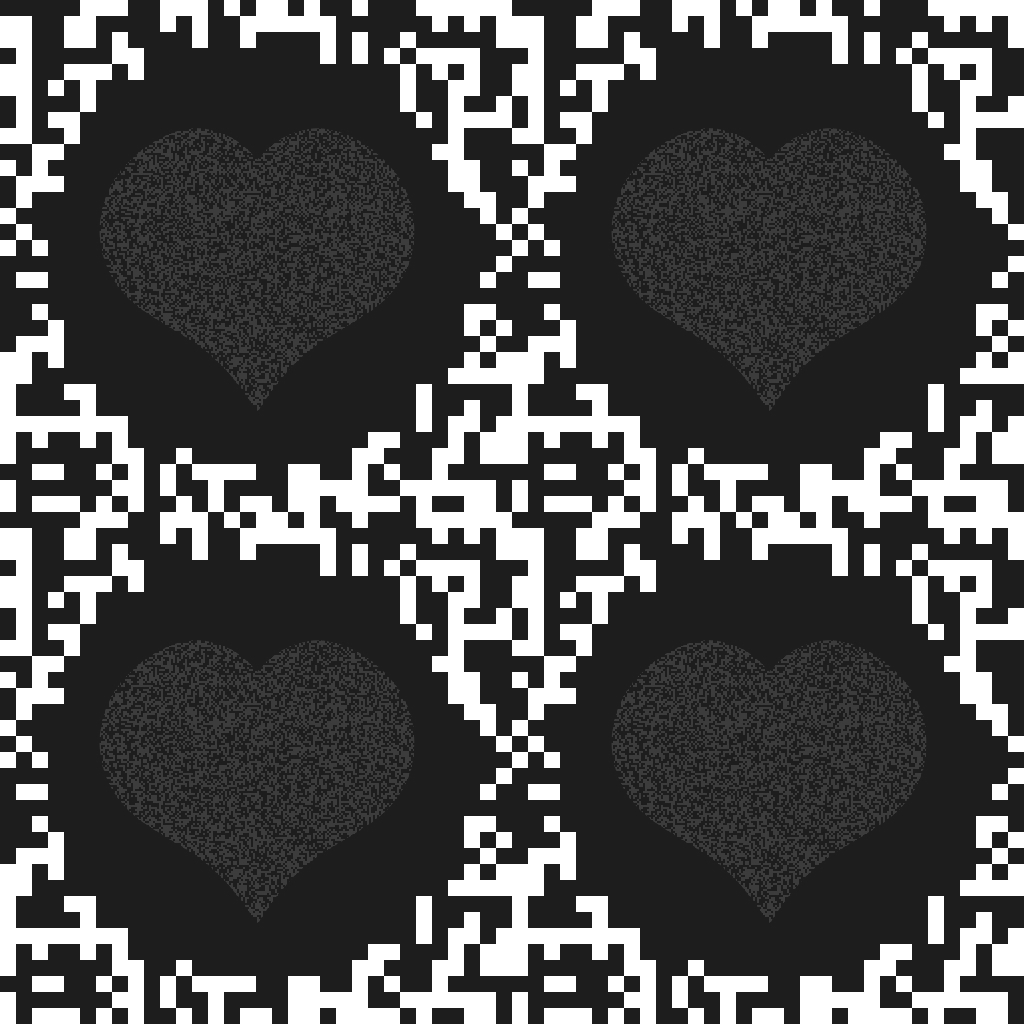
配布物
「踊るハート達」 (MS-Word ファイル)
北岡明佳 (2006) 色が強くなる錯視 A・F・Tジャーナル, 31 (Summer), pp. 01.
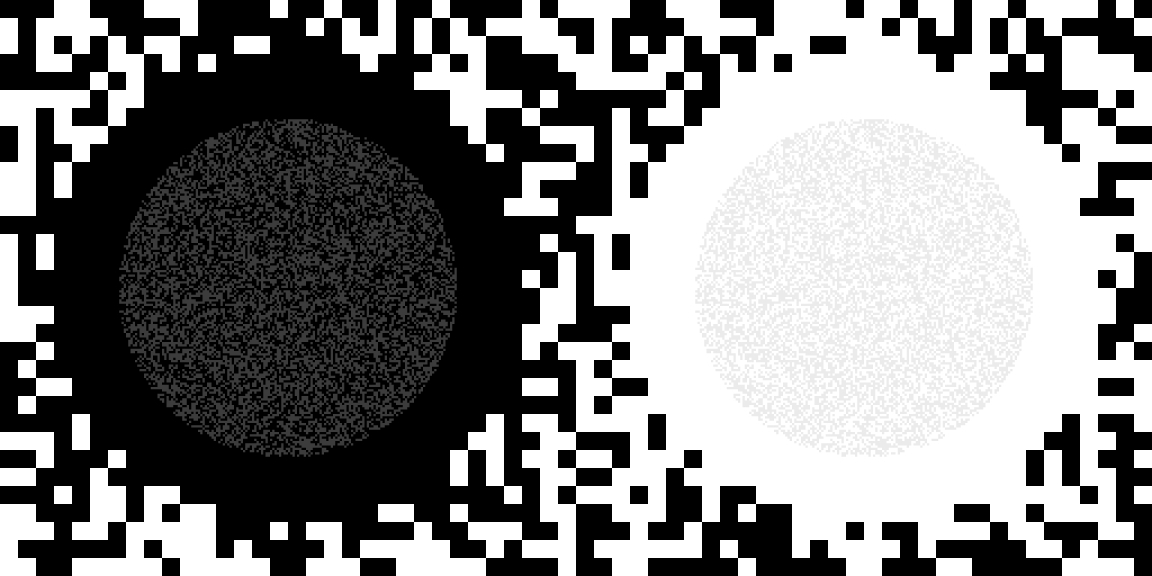
低輝度→脳内処理時間が長い
cf. プルフリッヒ効果
低輝度コントラスト→脳内処理時間が長い <our finding!>
1. High-luminance parts show shorter latency than low-luminance part.
2. High-contrast parts show shorter latency than low-contrast part. <our finding!>
Kitaoka, A. and Ashida, H. (2007) A variant of the anomalous motion illusion based upon contrast and visual latency. Perception, 36, 1019-1035. PDF
cf.
踊るハート(fluttering-heart illusion)

(Helmholtz, 1867; Nguyen-Tri and Faubert 2003; von Grünau 1975a, 1975b, 1976; von Kries 1896)
中山(2008)によると、踊るハートは赤が重要。青不要。ピンクはダメ。
中山明子 (2008) 「踊るハート」錯視(1844)と「踊るハート達」錯視(2006)の比較検証 2008年度立命館大学文学部(人文学科心理学専攻)卒業論文
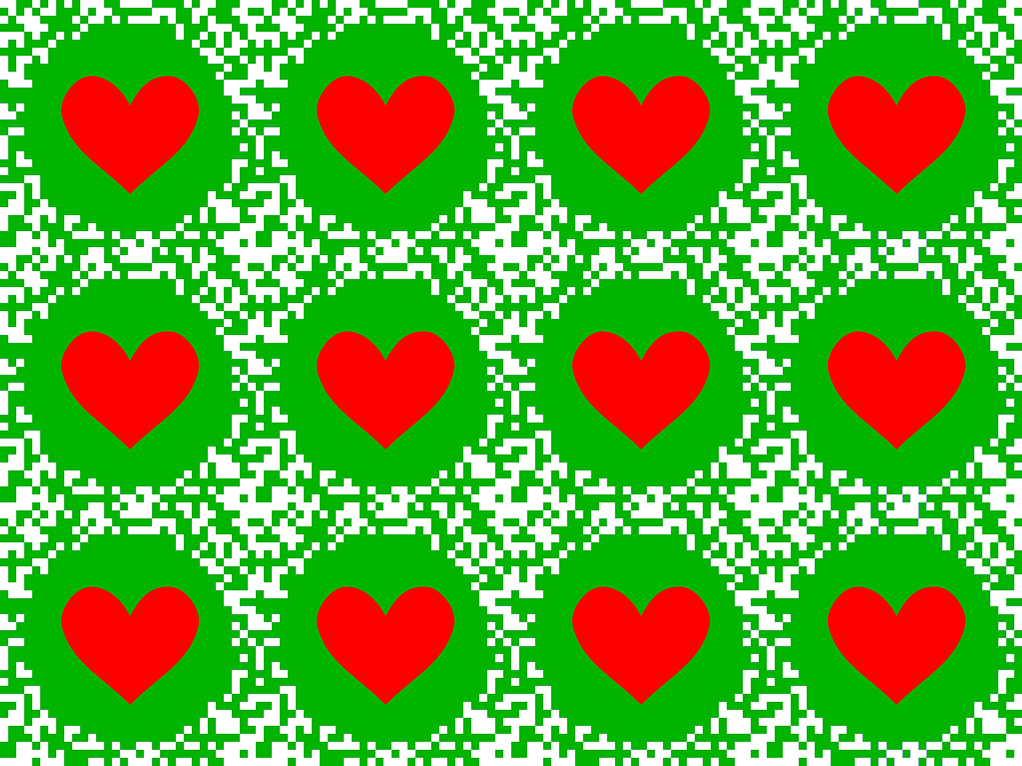
「緑背景に赤の踊るハート」
印刷して暗いところで動かすとハートがよく動いて見える(明るくても見えるが)。パソコン画面でもメガネをかけている人はメガネを上下させれば見ることができる。
Copyright Akiyoshi Kitaoka 2013 (January 21)
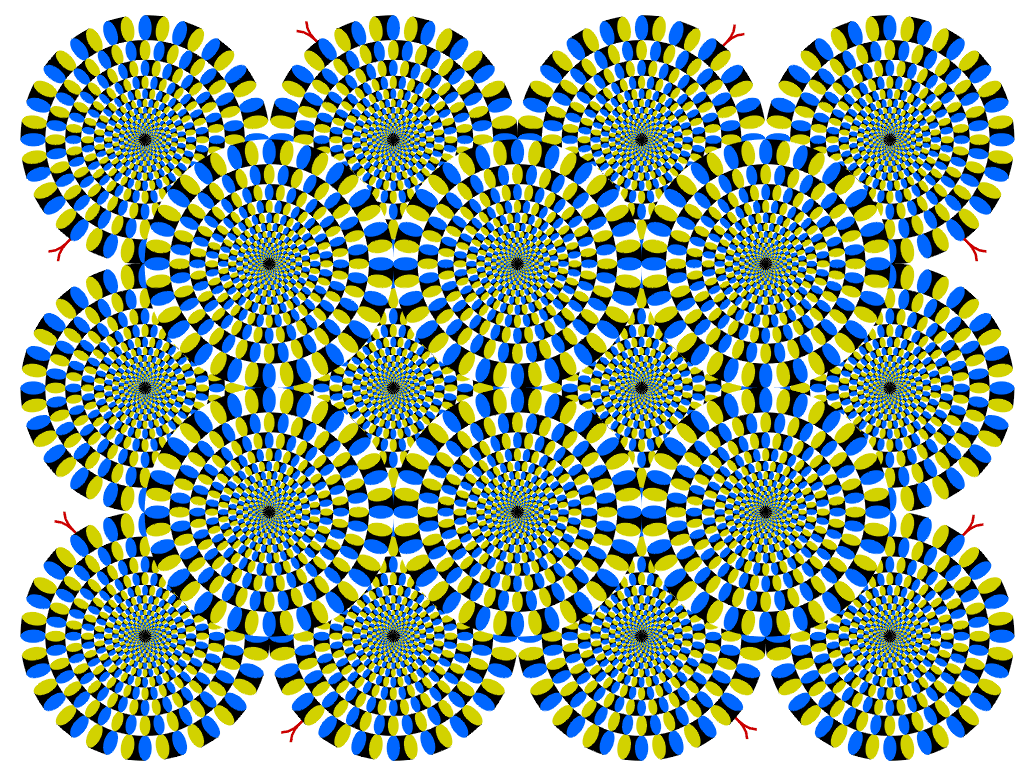
「蛇の回転」
蛇の円盤が勝手に回転して見える。
Copyright A.Kitaoka 2003 (September 2, 2003)
「蛇の回転」のfMRI研究
(1) MT+野が応答することがわかった(Kuriki et al., 2008)。
Kuriki, I., Ashida, H., Murakami, I., and Kitaoka, A. (2008). Functional brain imaging of the Rotating Snakes illusion by fMRI. Journal of Vision, 8(10):16, 1-10. PDF
(2) V1からMT+まで応答することがわかった(Ashida et al., 2012)。
Ashida, H., Kuriki, I., Murakami, I., Hisakata, R. and Kitaoka, A. (2012). Direction-specific fMRI adaptation reveals the visual cortical network underlying the "Rotating Snakes" illusion. NeuroImage, 61, 1143–1152.
"Rotating snakes: test and control stimuli"
Copyright Akiyoshi Kitaoka 2013 (February 16)
"Rotating snakes: Gray-scale test and control stimuli"
Copyright Akiyoshi Kitaoka 2013 (May 27)
黒→濃い灰色→白→薄い灰色→黒 の方向に動いて見える。
Direction: black → dark-gray → white → light-gray → black
「蛇の回転」はどのように見えるのか。年齢との関係。(Kitaoka, in press)
Table 1. The effect of age on the “Rotating snakes” illusion
-------------------------------------------------------------------
Age n Score 0 1 2 3
-------------------------------------------------------------------
0-9 169 0% 6% 17% 78%
10-19 710 1% 6% 19% 74%
20-29 219 1% 6% 27% 65%
30-39 219 1% 7% 21% 70%
40-49 221 2% 9% 29% 60%
50-59 138 8% 19% 30% 43%
60-69 98 5% 28% 38% 30%
70-79 61 15% 25% 33% 28%
80-92 28 21% 7% 39% 32%
-------------------------------------------------------------------
Total 1863 3% 9% 24% 64%
-------------------------------------------------------------------
Rating scores 0, 1, 2, 3 mean that observers reported no illusion, a slight illusion, an illusion, a strong illusion, respectively. Percentages indicate proportions in each age.
「最適化型」フレーザー・ウィルコックス錯視・タイプ I
Optimized Fraser-Wilcox illusion, Type I
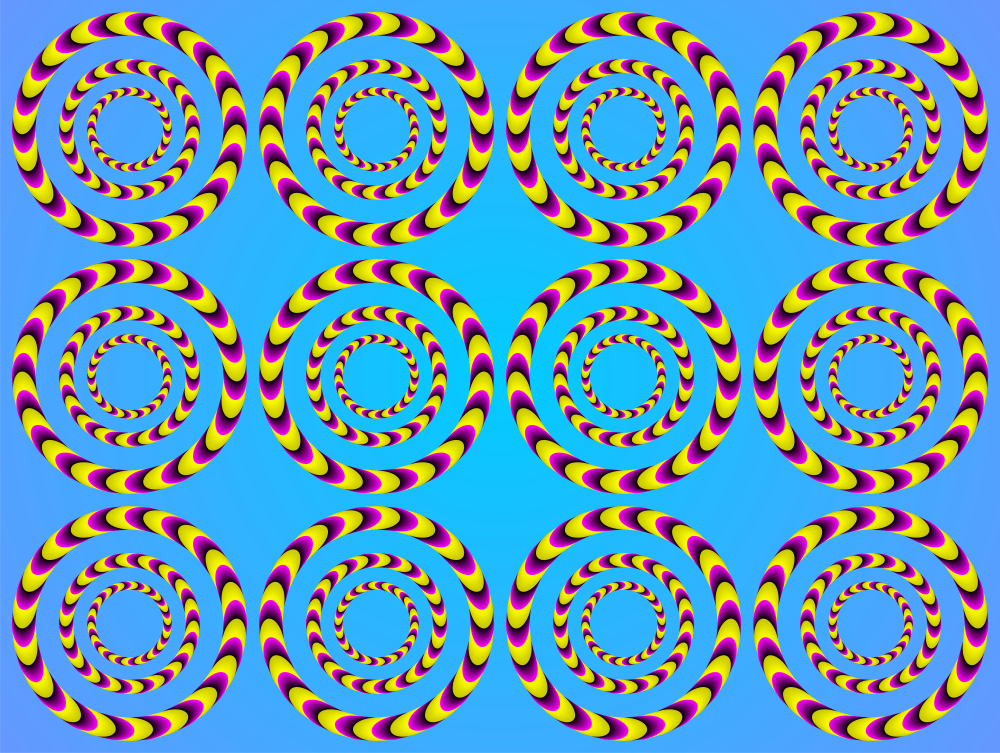
「赤い蛇の回転の詰め合わせ」
リングがゆっくり、あるいは急速に回転して見える。
Copyright Akiyoshi Kitaoka 2008 (March 19)
「最適化型」フレーザー・ウィルコックス錯視・タイプ IIa
Optimized Fraser-Wilcox illusion, Type IIa
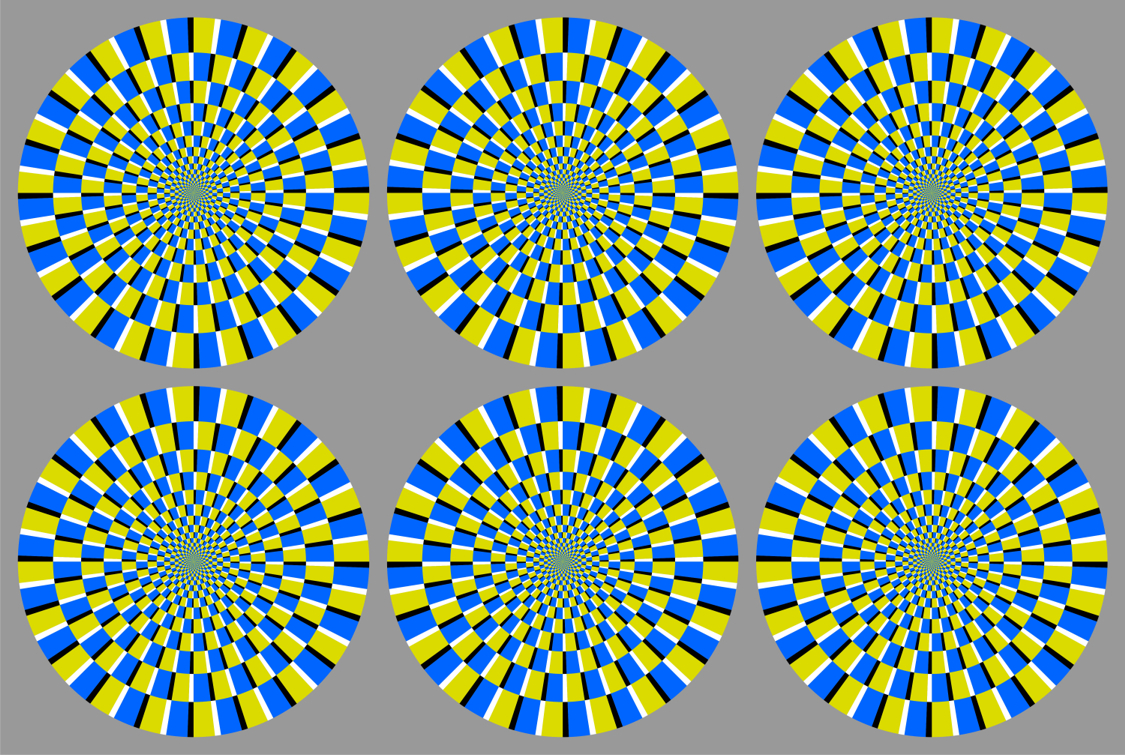
「最適化型」フレーザー・ウィルコックス錯視・タイプ III
Optimized Fraser-Wilcox illusion, Type III
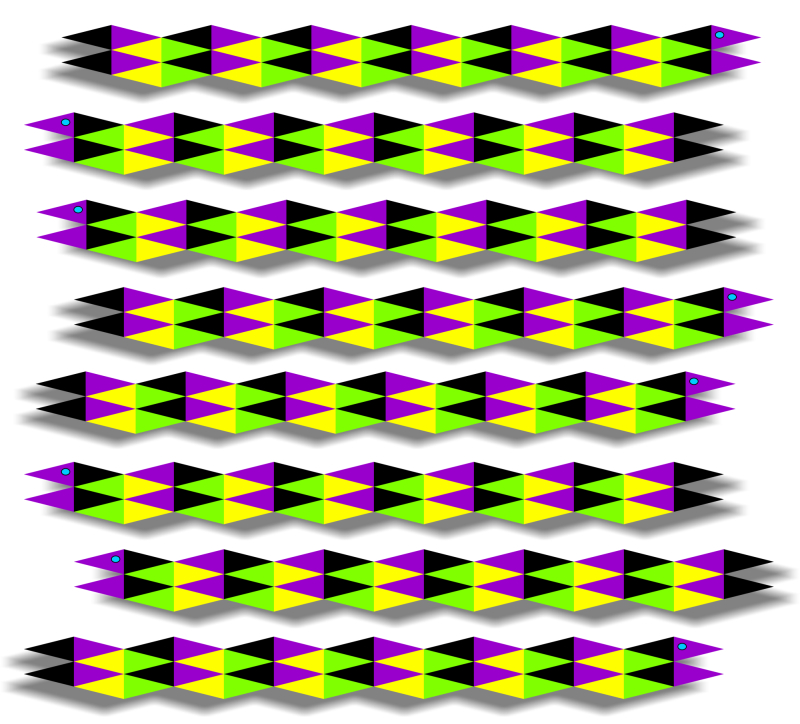
「影付きの左右に動く蛇」
蛇が左右に動いて見える。
Copyright Akiyoshi Kitaoka 2009 (June 7)
「最適化型」フレーザー・ウィルコックス錯視・タイプ IV
Optimized Fraser-Wilcox illusion, Type IV
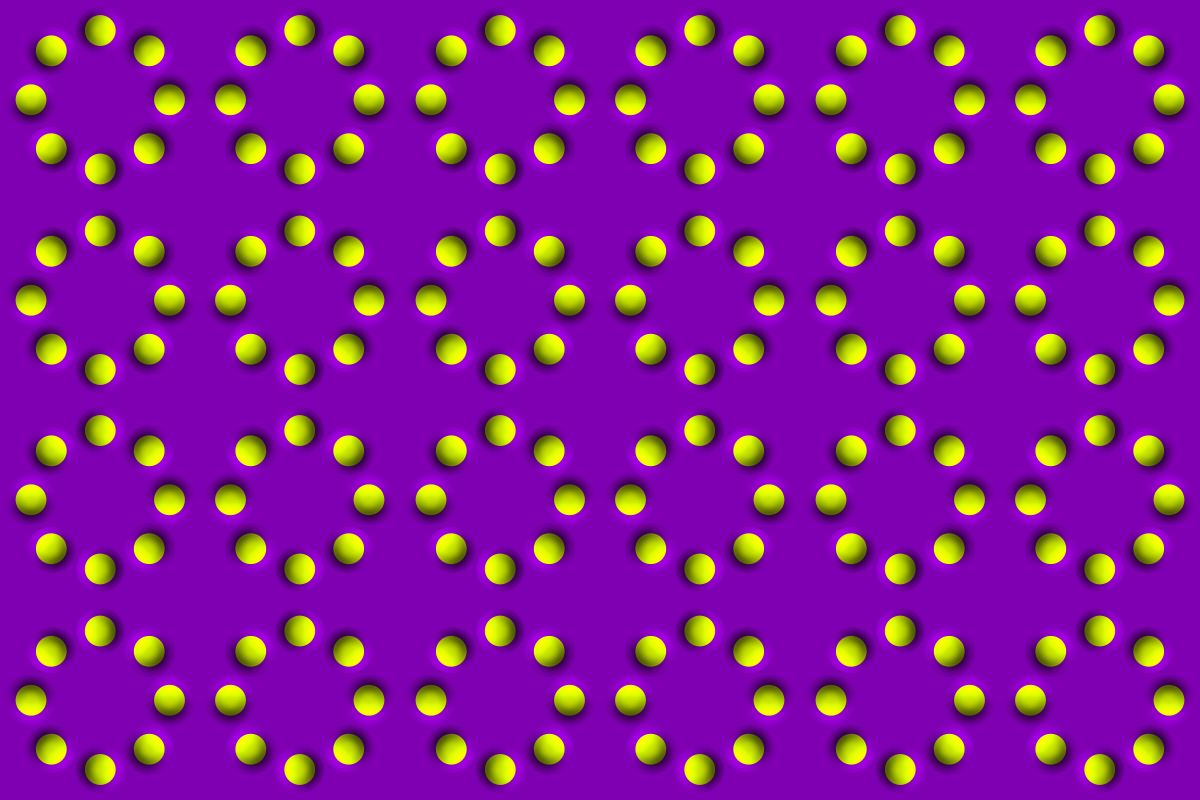
「錠剤の回転」
(たくさん版)
錠剤のリングが回転して見える。
Copyright Akiyoshi Kitaoka 2009 (March 24)
色依存のフレーザー・ウィルコックス錯視
Color-dependent Fraser-Wilcox illusion
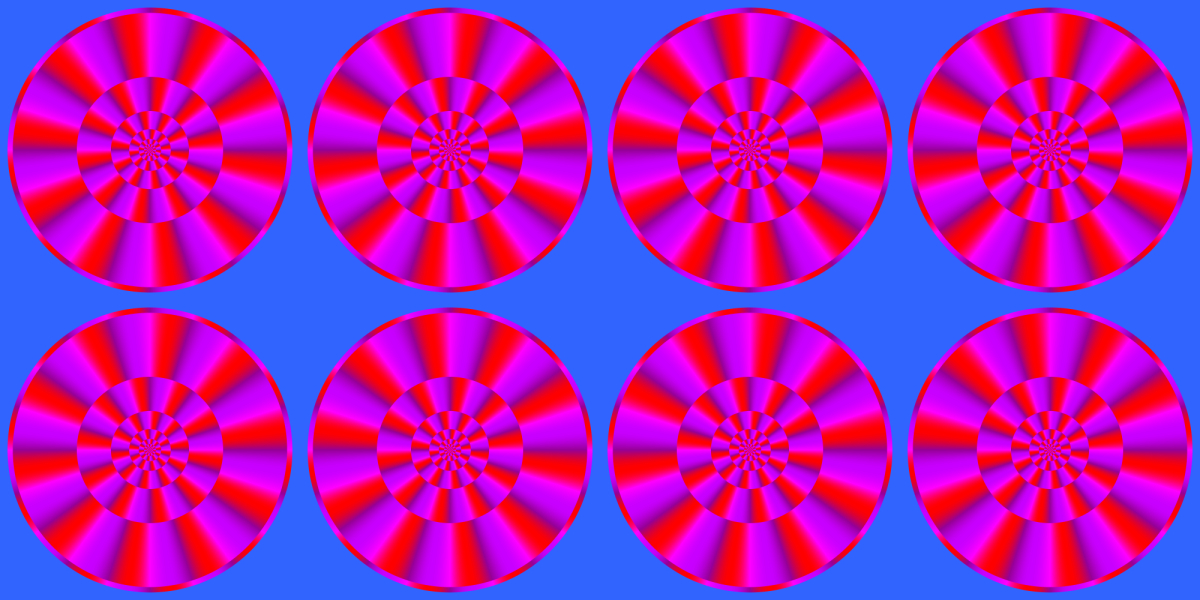
「赤い円盤の回転」
赤い円盤が回転して見える。
Copyright Akiyoshi Kitaoka 2008 (December 18)
最適化型フレーザー・ウィルコックス錯視・タイプVの作品いろいろ
最適化型フレーザー・ウイルコックス錯視群
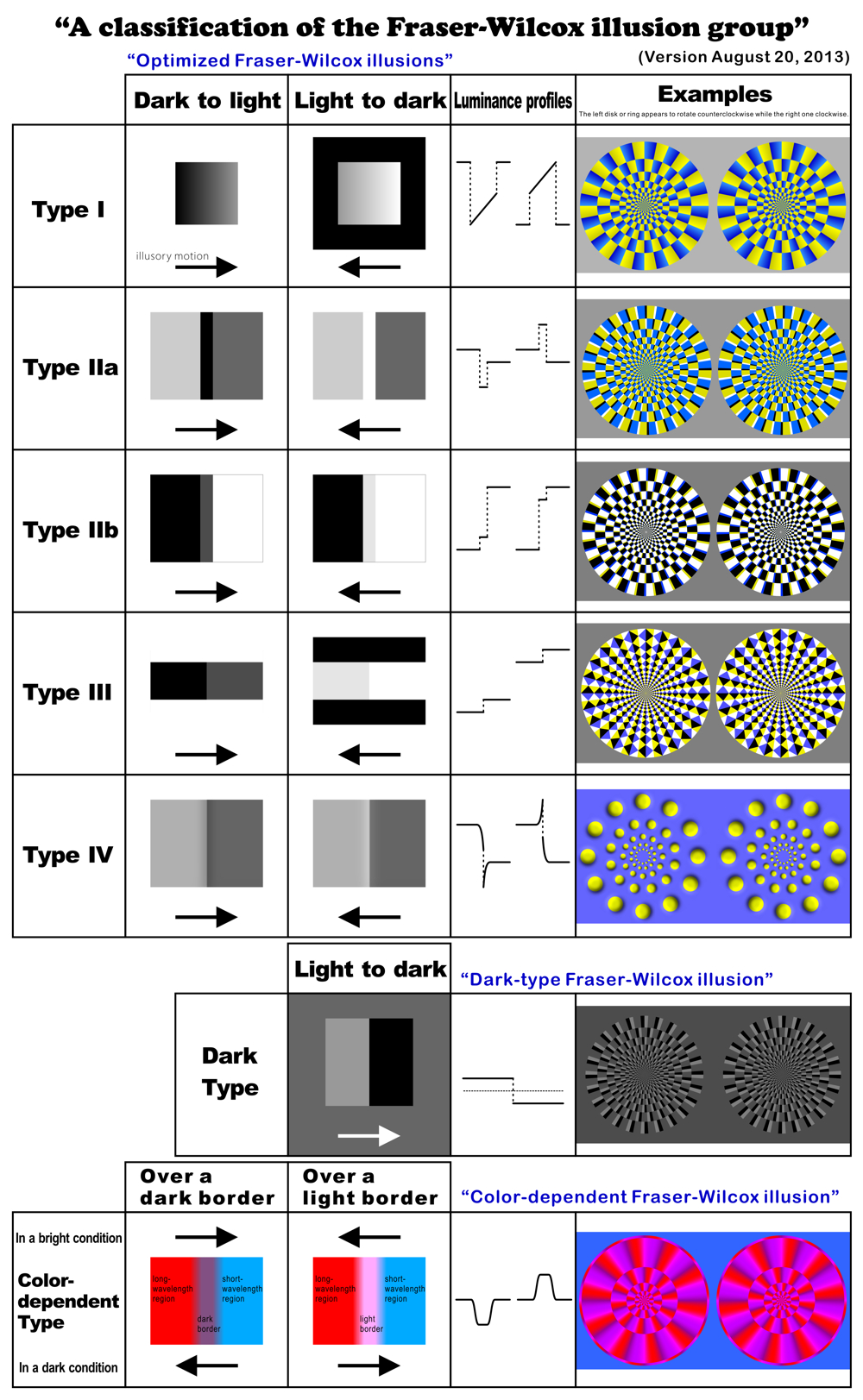 ]
]
Kitaoka, A. (2007) Phenomenal classification
of the “optimized” Fraser-Wilcox illusion and the effect of color. Poster
presentation in DemoNight, VSS2007, GWiz, Sarasota, Florida, USA, May 14,
2007.
Kitaoka, A. (2008) Optimized Fraser-Wilcox illusions: A pictorial classification by Akiyoshi Kitaoka. Talk in a workshop (WS005) in the 72nd Annual Convention of the Japanese Psychological Association, Hokkaido University, Sapporo, September 19, 2008. Presentation page
北岡明佳 (2008) 人はなぜ錯視にだまされるのか? トリック・アイズ メカニズム カンゼン
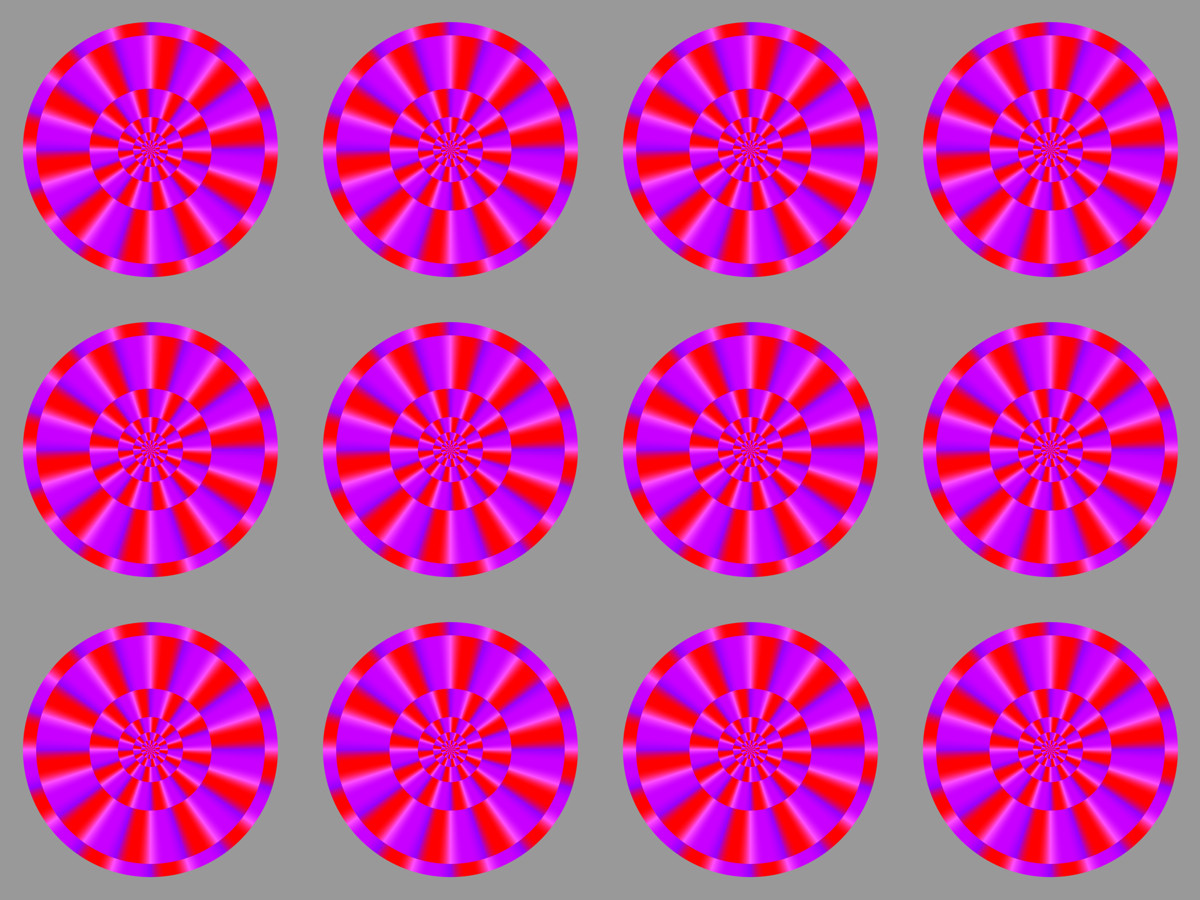
「赤と紫の円盤の回転」
明るいディスプレーでは円盤は時計回りに回転して見える。印刷物を暗いところで見ると反時計回りに回転して見える。
Copyright Akiyoshi Kitaoka 2013 (February 6)
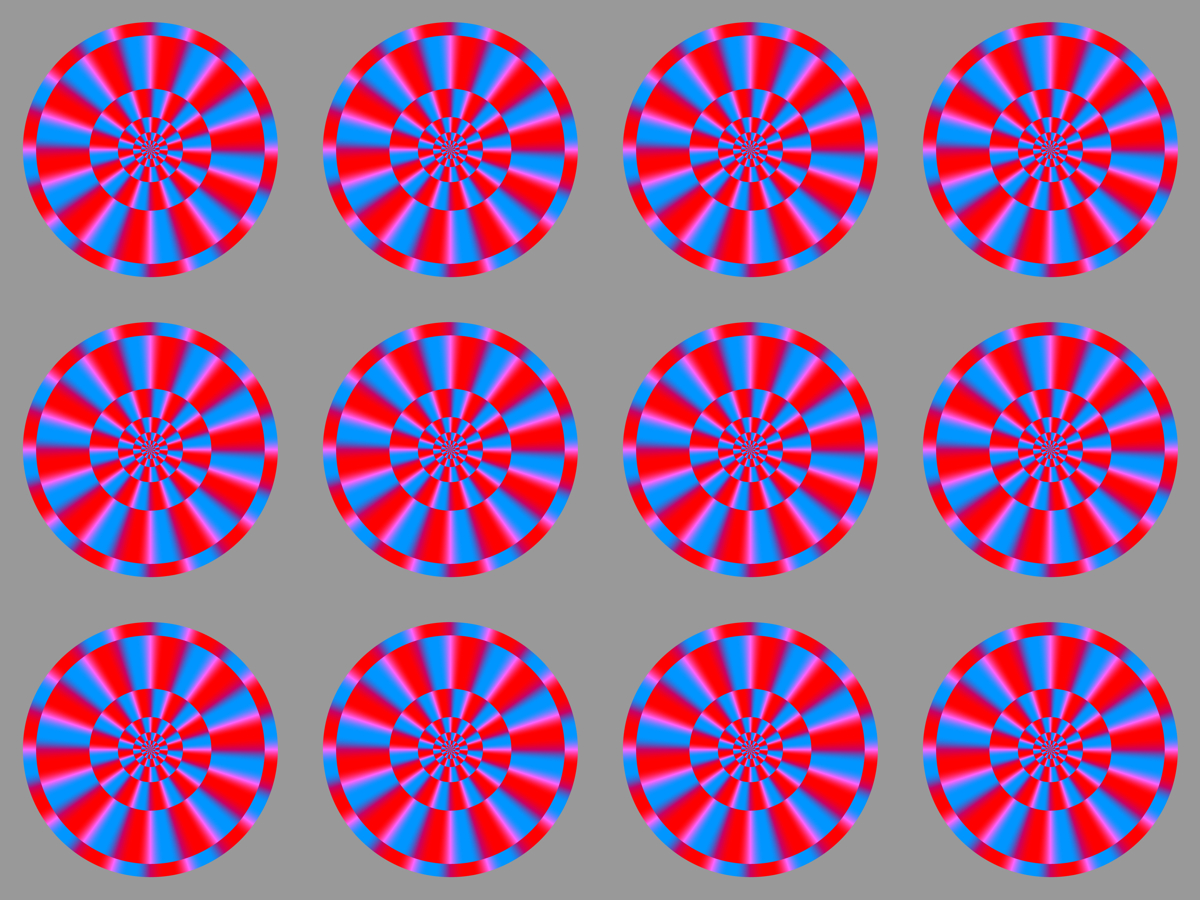
「赤とシアンの円盤の回転 3」
明るいディスプレーでは円盤は時計回りに回転して見える。印刷物を暗いところで見ると反時計回りに回転して見える。
Copyright Akiyoshi Kitaoka 2014 (January 27)
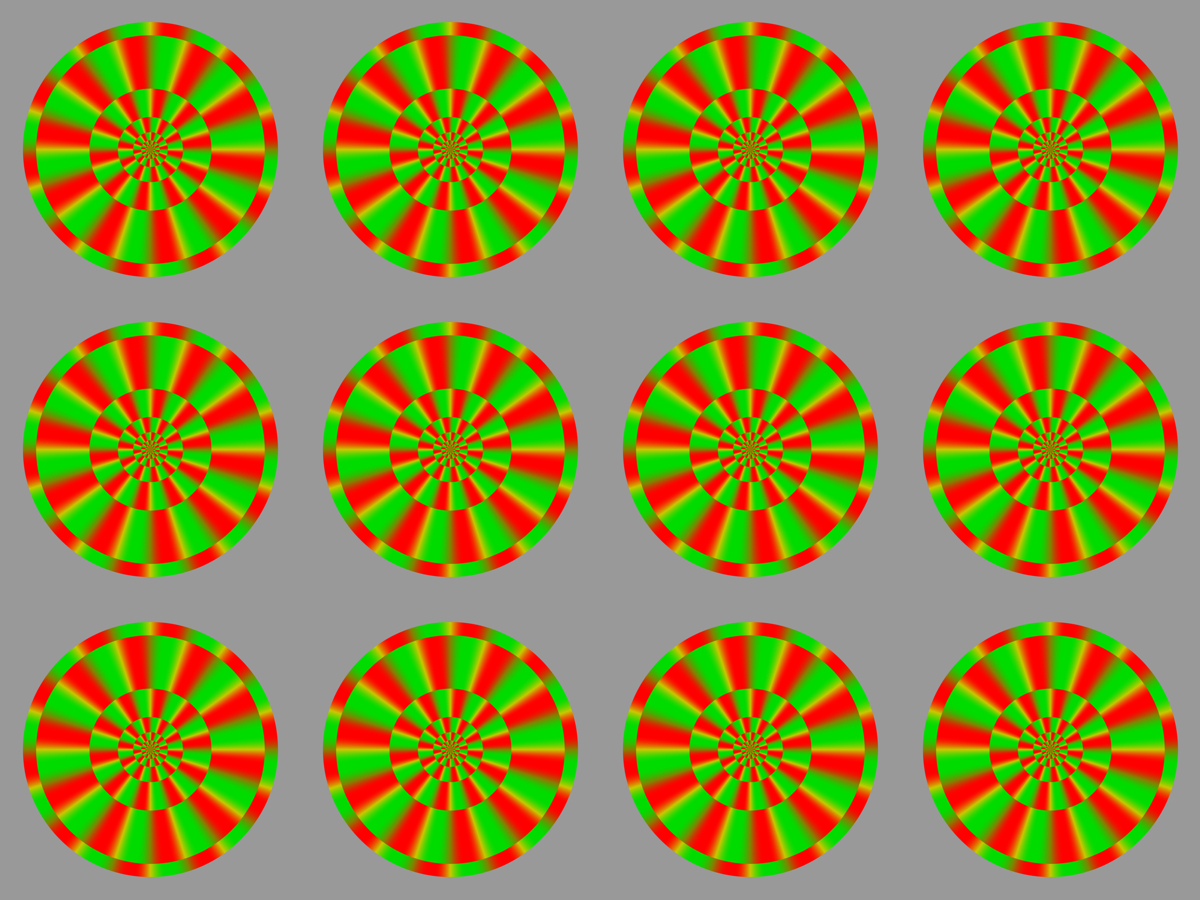
「赤と緑の円盤の回転」
明るいディスプレーでは円盤は時計回りに回転して見える。印刷物を暗いところで見ると反時計回りに回転して見える。
Copyright Akiyoshi Kitaoka 2013 (January 31)
この錯視のわかりやすい説明のある本
北岡明佳著 人はなぜ錯視にだまされるのか? トリック・アイズ メカニズム カンゼン刊
(定価:1,600円(税別) ISBN 978-4-86255-020-0) アマゾンのページ
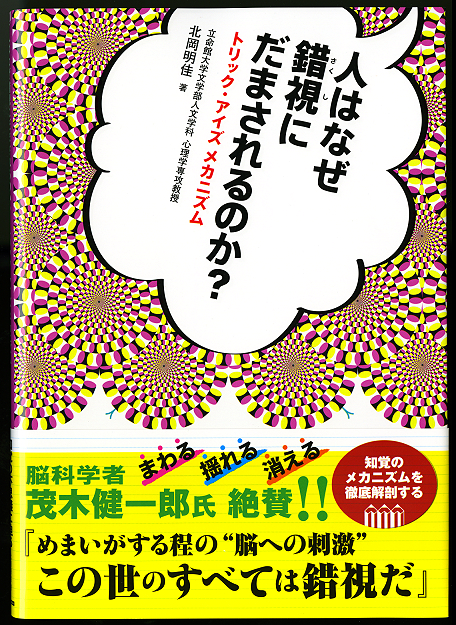
錯視のメカニズムの解説多し!
北岡明佳著 錯視入門 朝倉書店 (2010年7月) ![]() new!
new!
フレーザー錯視の渦巻き錯視
Fraser, J. (1908) A new visual illusion of direction. British Journal of Psychology, 2, 307-320.
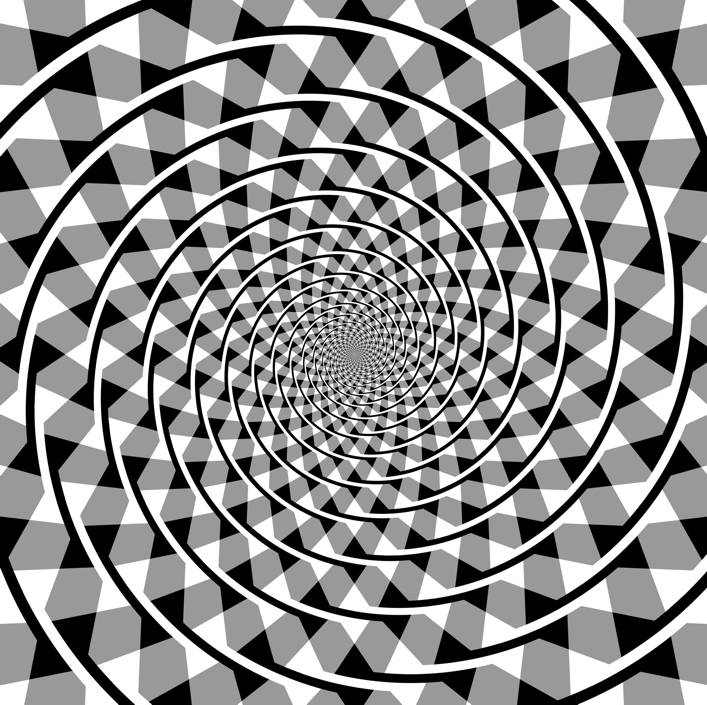
同心円が渦巻きに見える。
First presented by Fraser (1908); Reproduced by Akiyoshi Kitaoka (2009)
フレーザー錯視 平行に配置した「ねじれ紐」が上から左・右・左・右に傾いて見える。
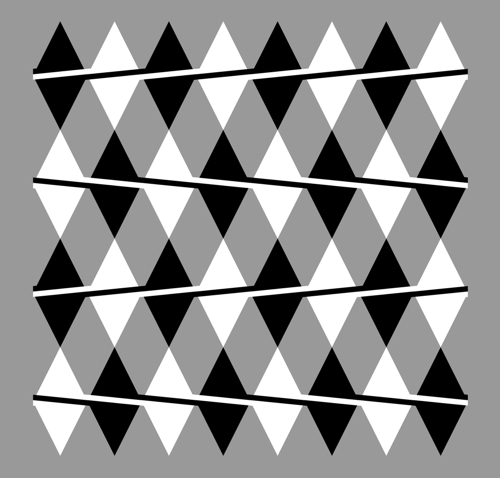
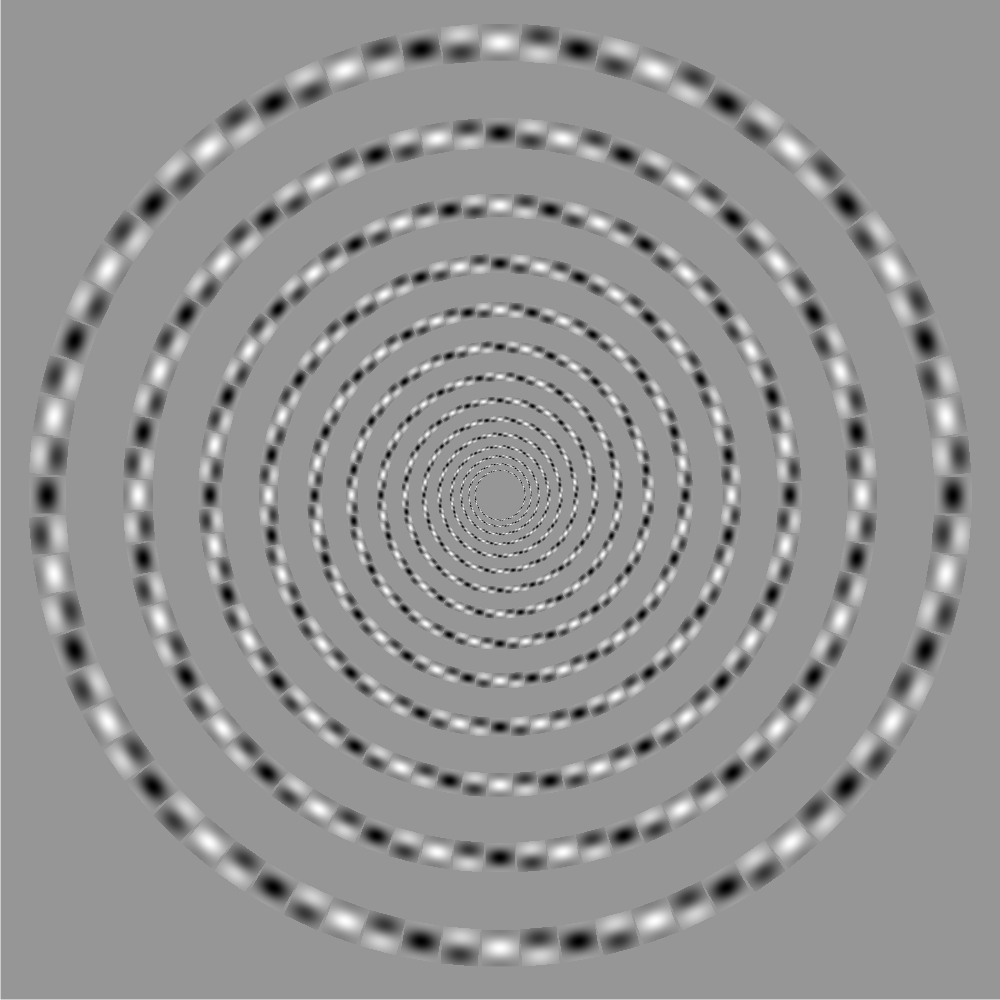
「藍藻スパイラル」
同心円が右に回転して中心に向かう渦巻きに見える。
Copyright Akiyoshi Kitaoka 2007 (August 29)
位相シフト錯視(ポップル錯視) 平行に配置した「細胞列」が交互に傾いて見える。
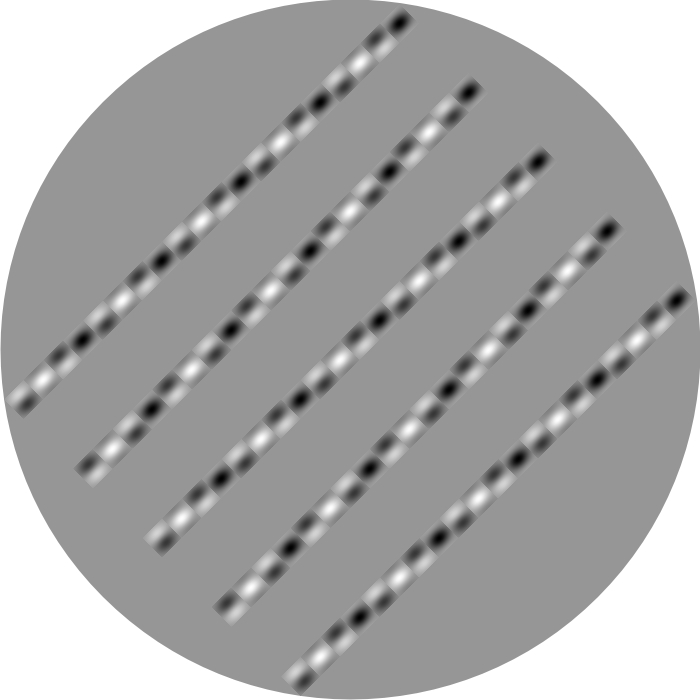
(作品「藍藻」 2007年制作)
Popple, A. V. and Levi, D. M. (2000) A new illusion demonstrates long-range
processing. Vision Research, 40, 2545-2549.
Popple, A. V. and
Sagi, D. (2000) A Fraser illusion without local cues? Vision Research,
40, 873-878.
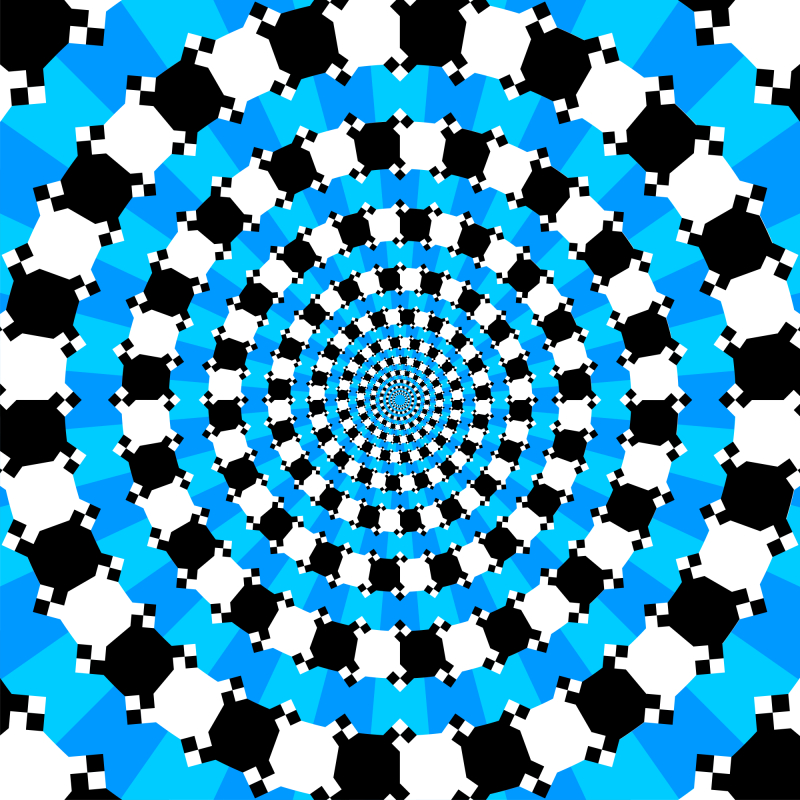
「水の渦」
同心円が渦巻きに見える。
Copyright Akiyoshi Kitaoka 2009 (March 3)
縁飾りエッジの錯視 平行に配置した「水路」が上から左・右・左・右に傾いて見える。
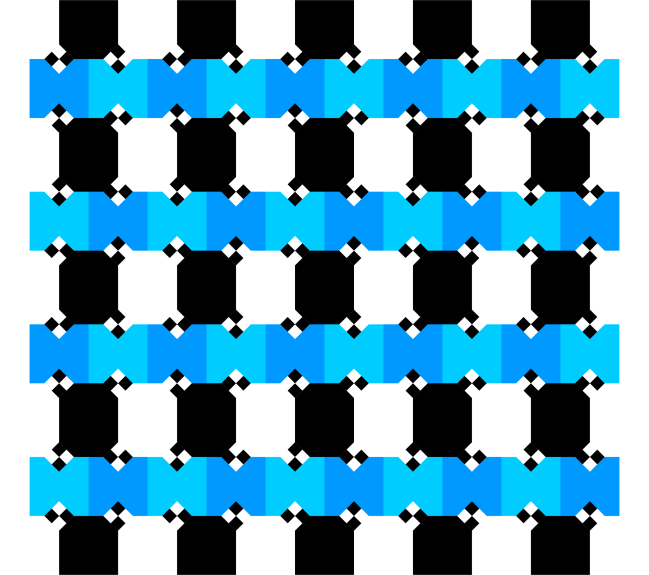
(作品「水路」 2007年制作)
Kitaoka, A. (2007) Tilt illusions after Oyama (1960): A review. Japanese Psychological Research, 49, 7-19. PDF
Kitaoka, A., Pinna, B., and Brelstaff, G. (2004). Contrast polarities determine the direction of Café Wall tilts. Perception, 33, 11-20. PDF.
渦巻き錯視の説明 (Kitaoka et al., 2001)
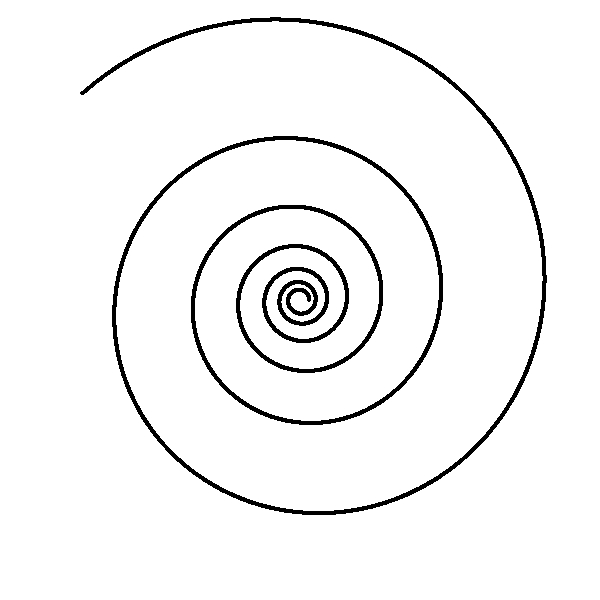
Bernoulli's spiral
r = a exp (k θ)
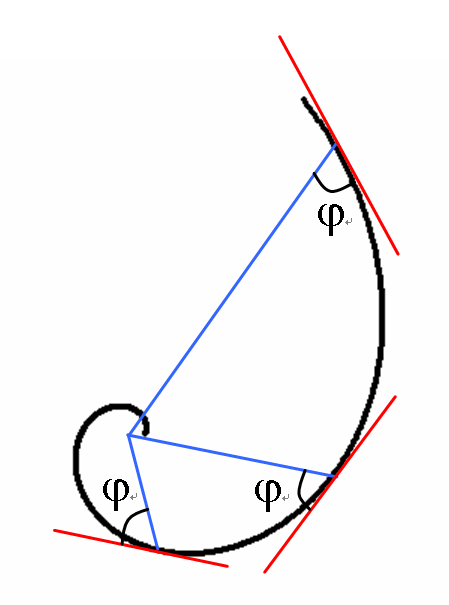
= equiangular spiral
k = 1 / tan (φ)
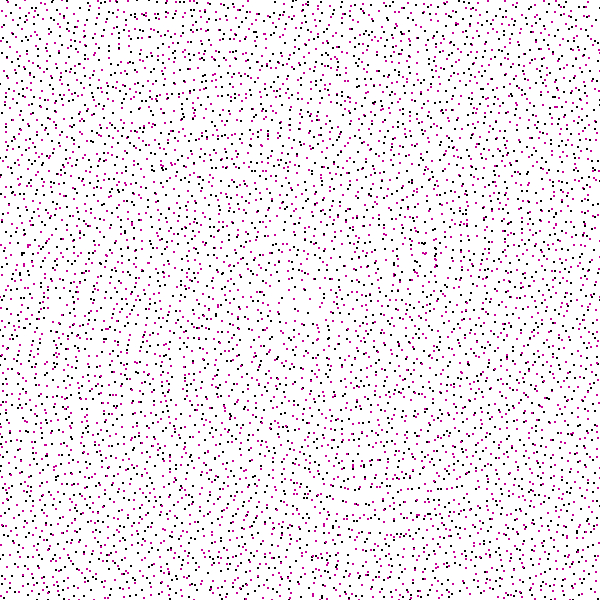
Spiral Glass pattern
φ = 70º
Kitaoka, A., Pinna, B., and Brelstaff, G. (2001). New variations of spiral illusions. Perception, 30, 637-646. PDF
Copyright Akiyoshi Kitaoka 2012 (August 23)
なぜ動いて見えるかの説明
Kitaoka, A. (2010) The Fraser illusion family and the corresponding motion illusions. 33rd European Conference on Visual Perception (ECVP 2010), EPFL, Lausanne, Switzerland, 2010/8/22-26, 8/26 poster publication. Poster (Kitaoka, A. (2010) The Fraser illusion family and the corresponding motion illusions. Perception, 39, Supplement, #61, p. 178)
Yジャンクションの錯視
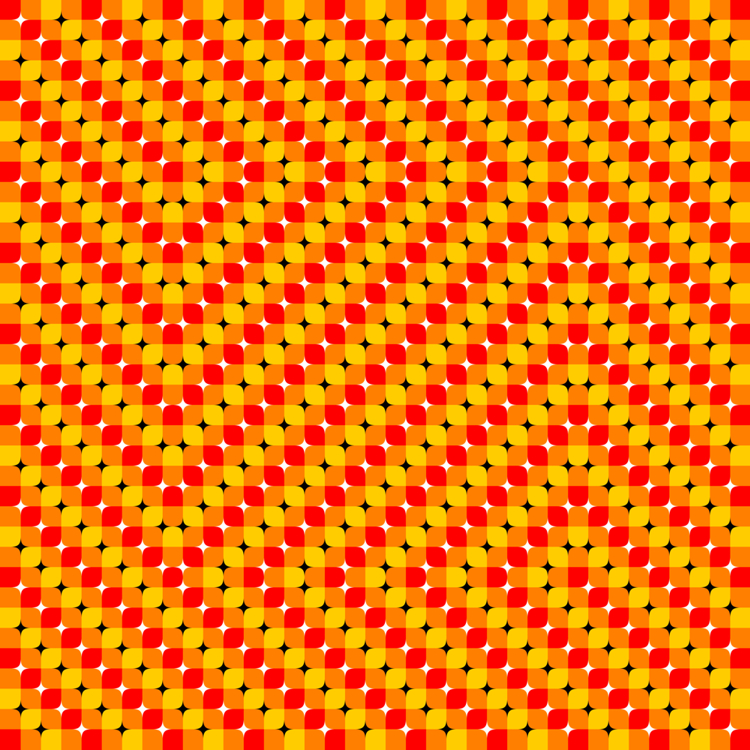
「秋の沼」
(再々リメイク版)
中の正方形領域が動いて見える。
Copyright A.Kitaoka 2000, 2003, 2007, 2010
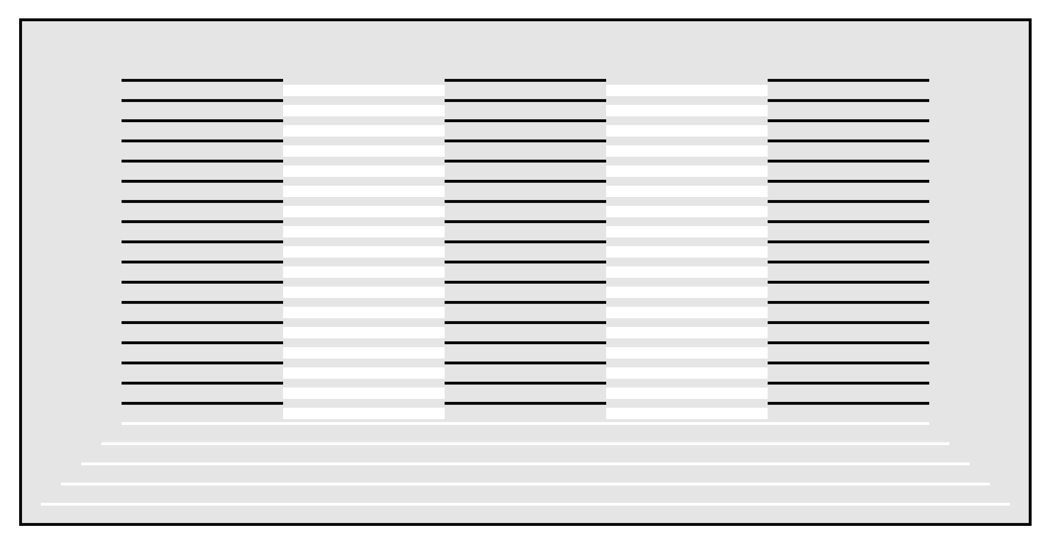
「21世紀の滝の錯視 2・改良版」
ぼんやり眺めていると、白線の縞模様が下がっていくように見える。
Copyright Akiyoshi Kitaoka 2012 (February 25)
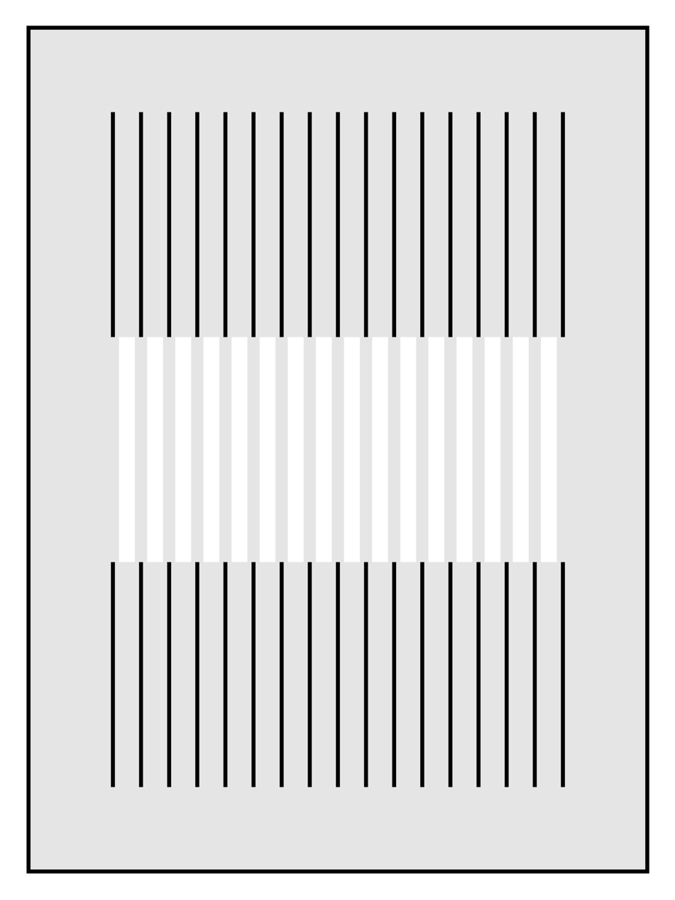
Copyright Akiyoshi Kitaoka 2012 (February 29)
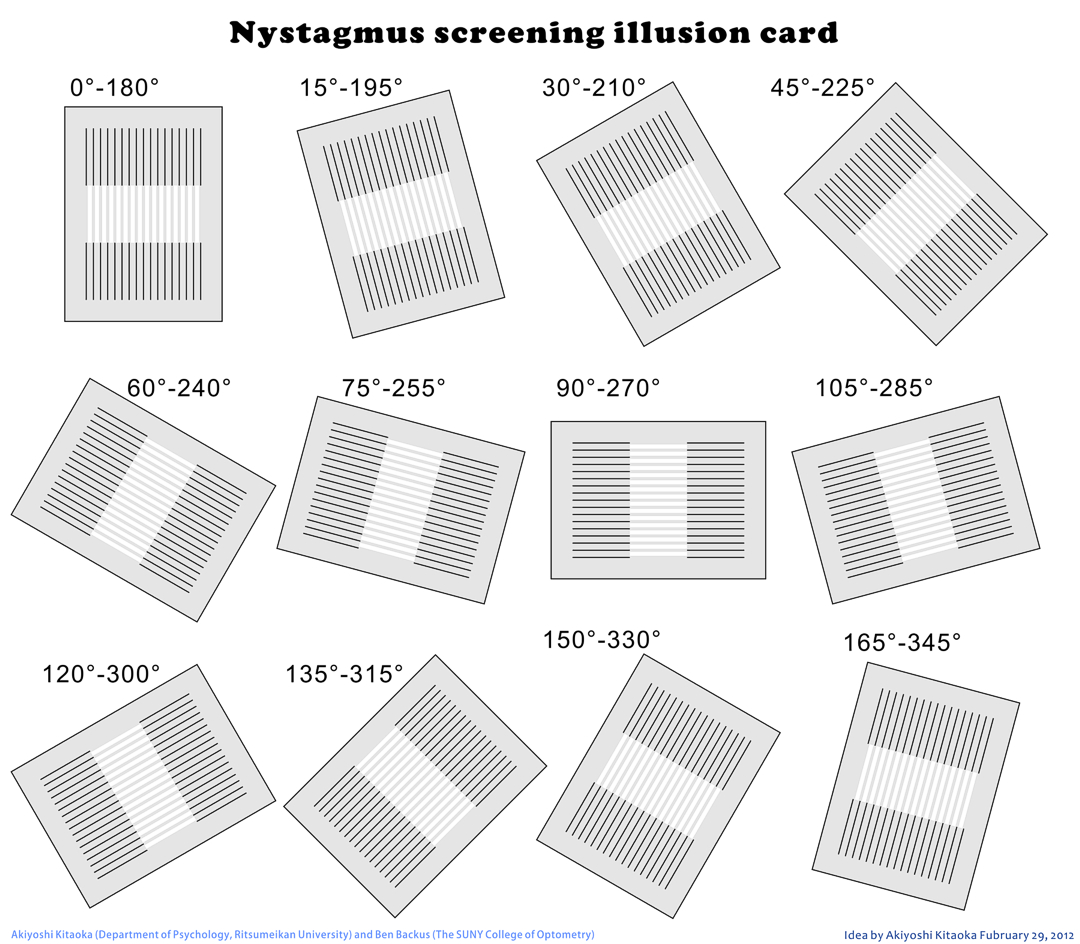
「眼振測定用の錯視図」
眼振があれば、その方位に合った白い縞模様が最も大きく動いて見える。
Copyright Akiyoshi Kitaoka 2012 (February 29)
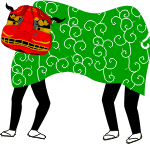 おしまい
おしまい

